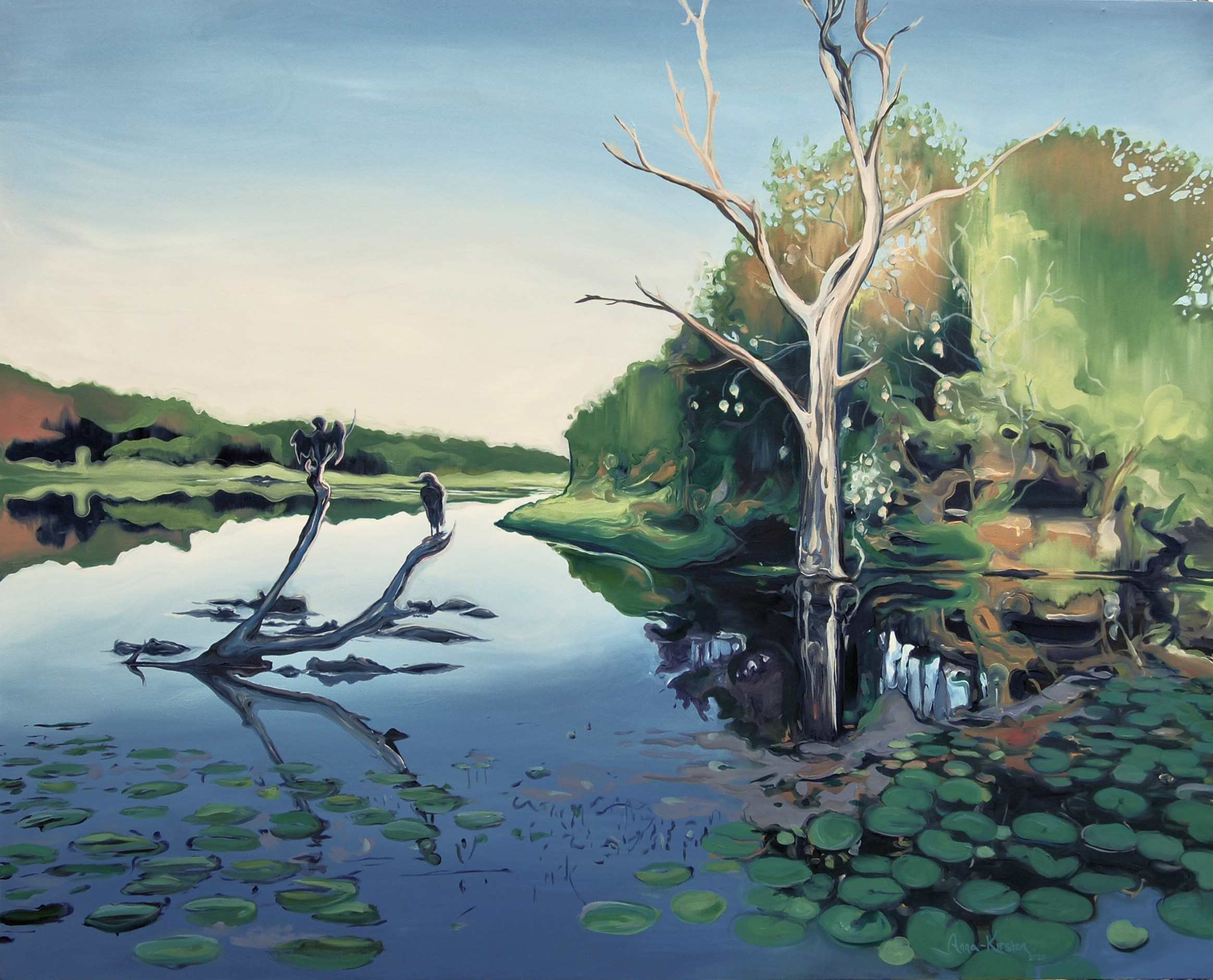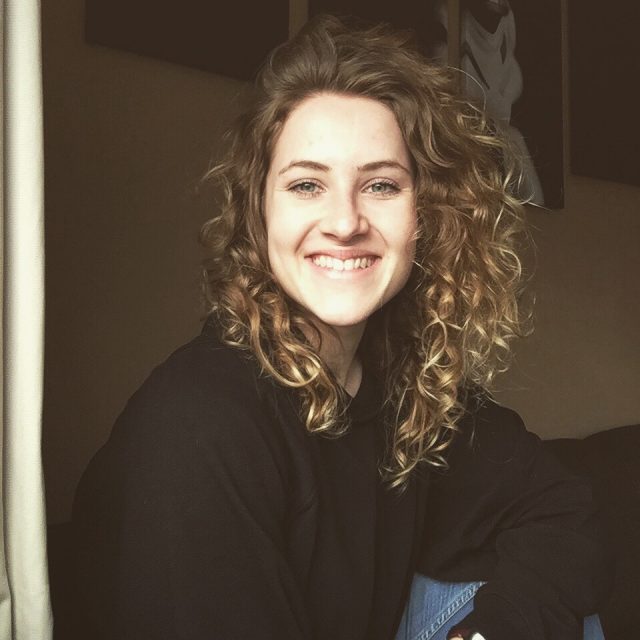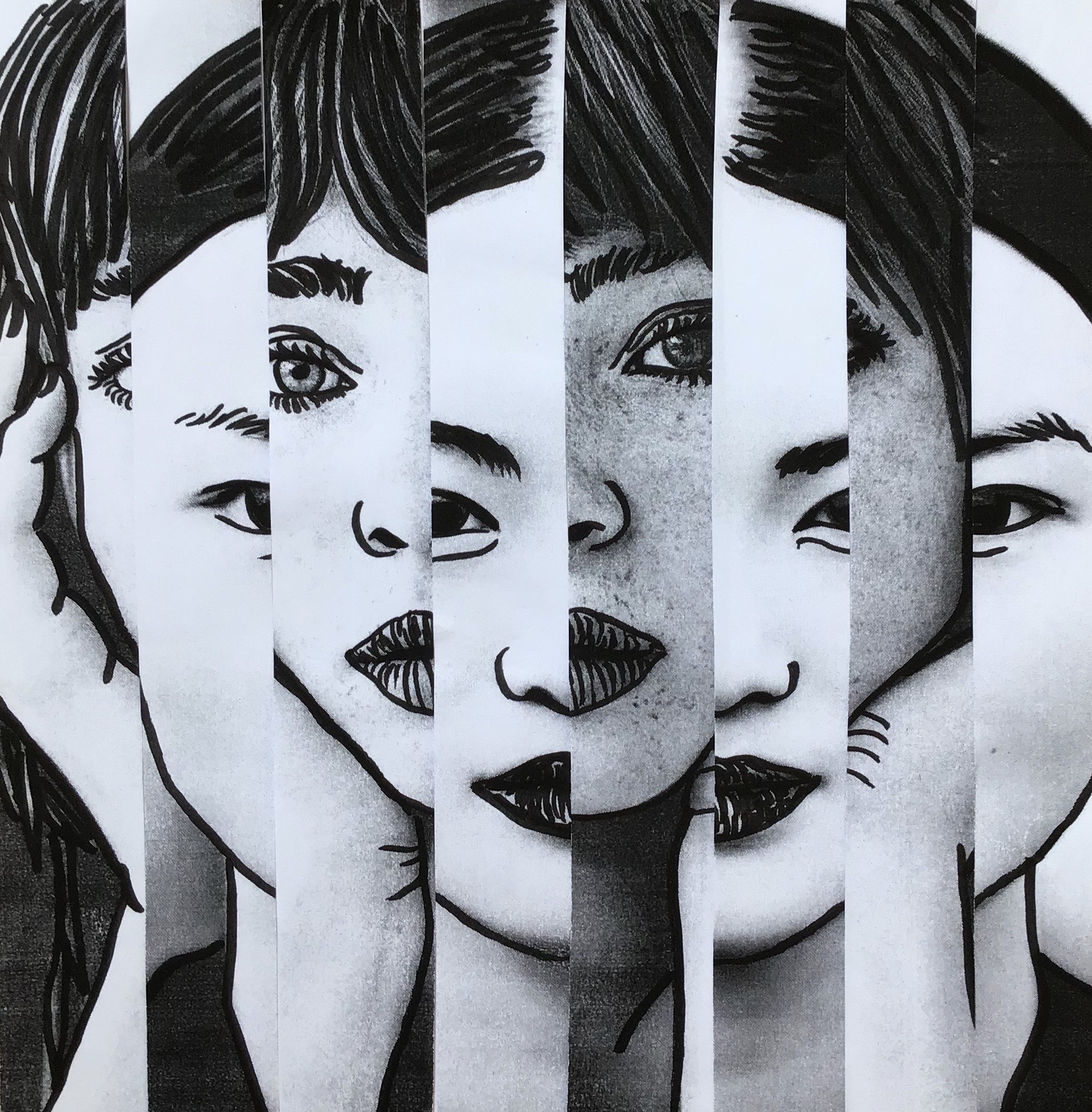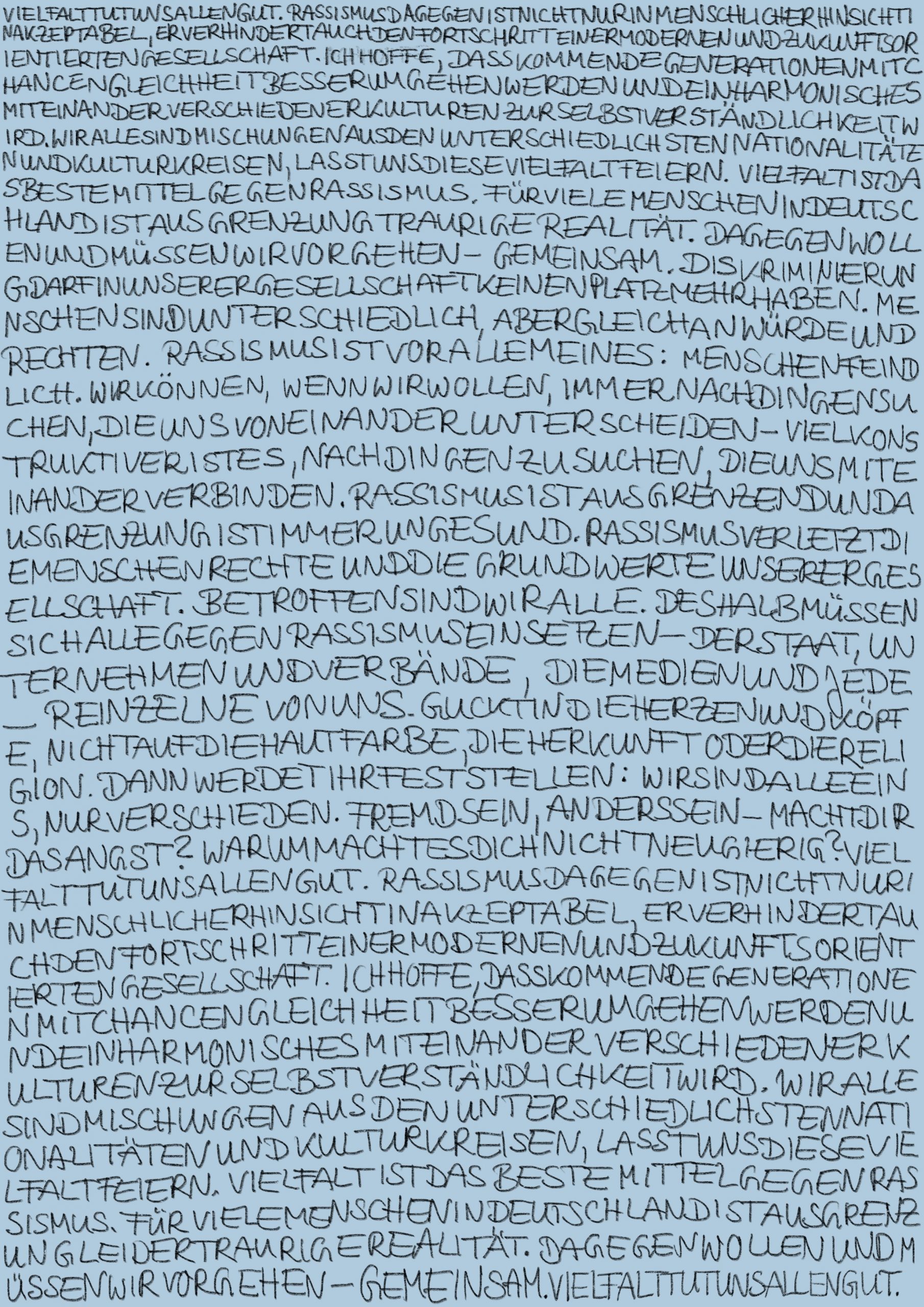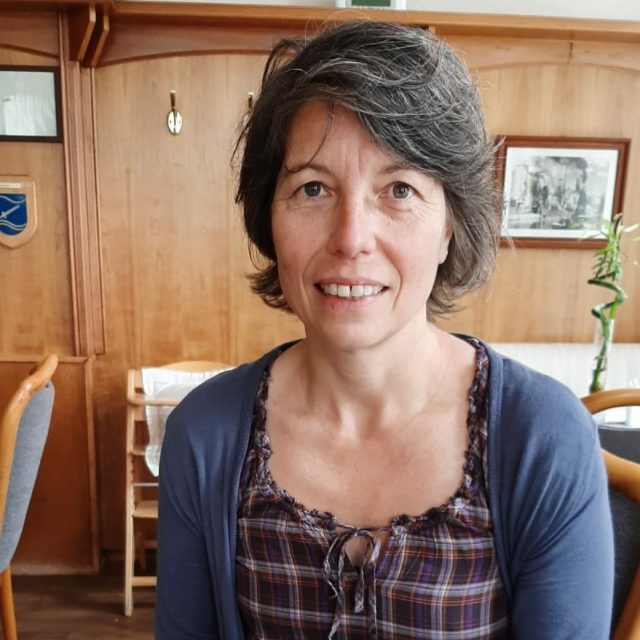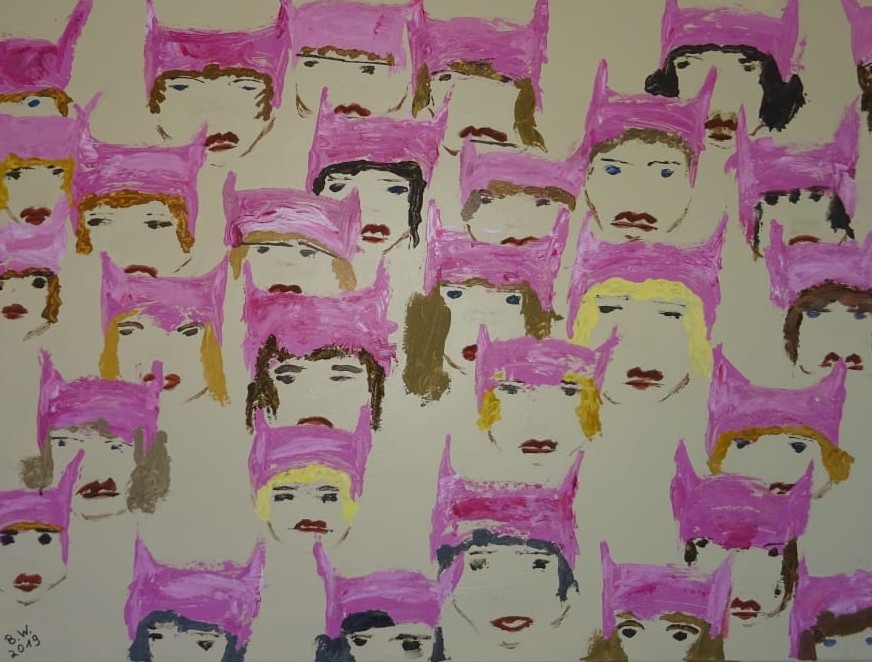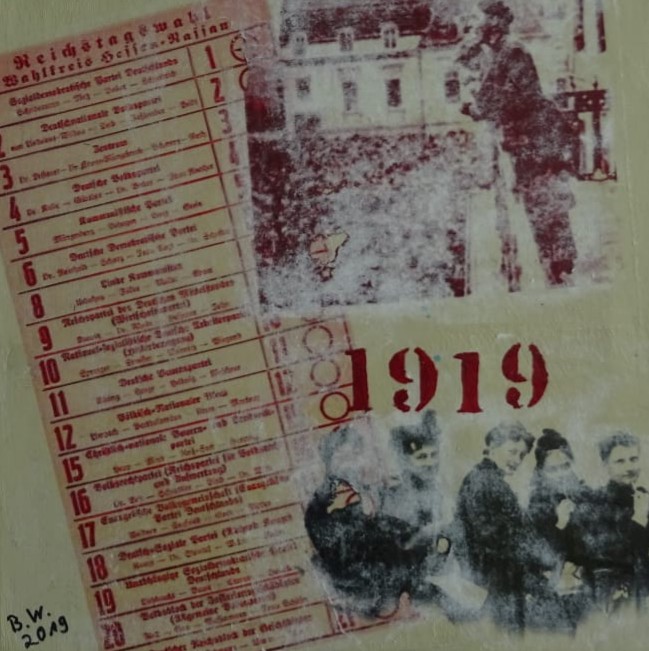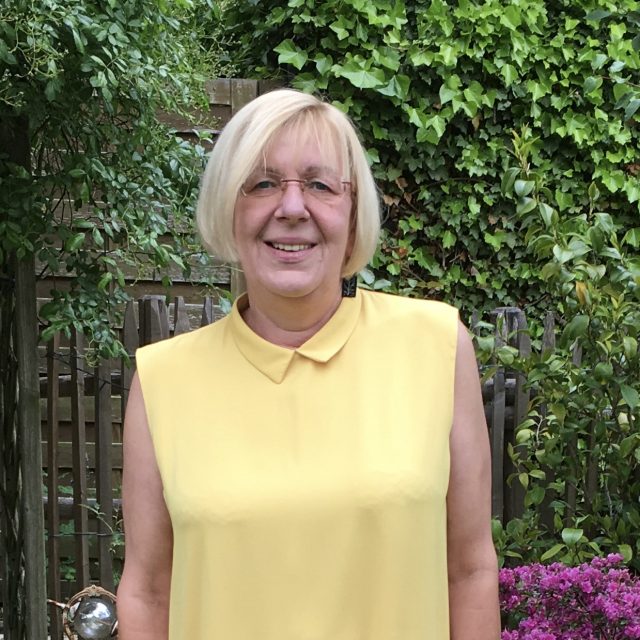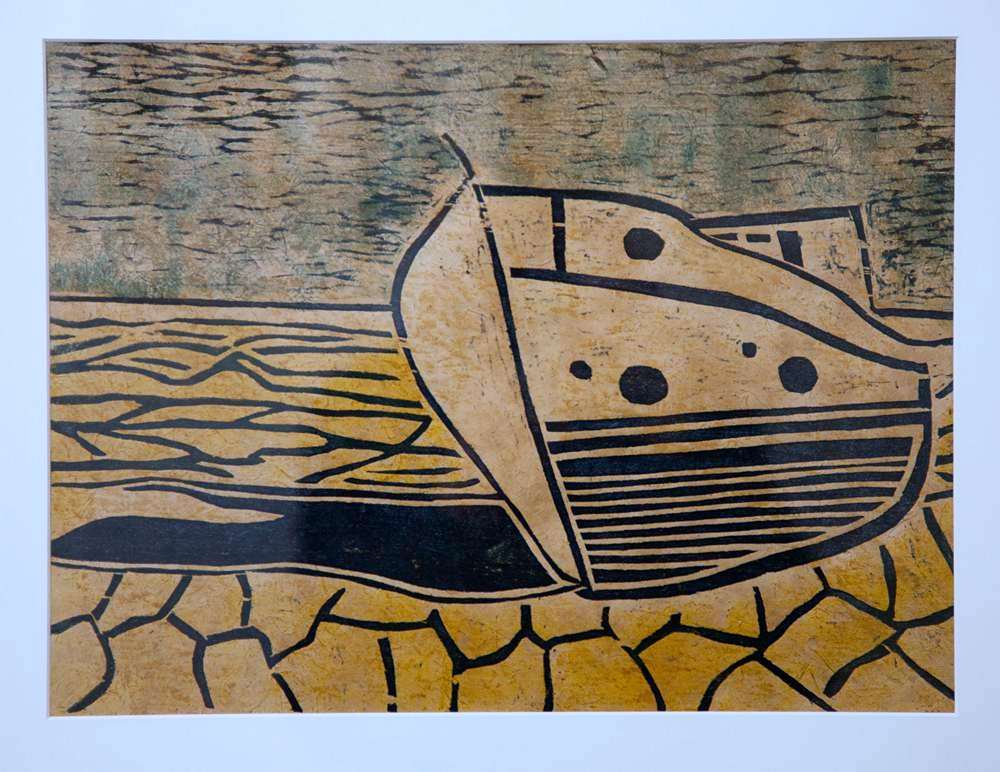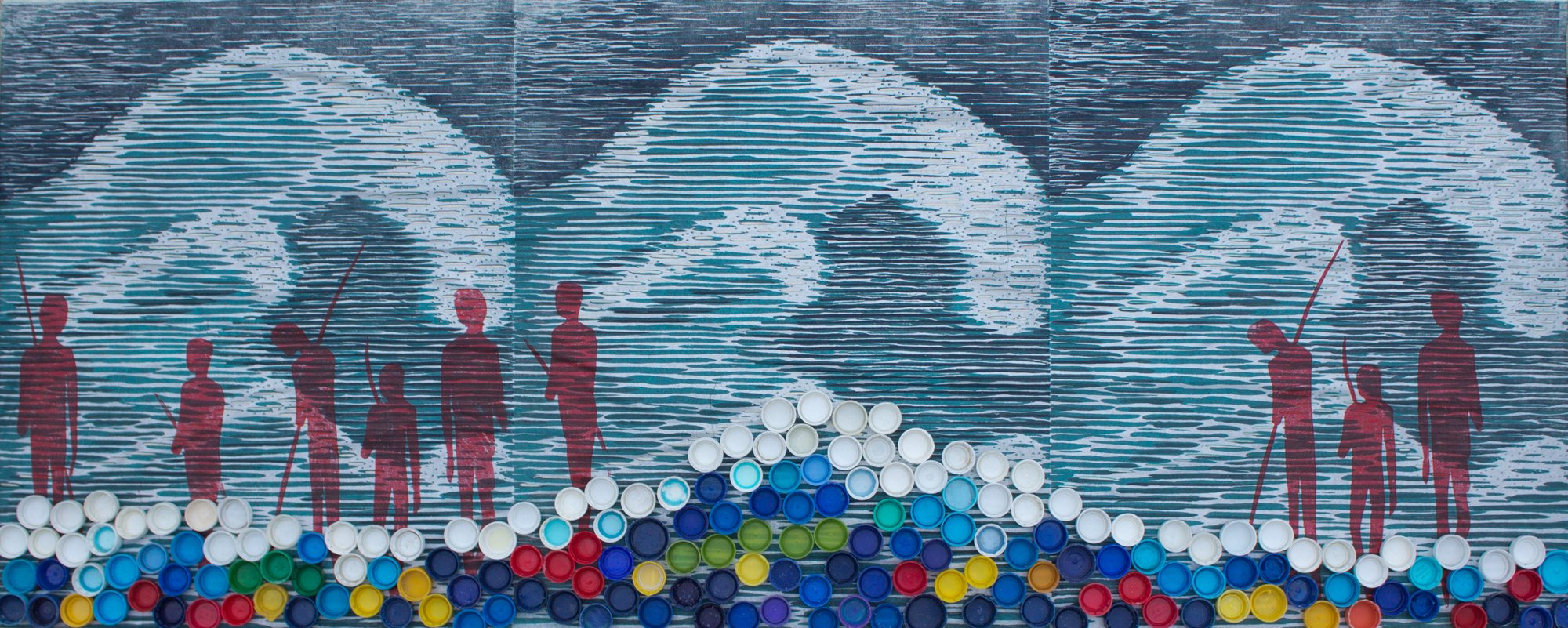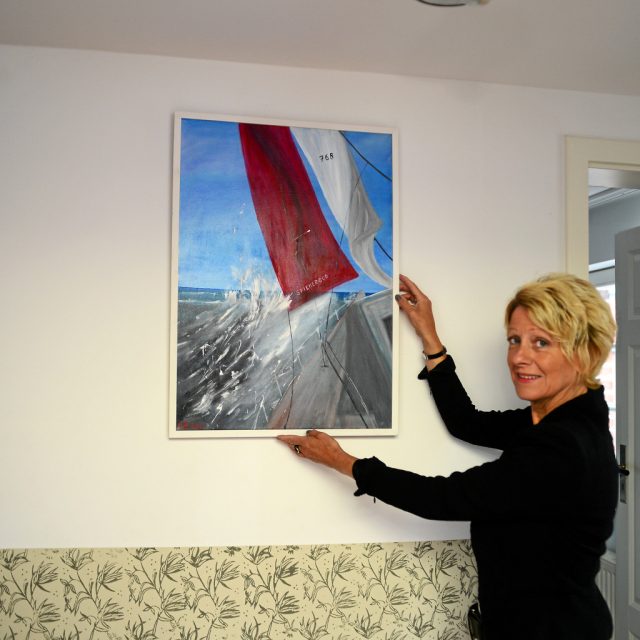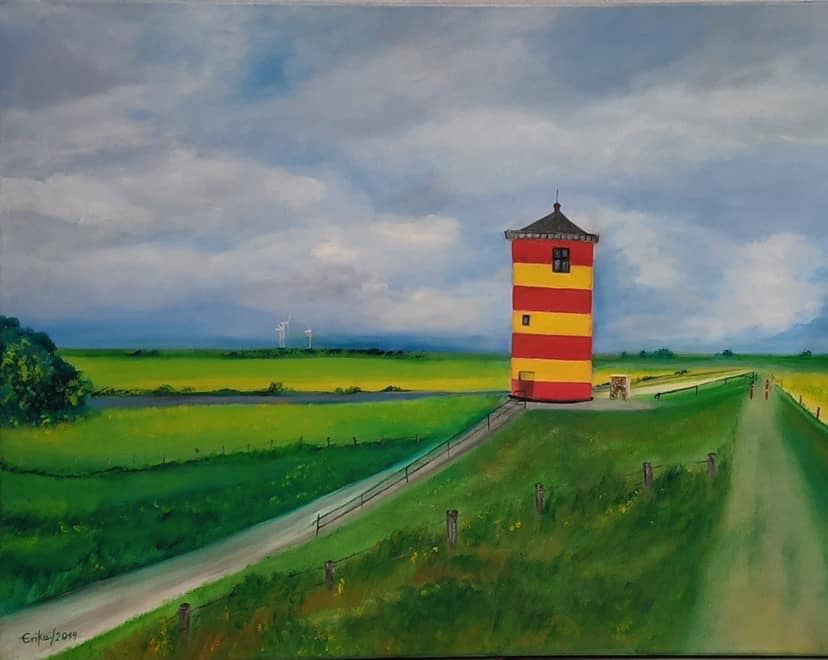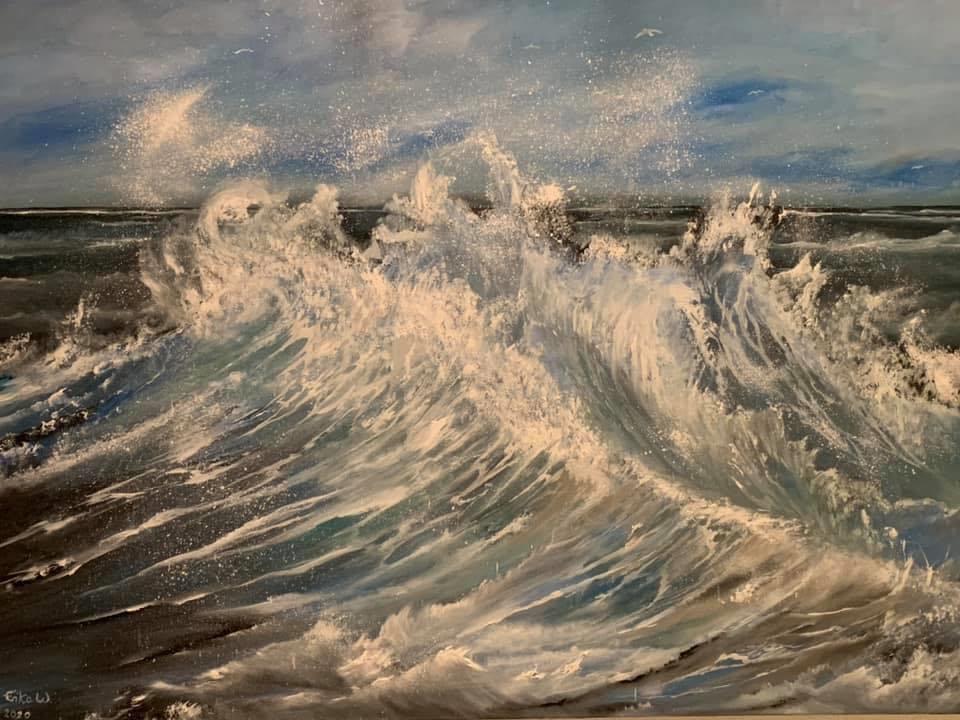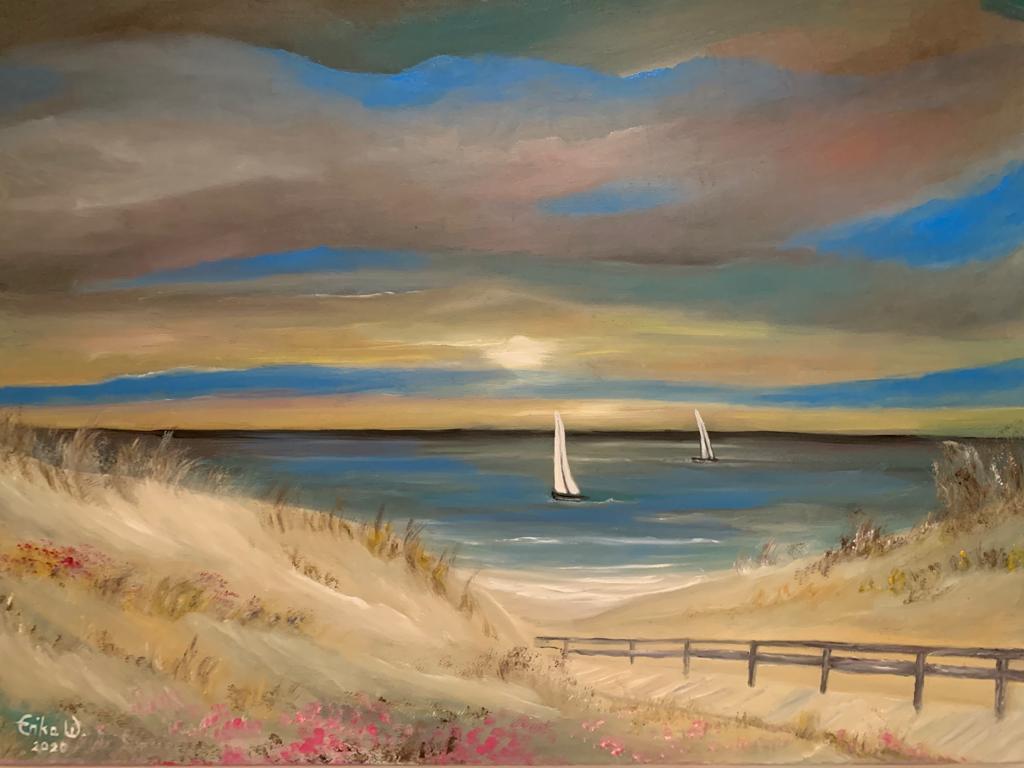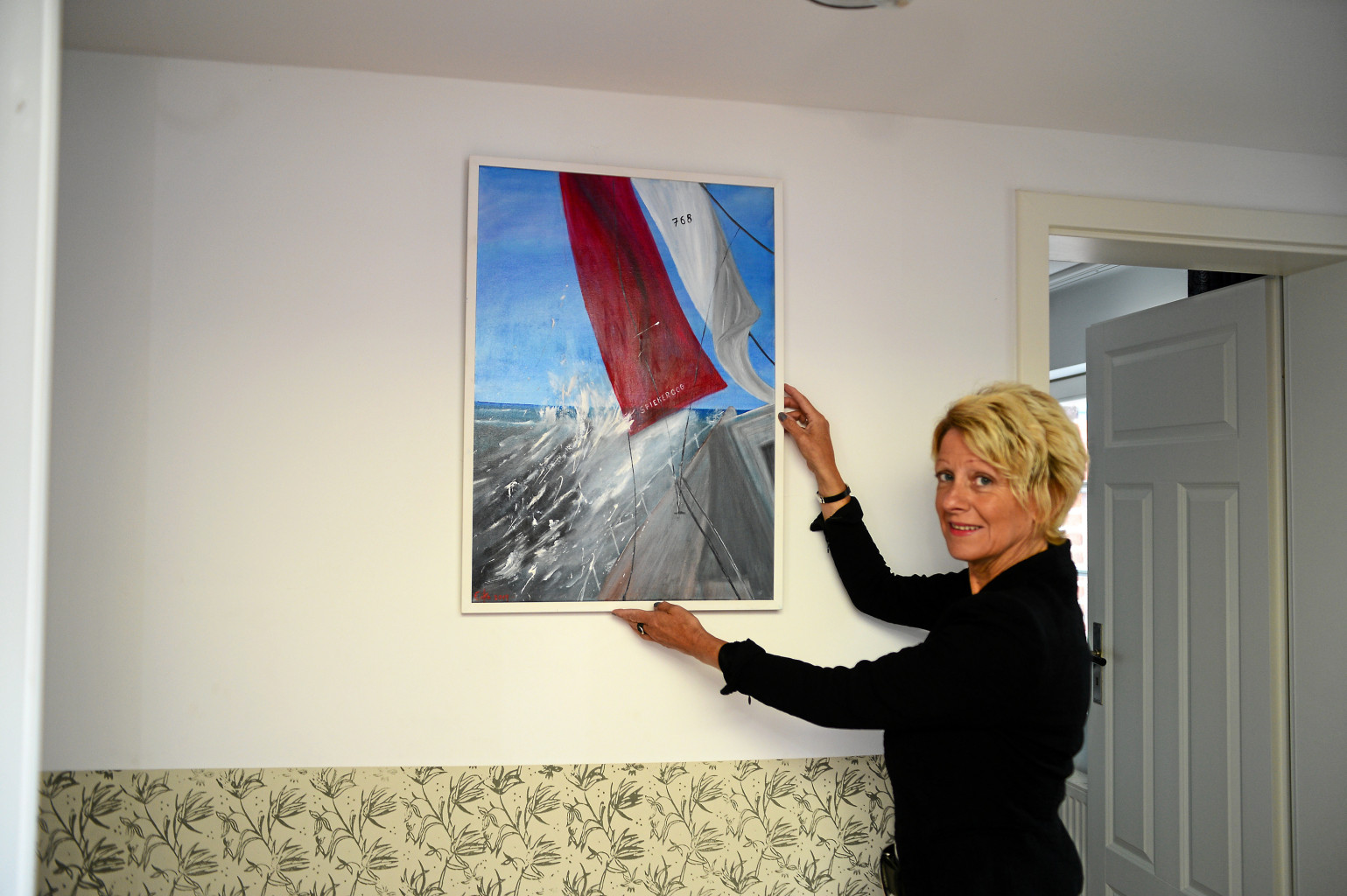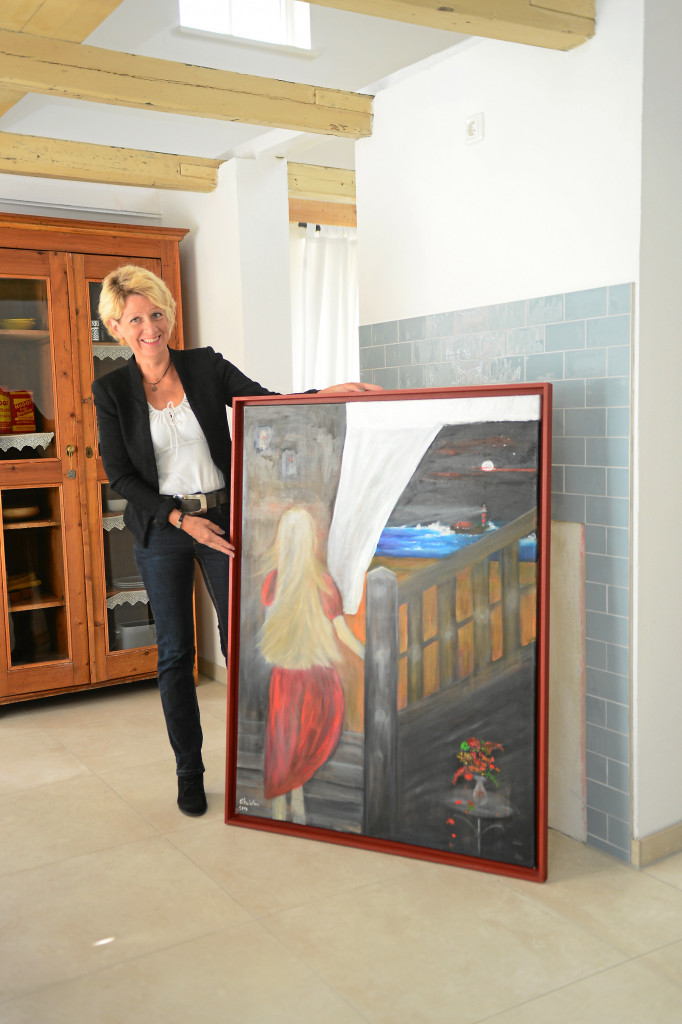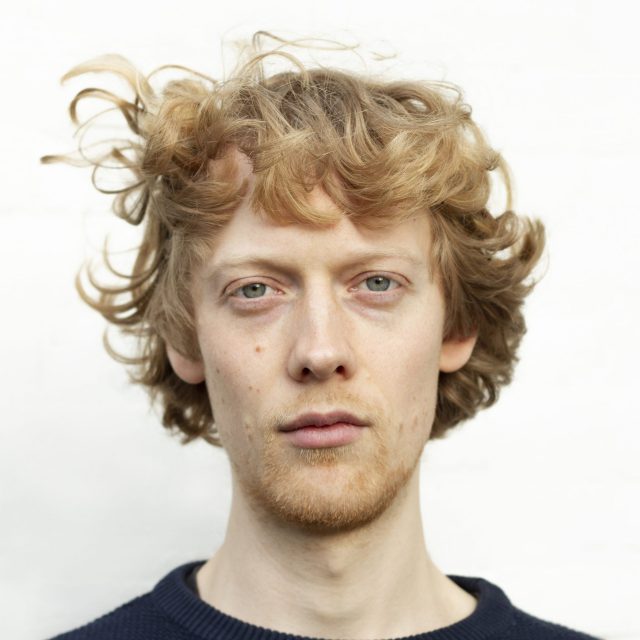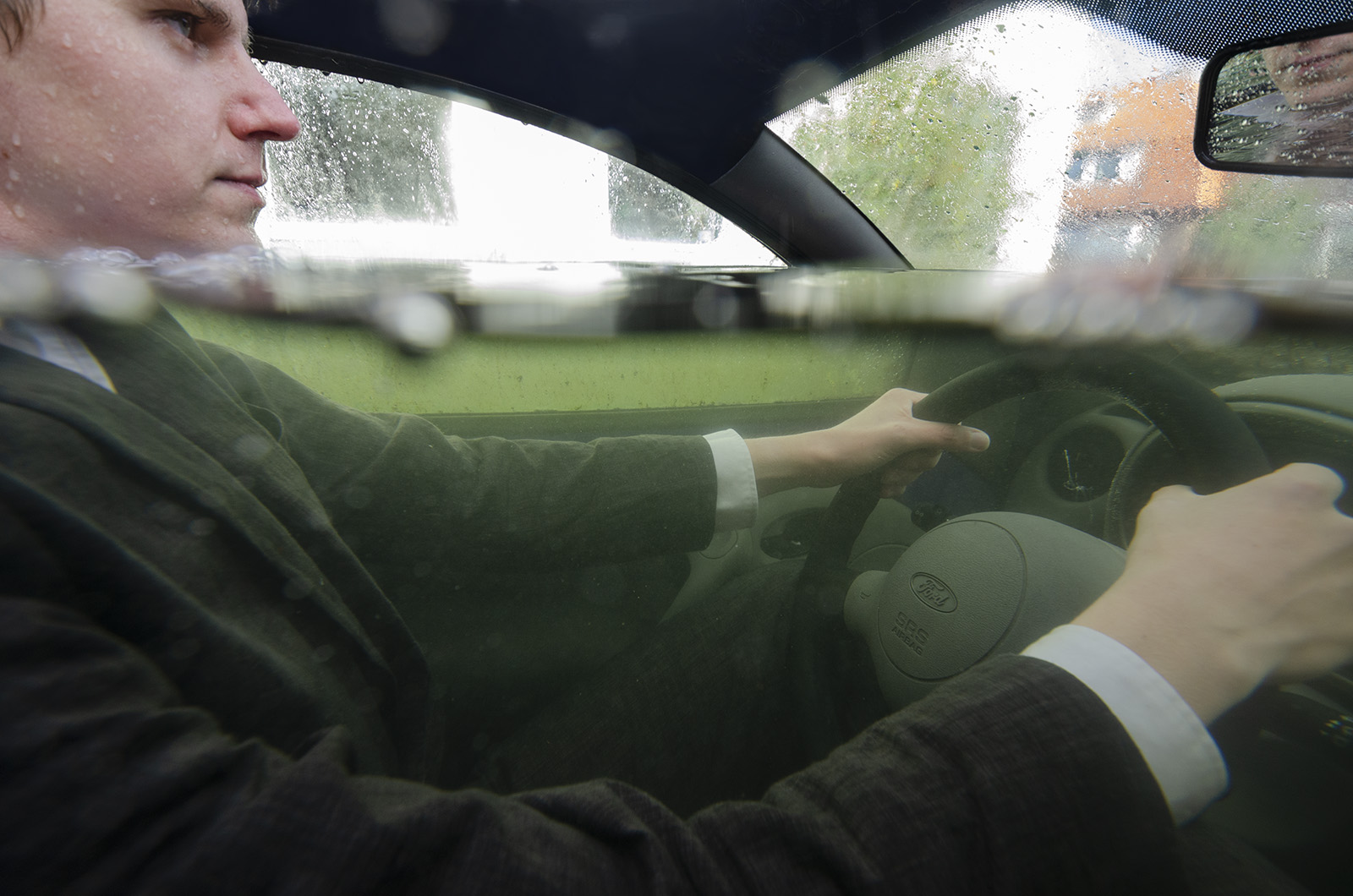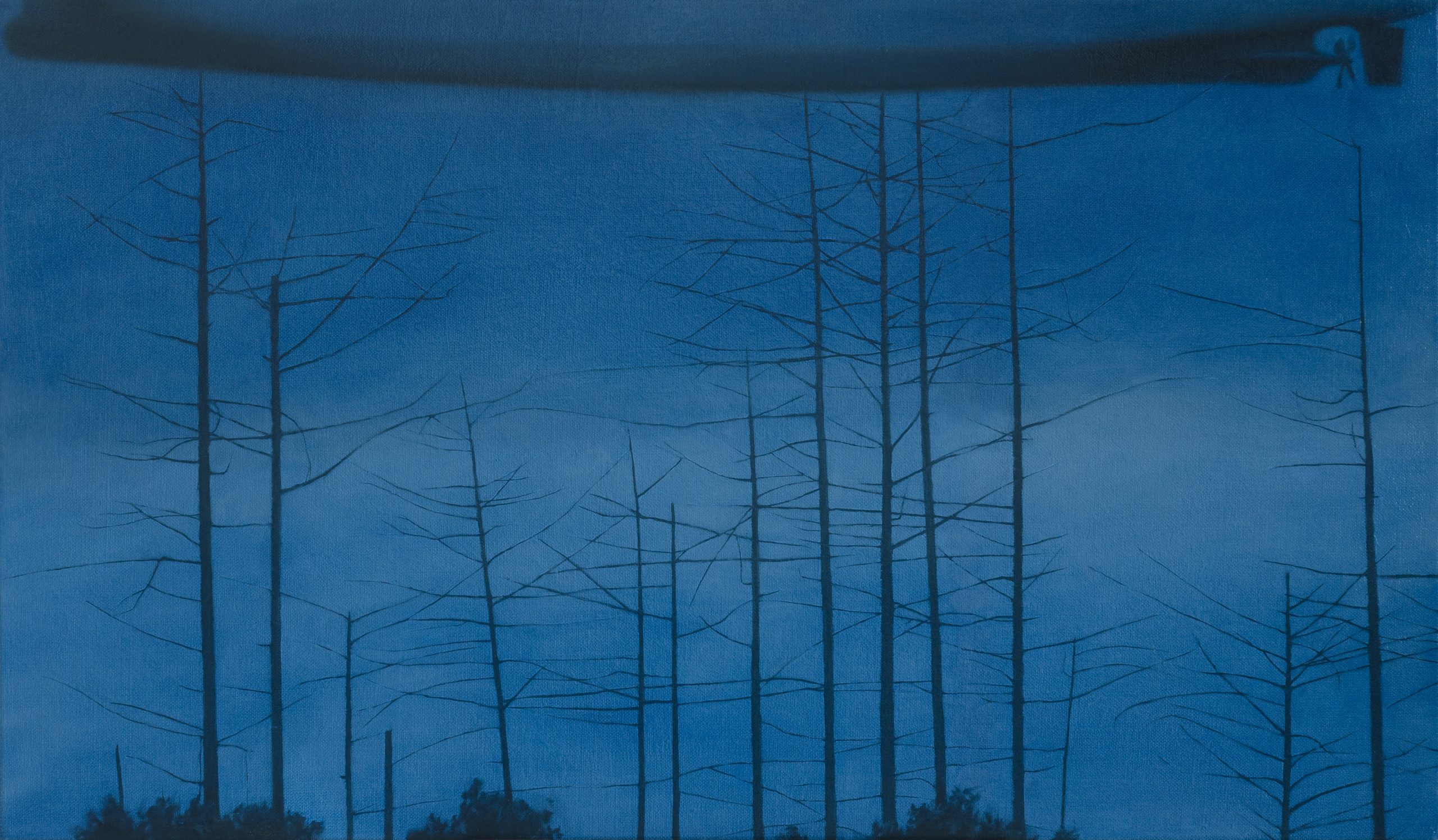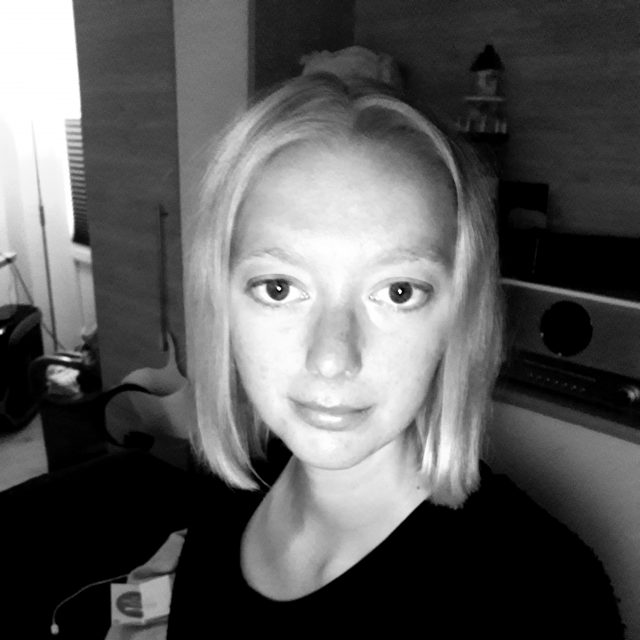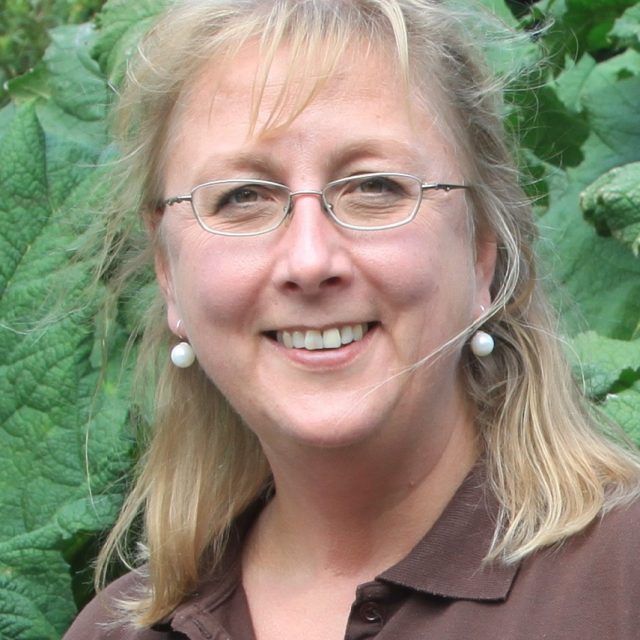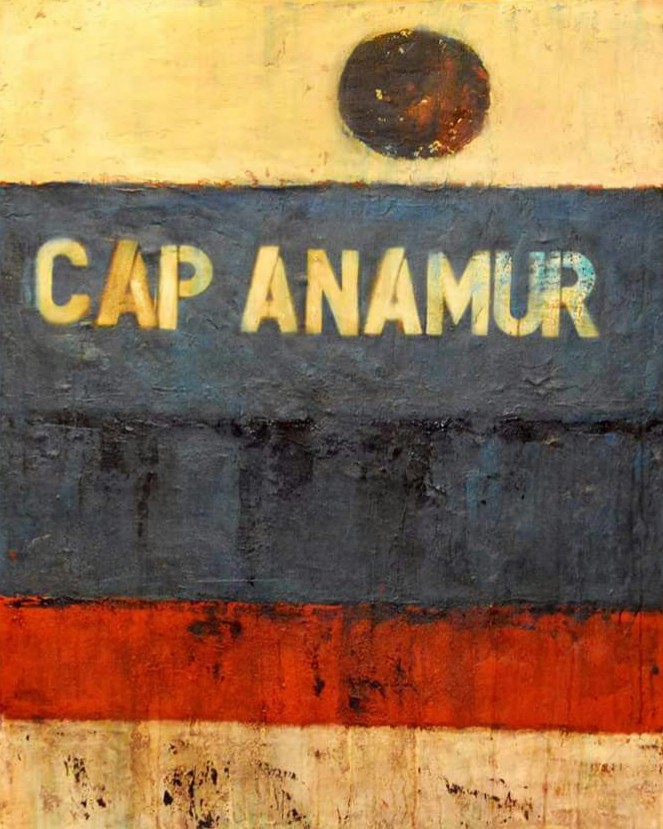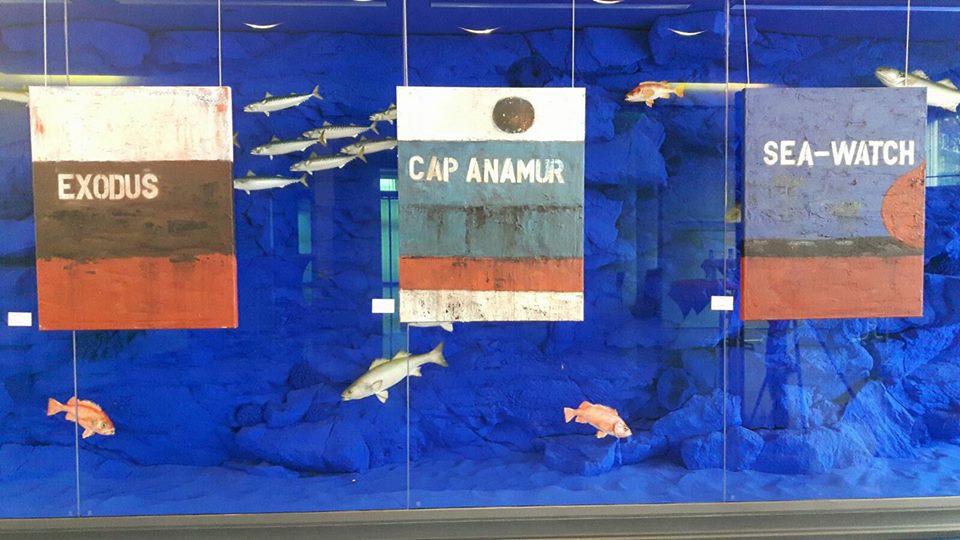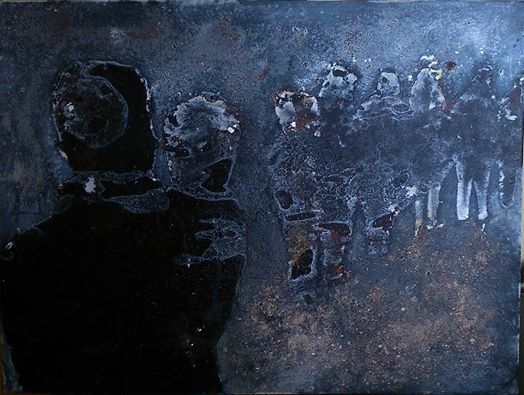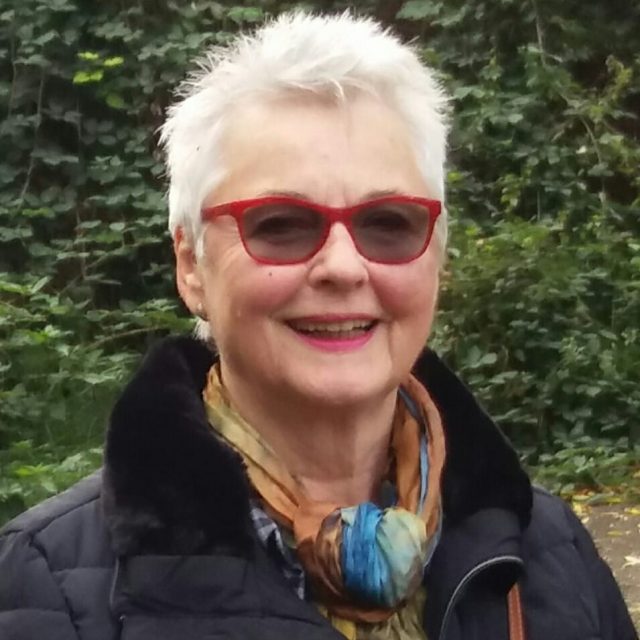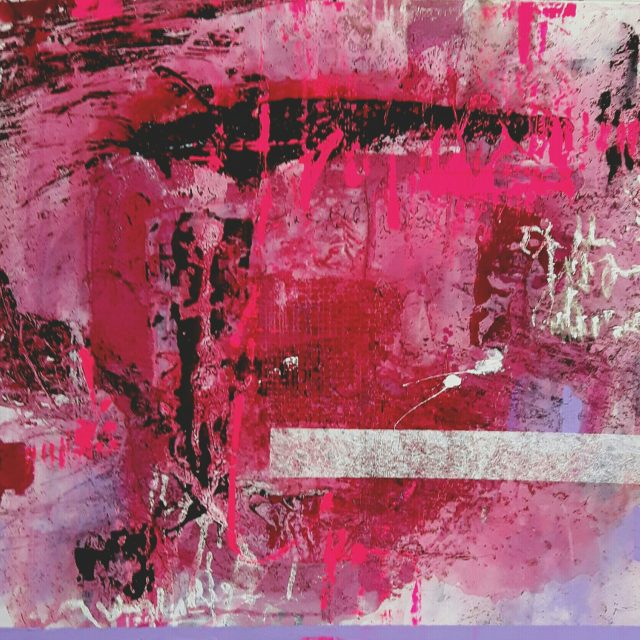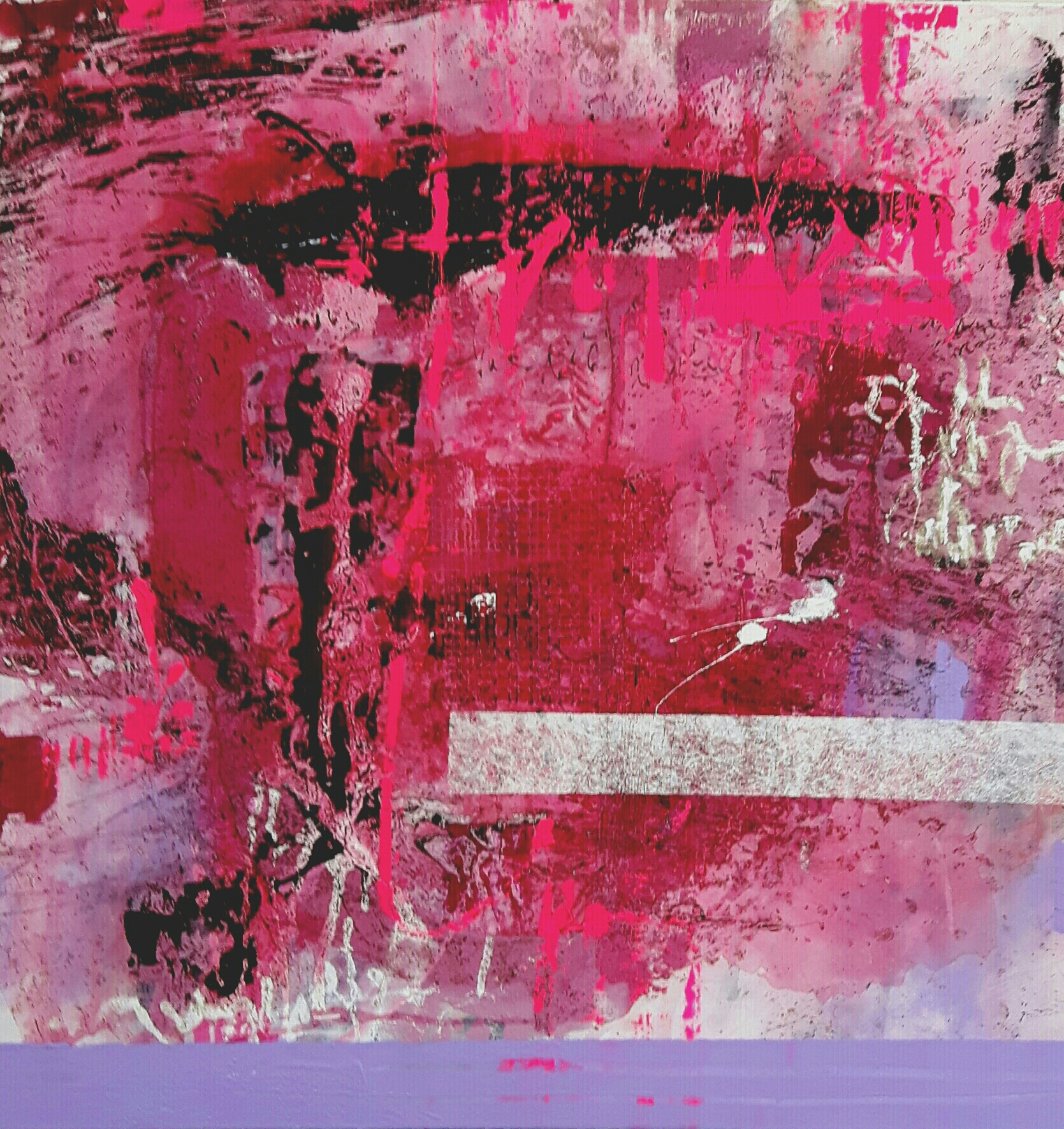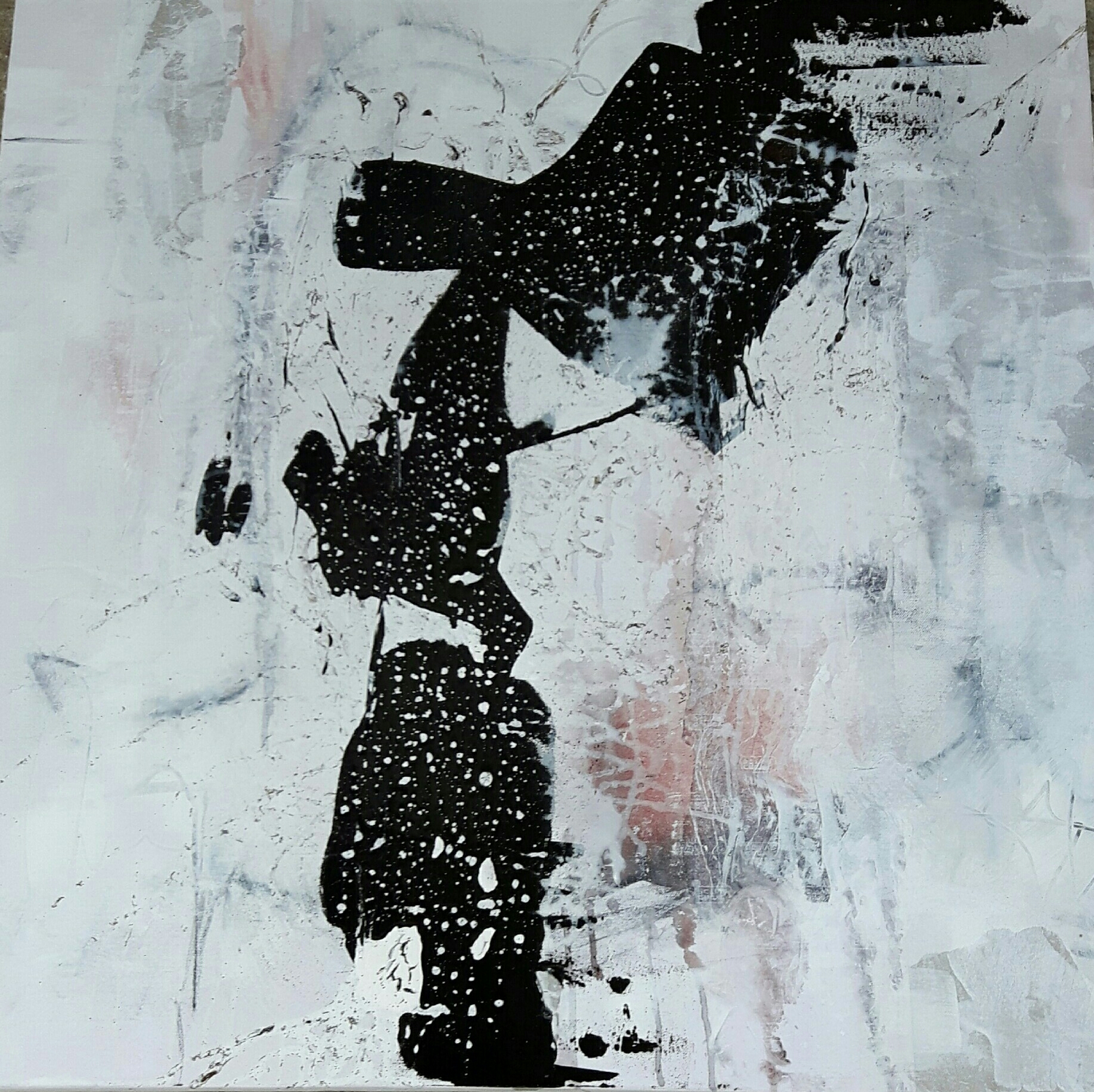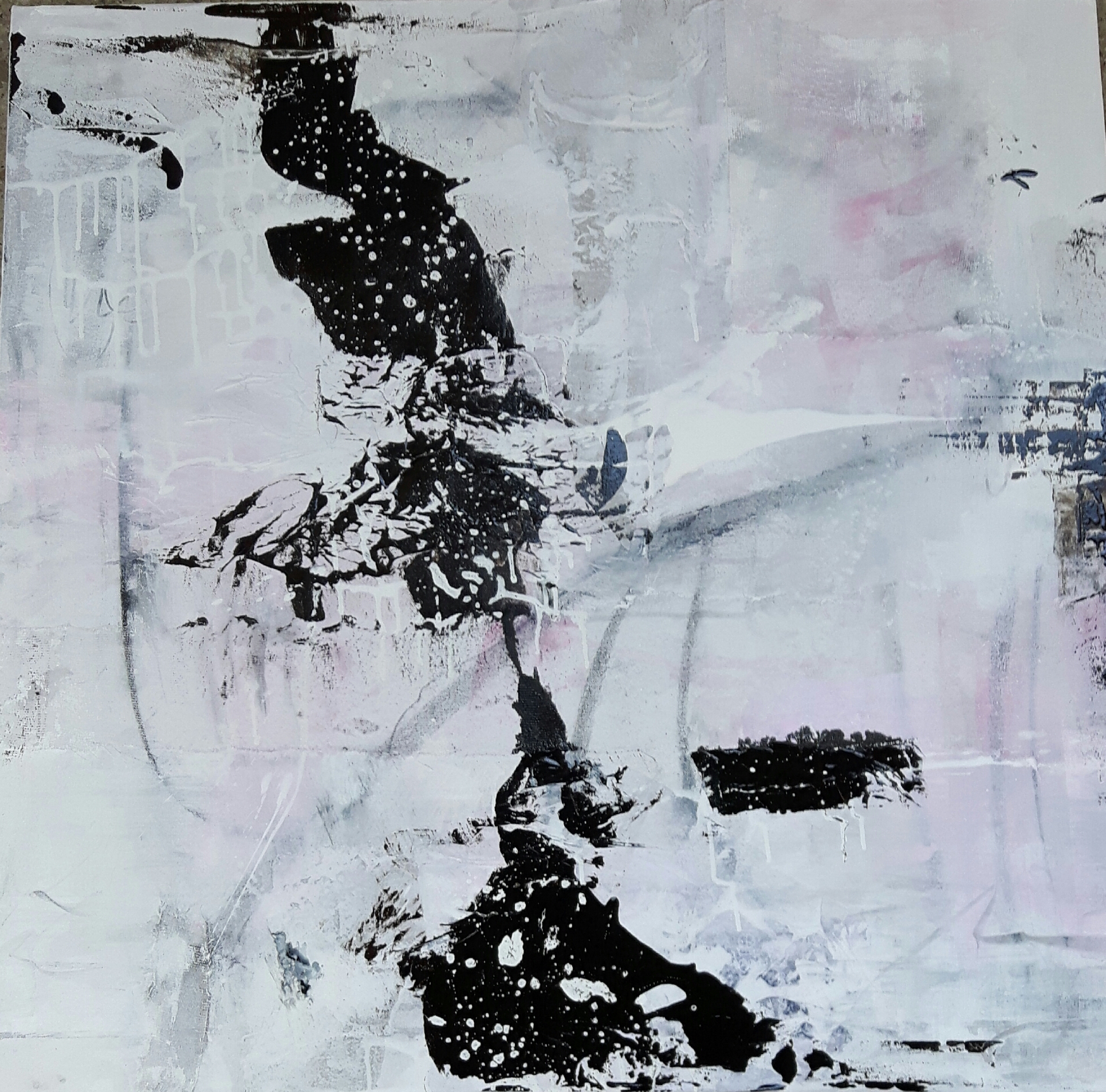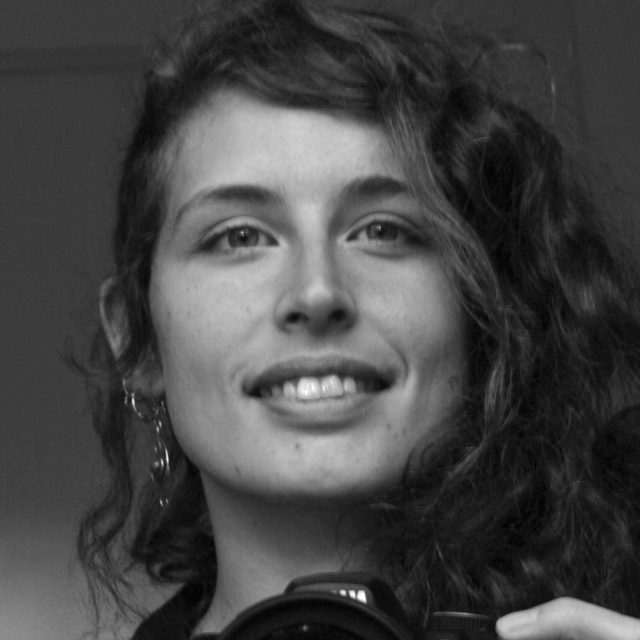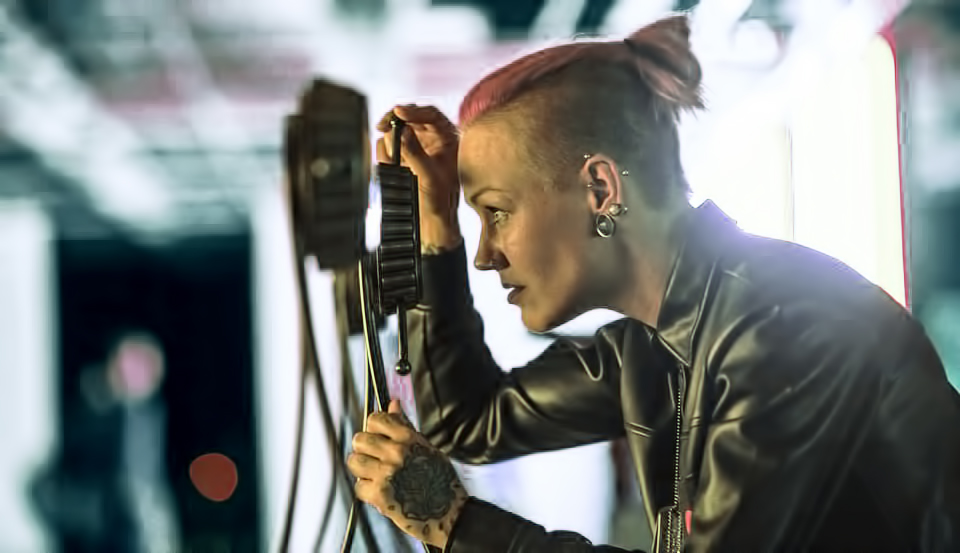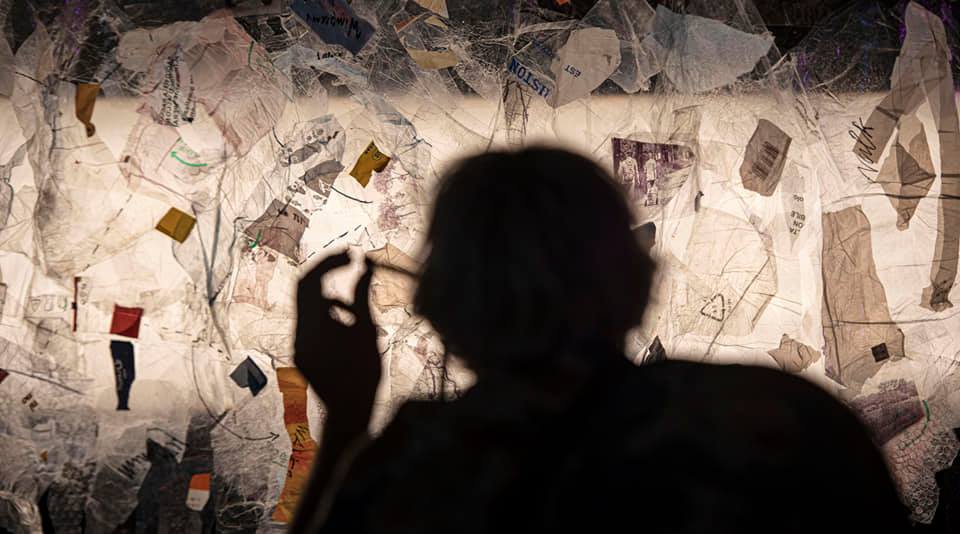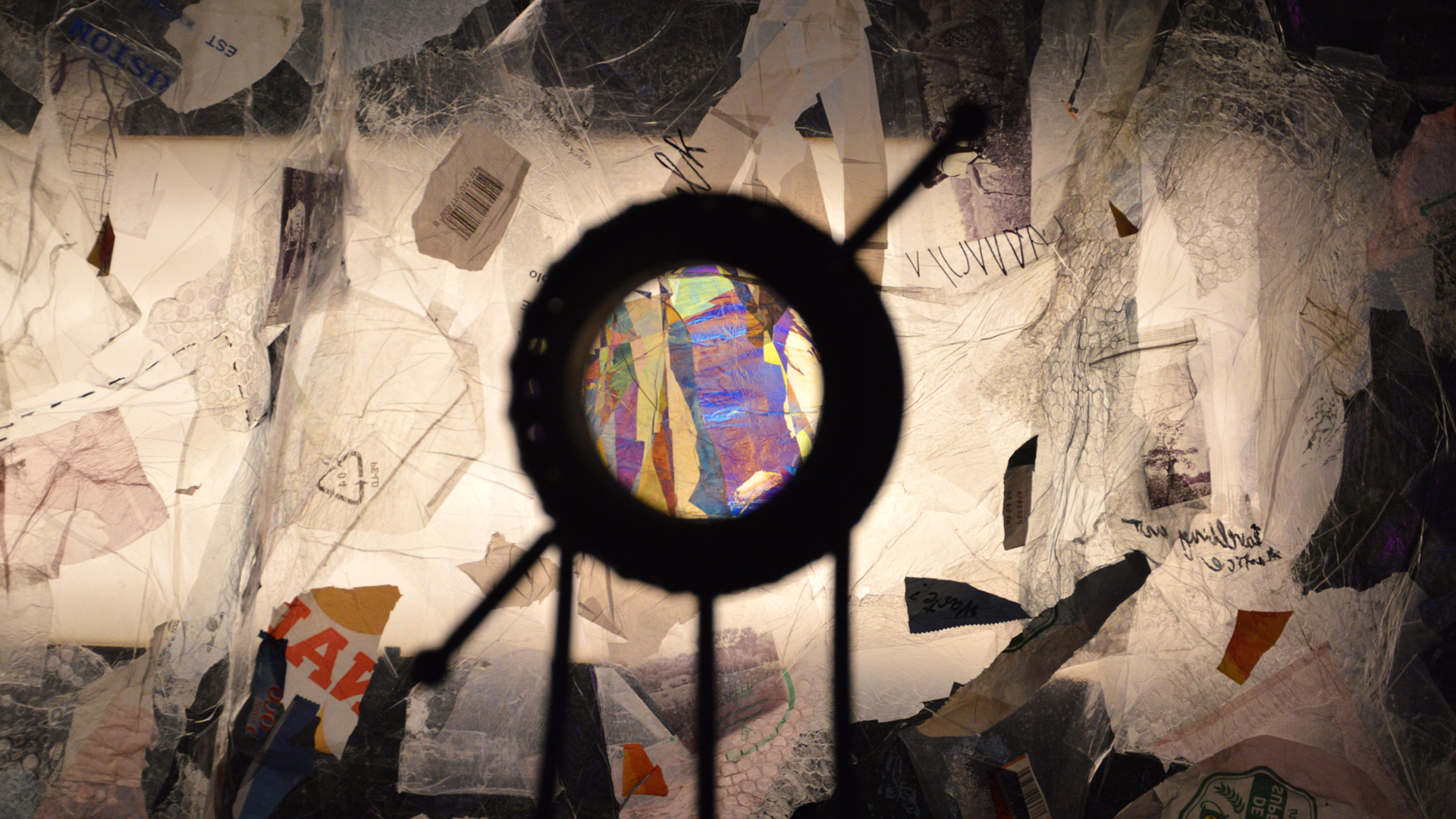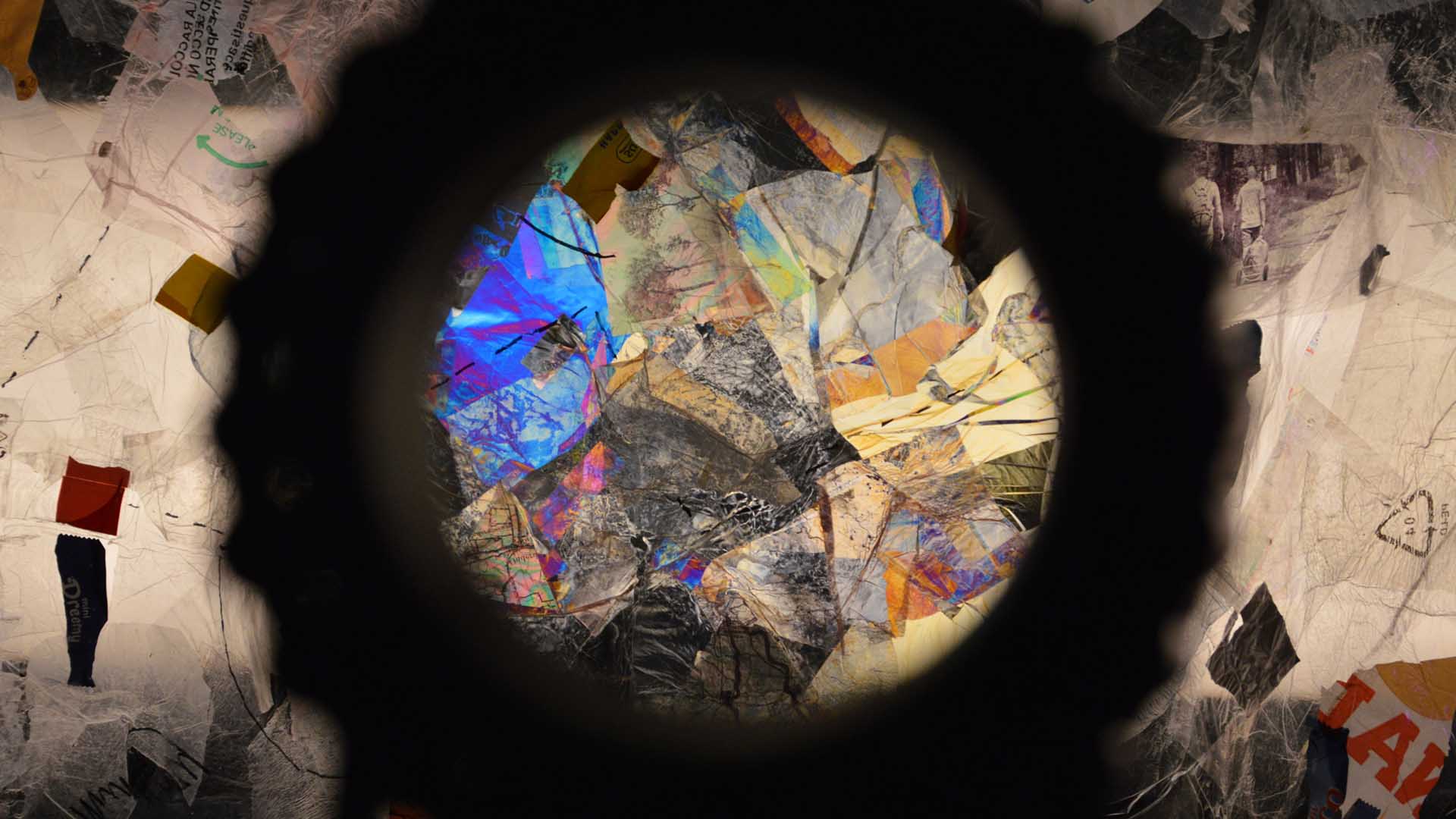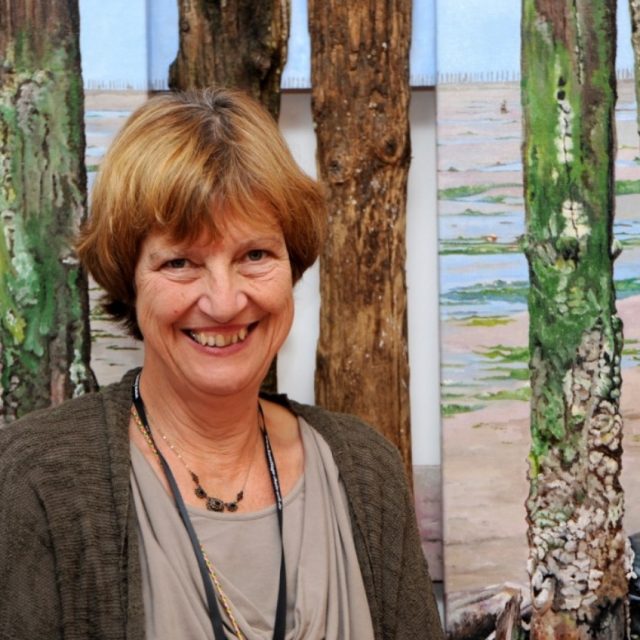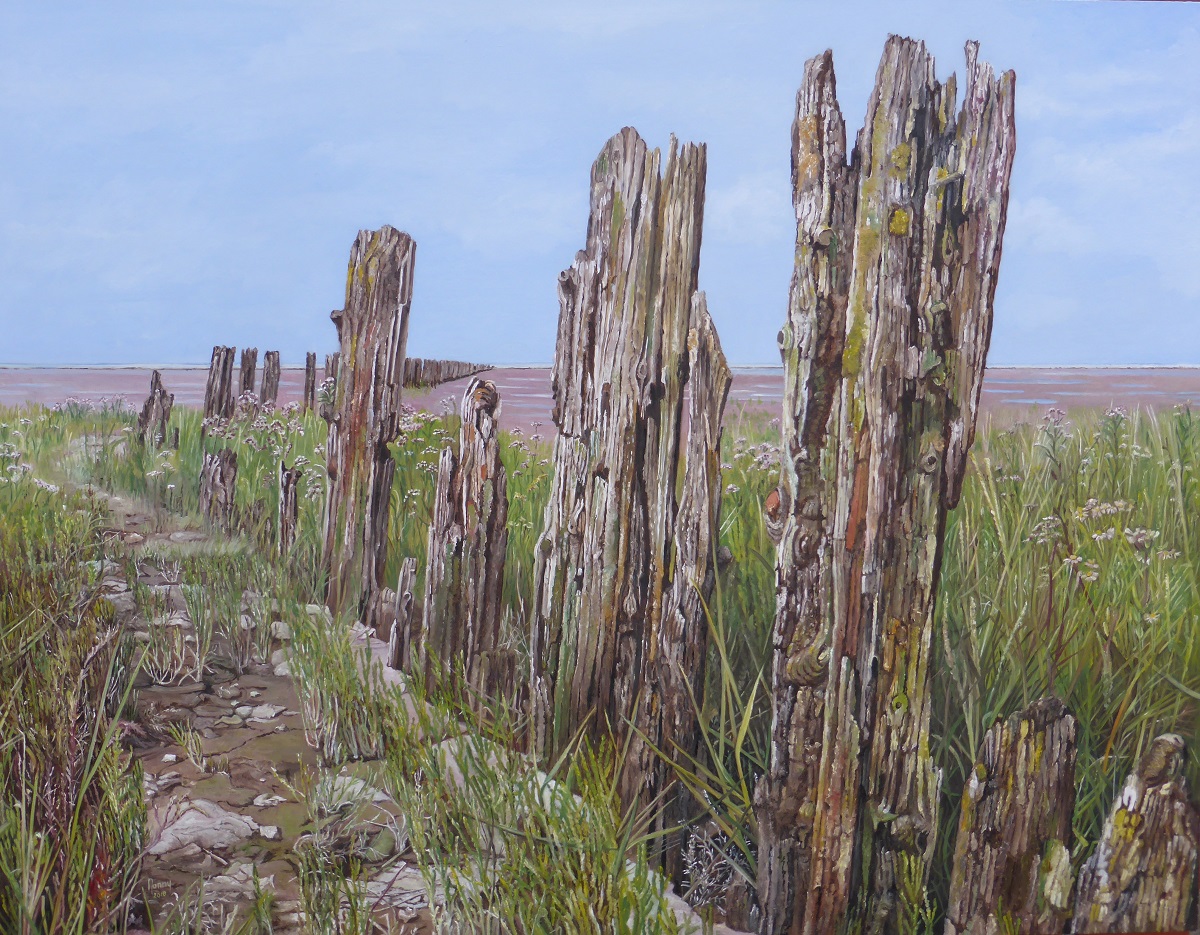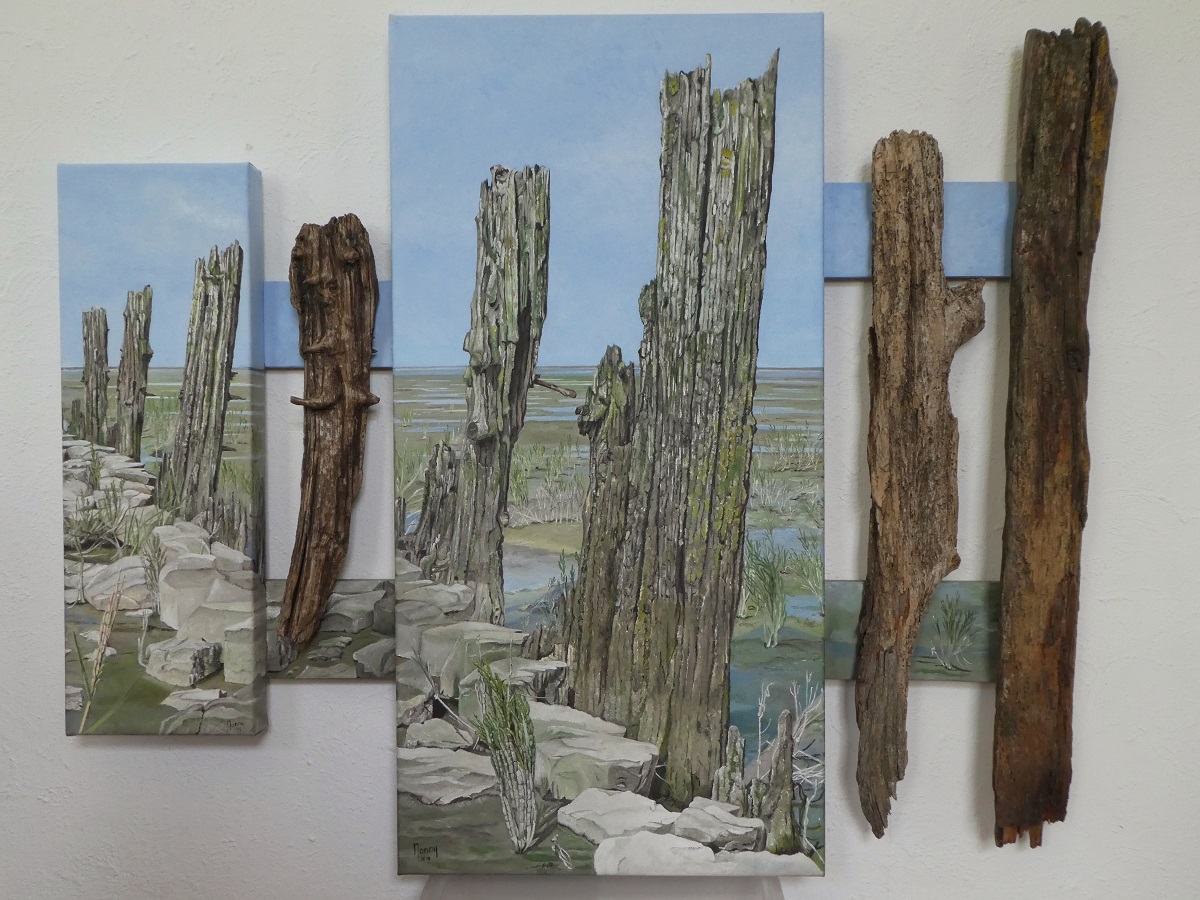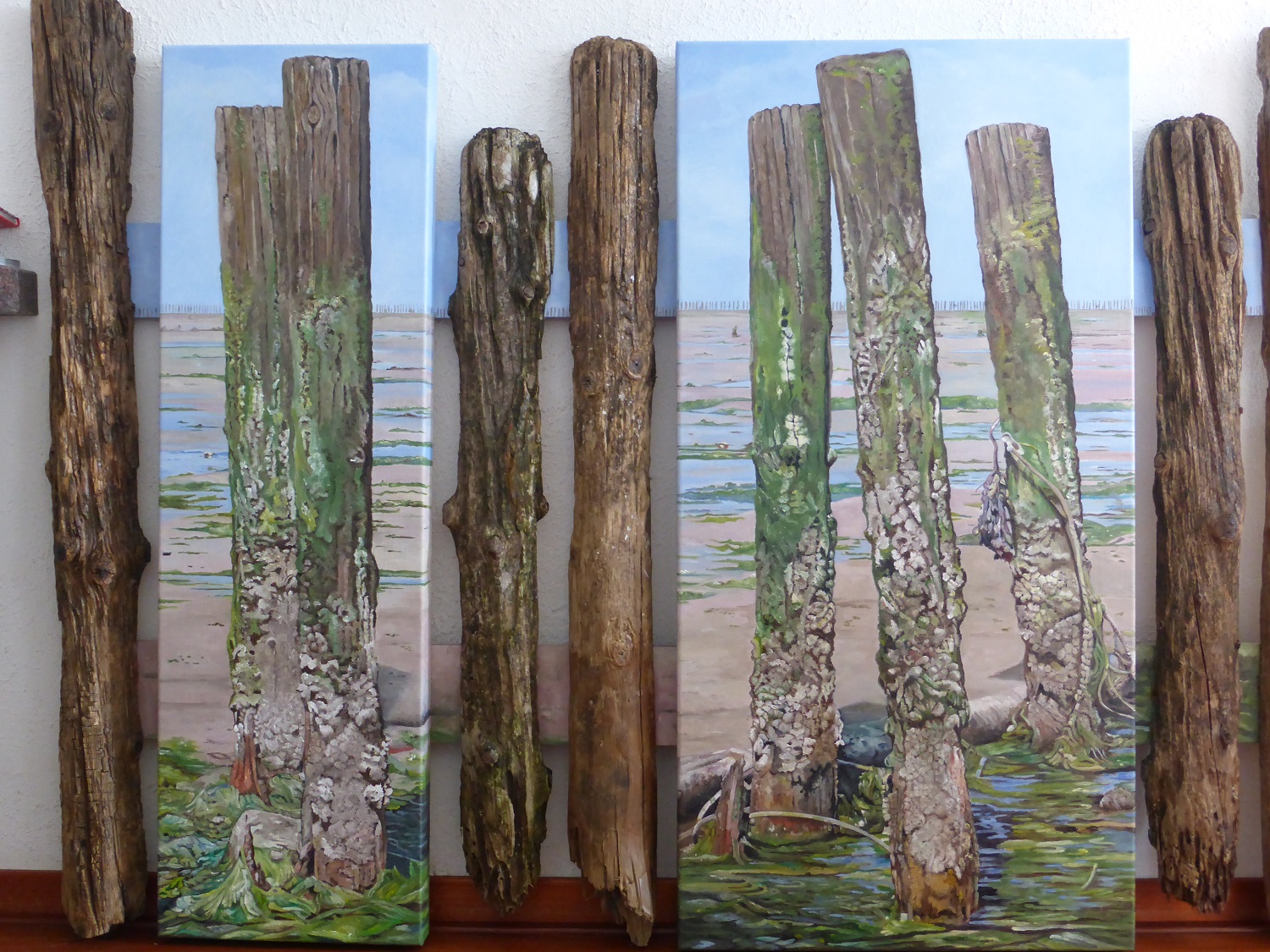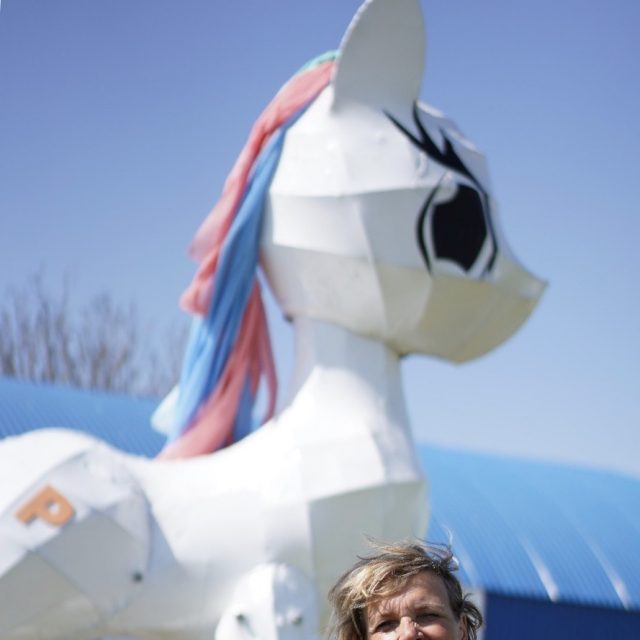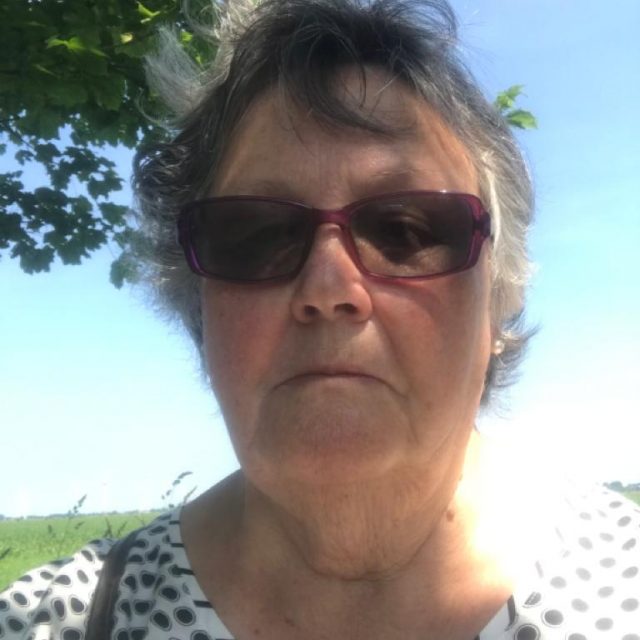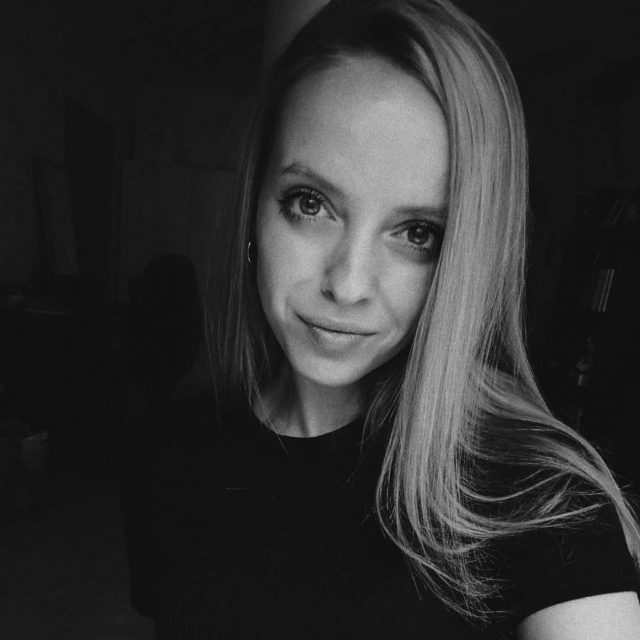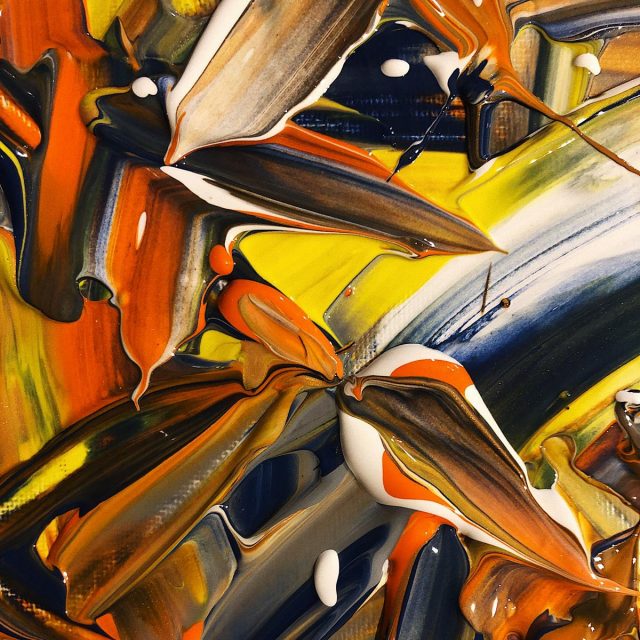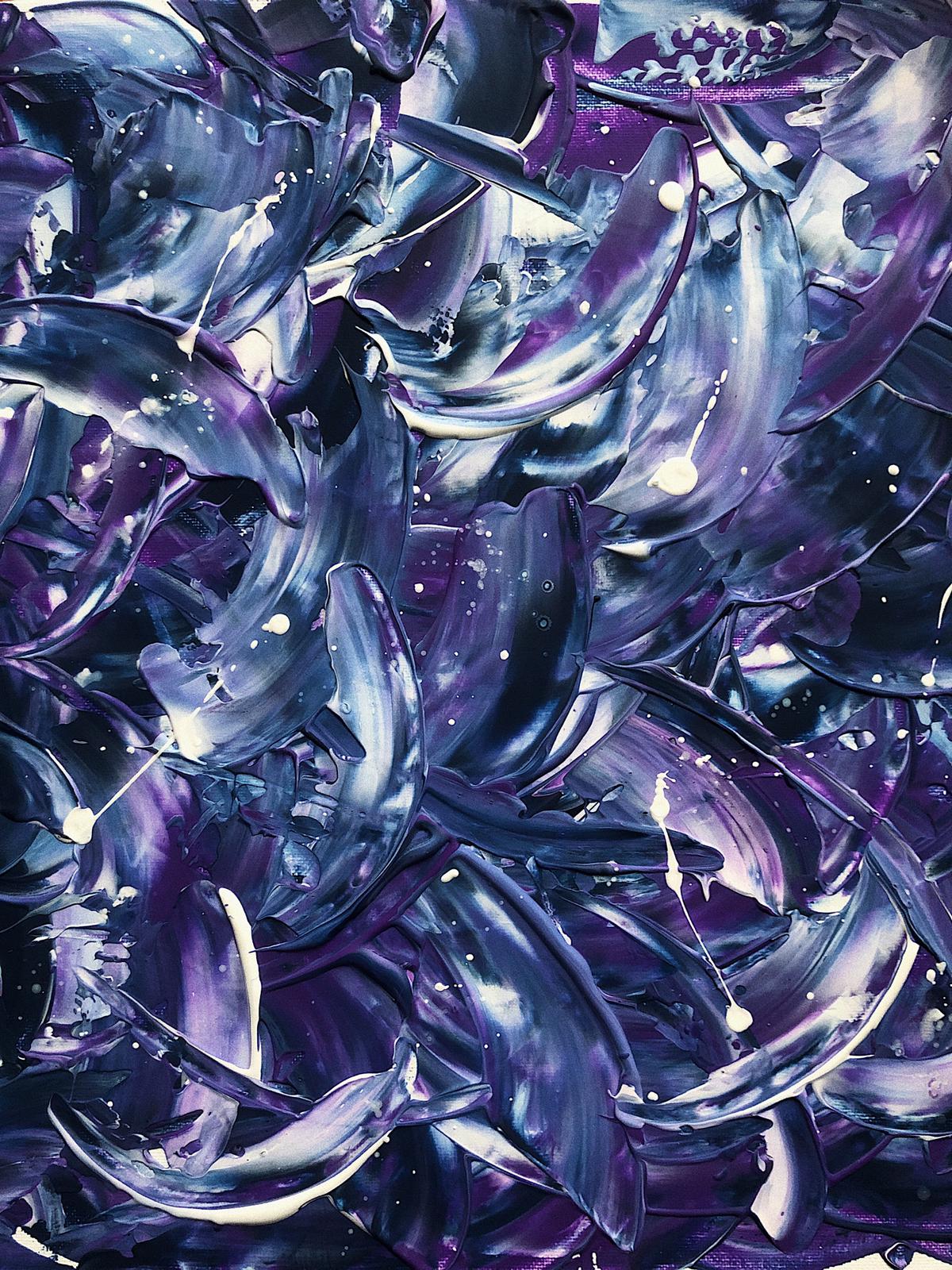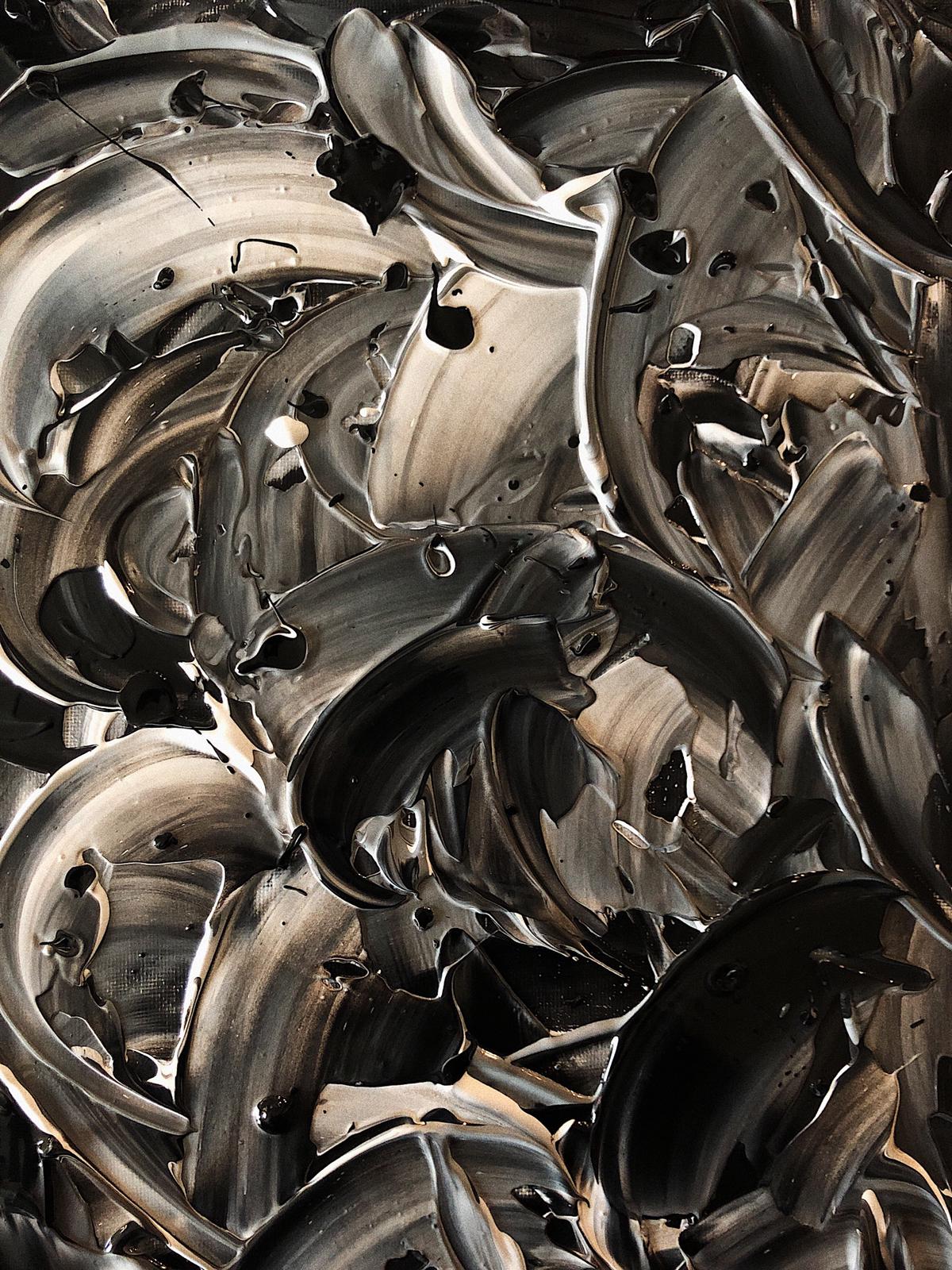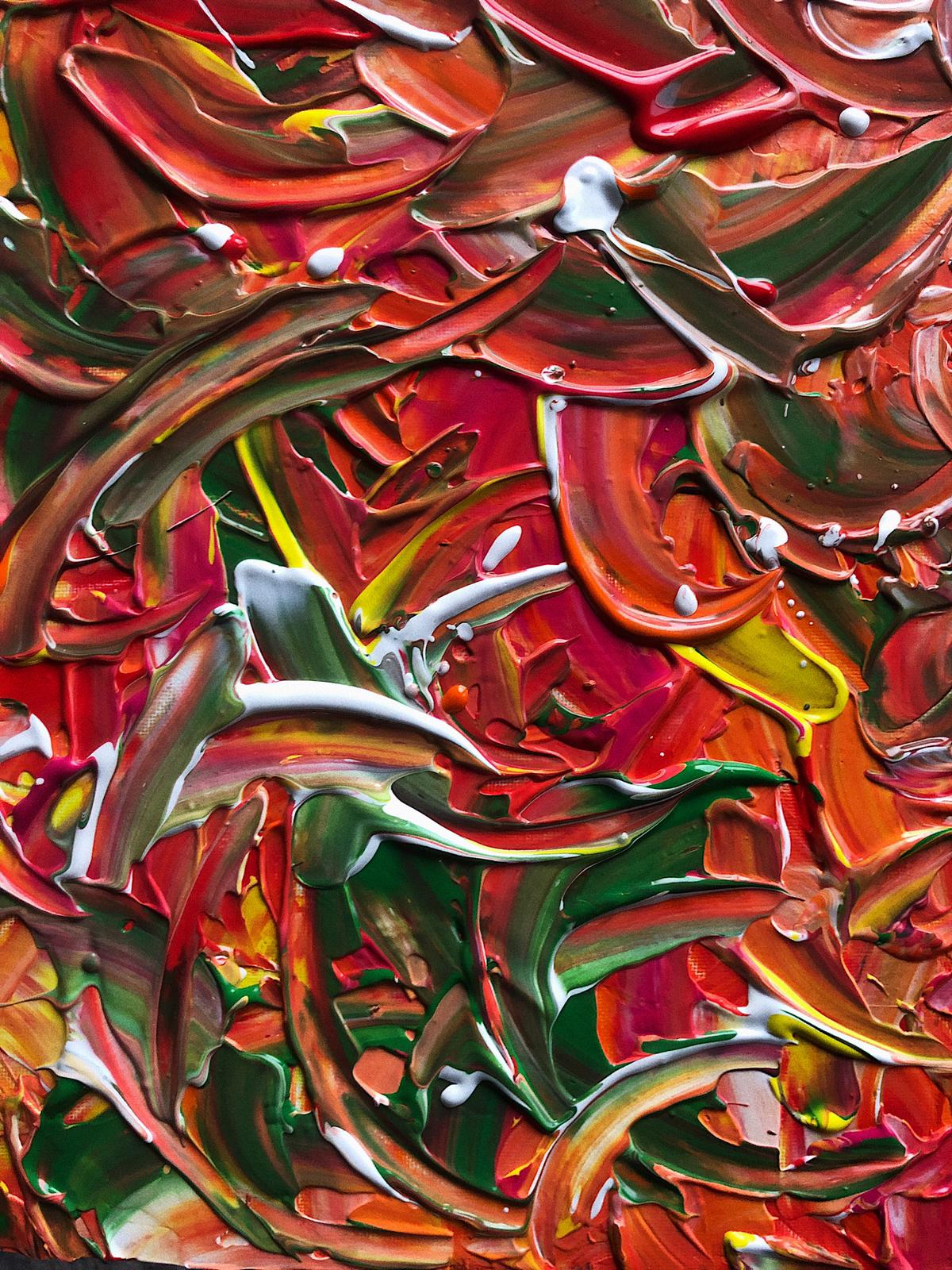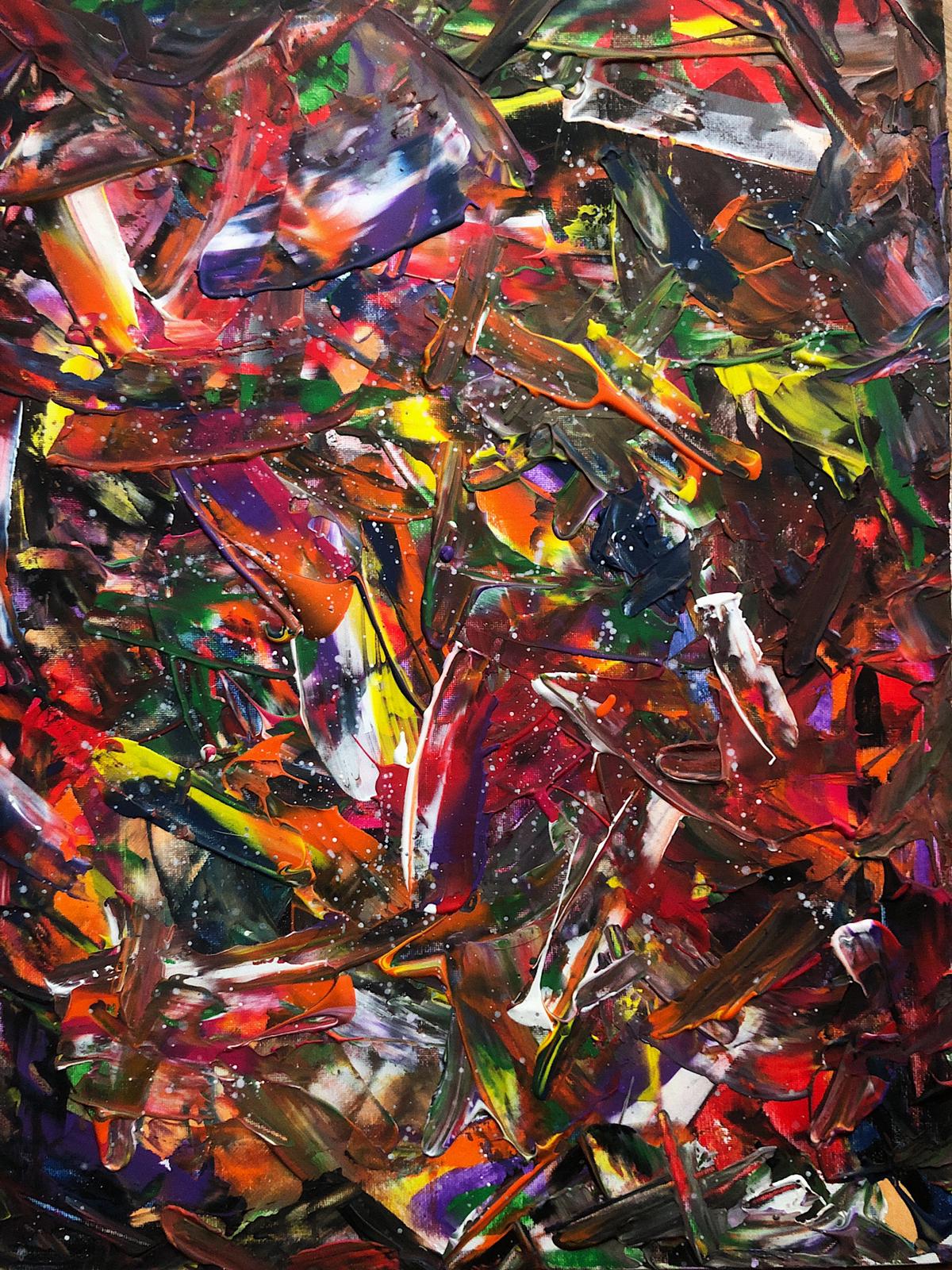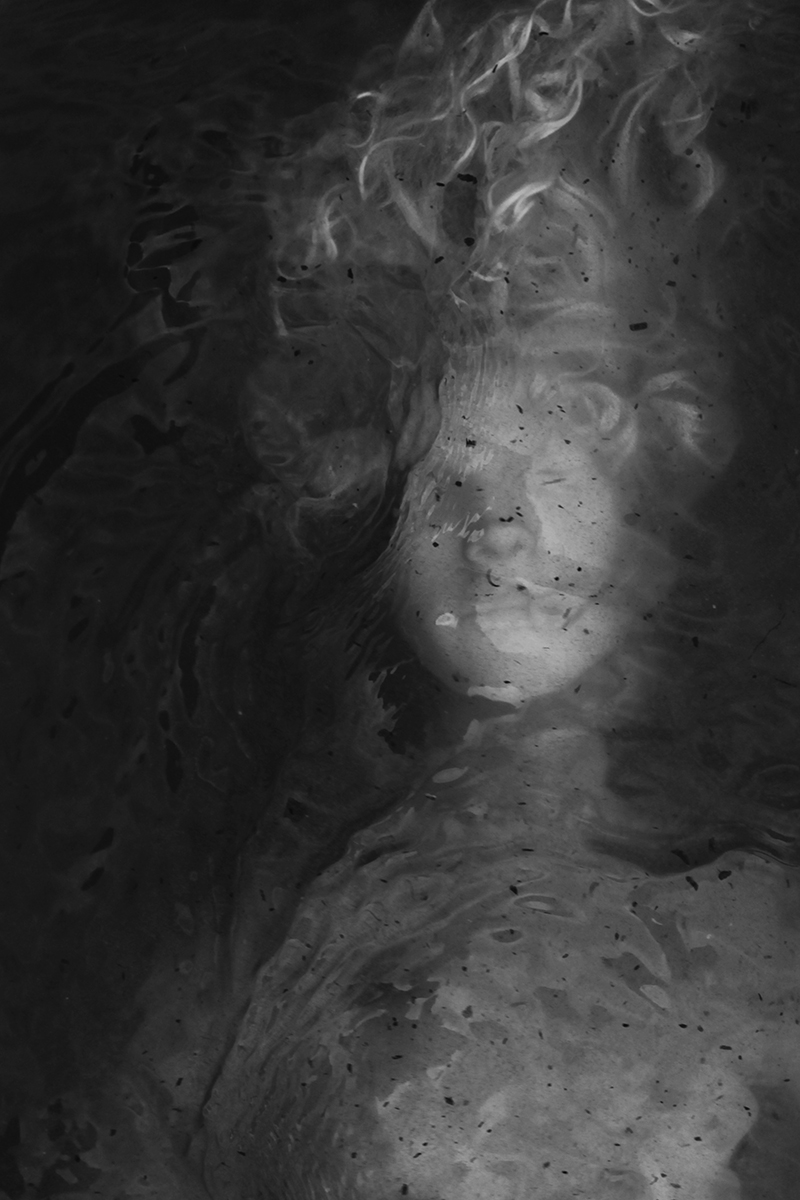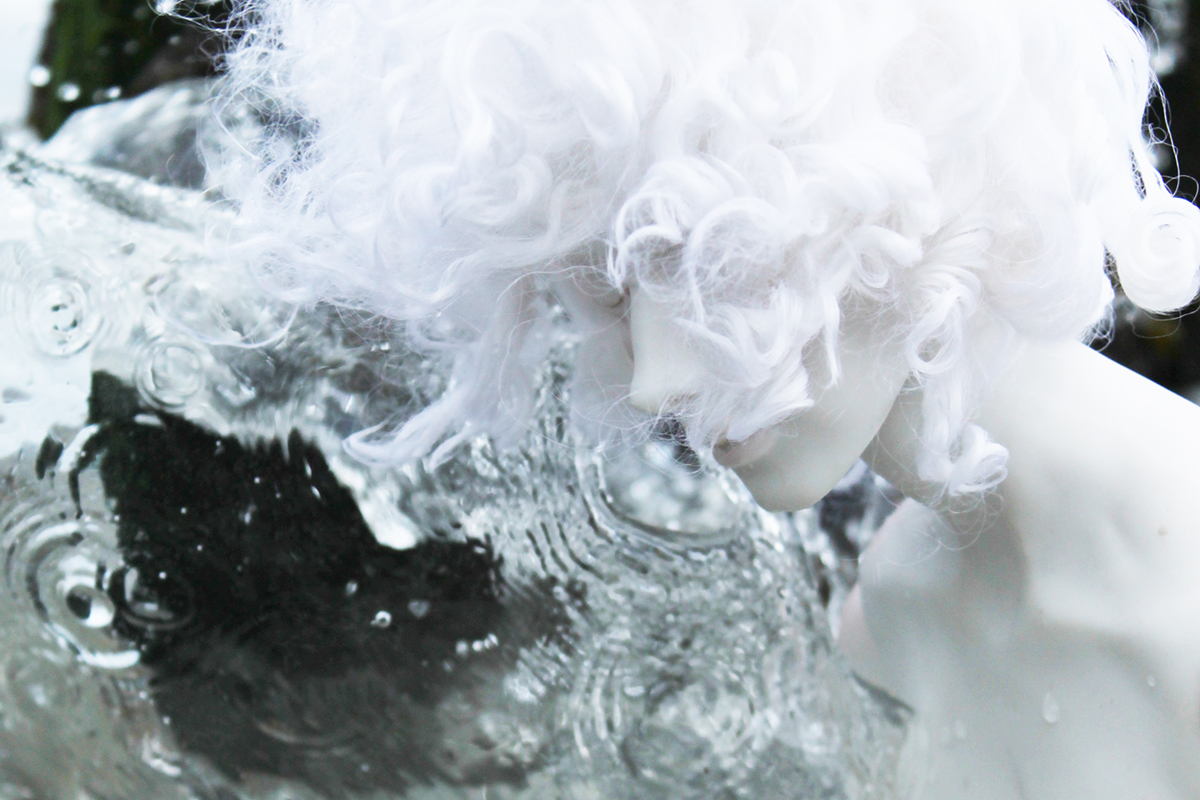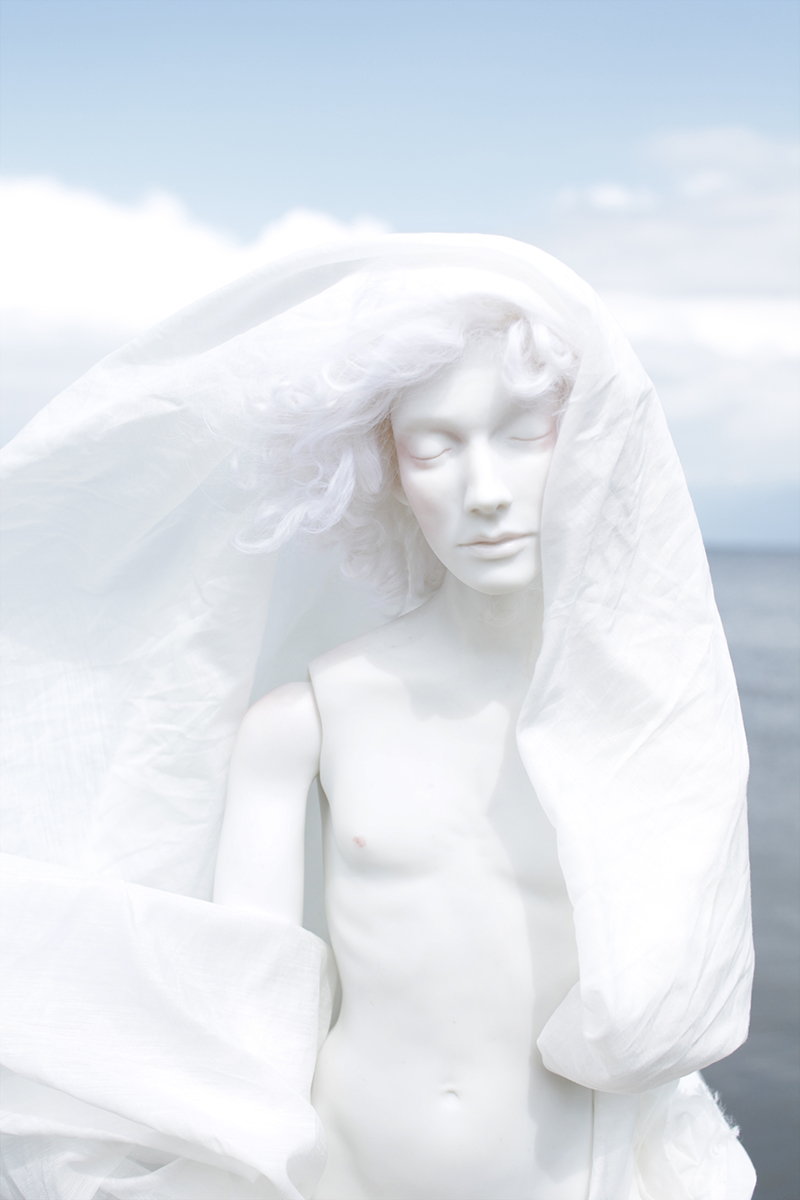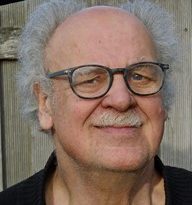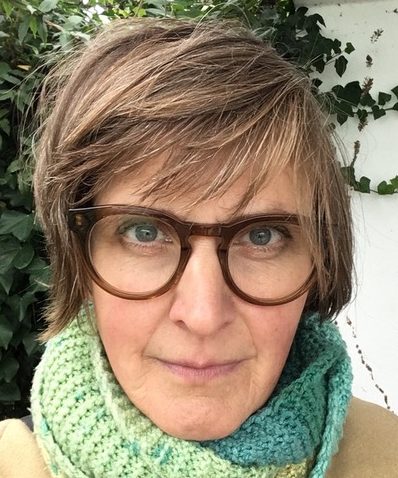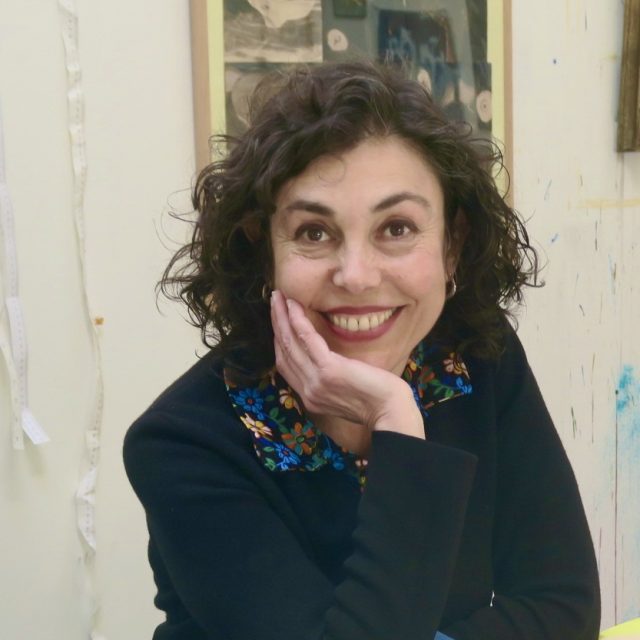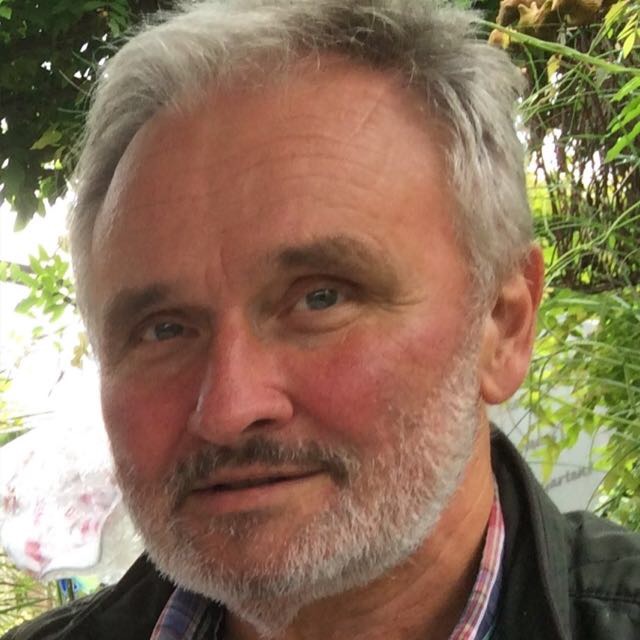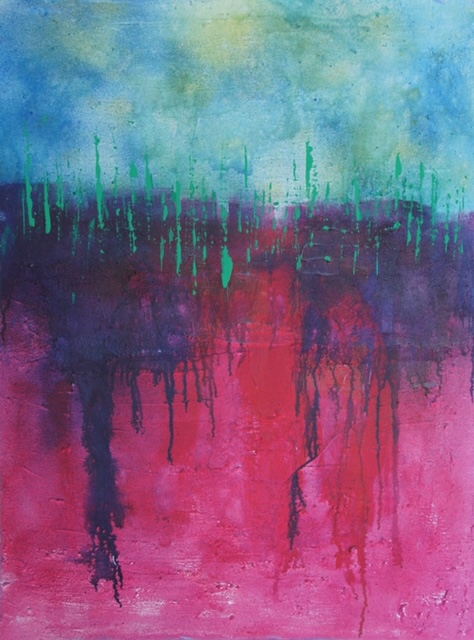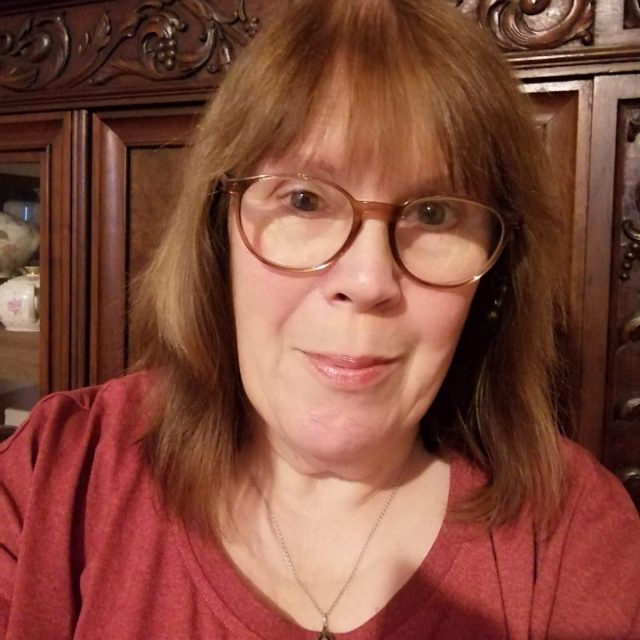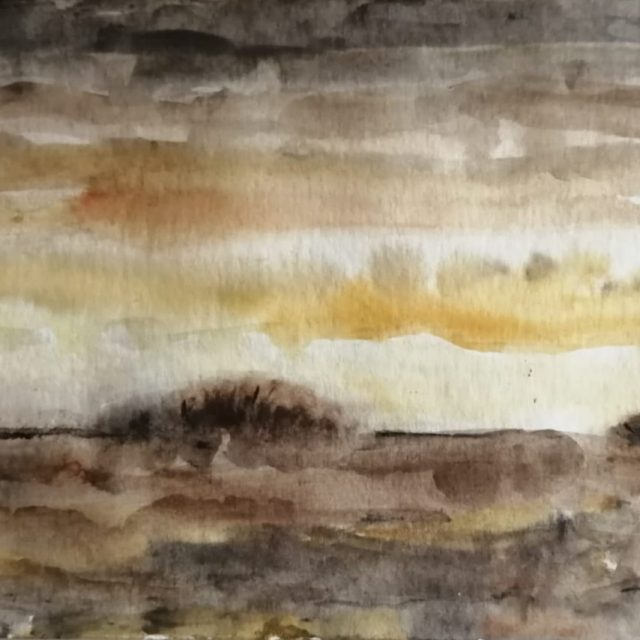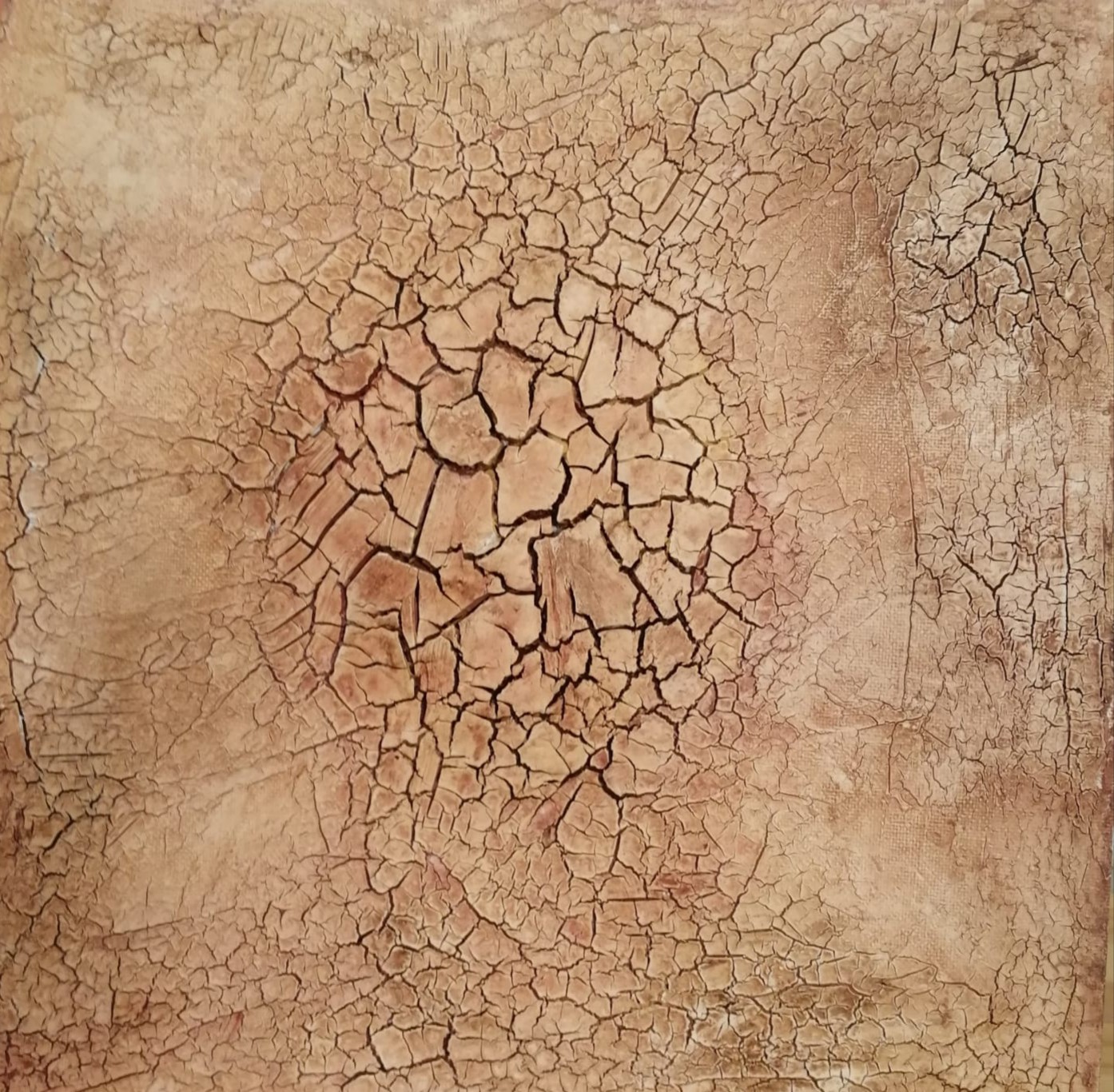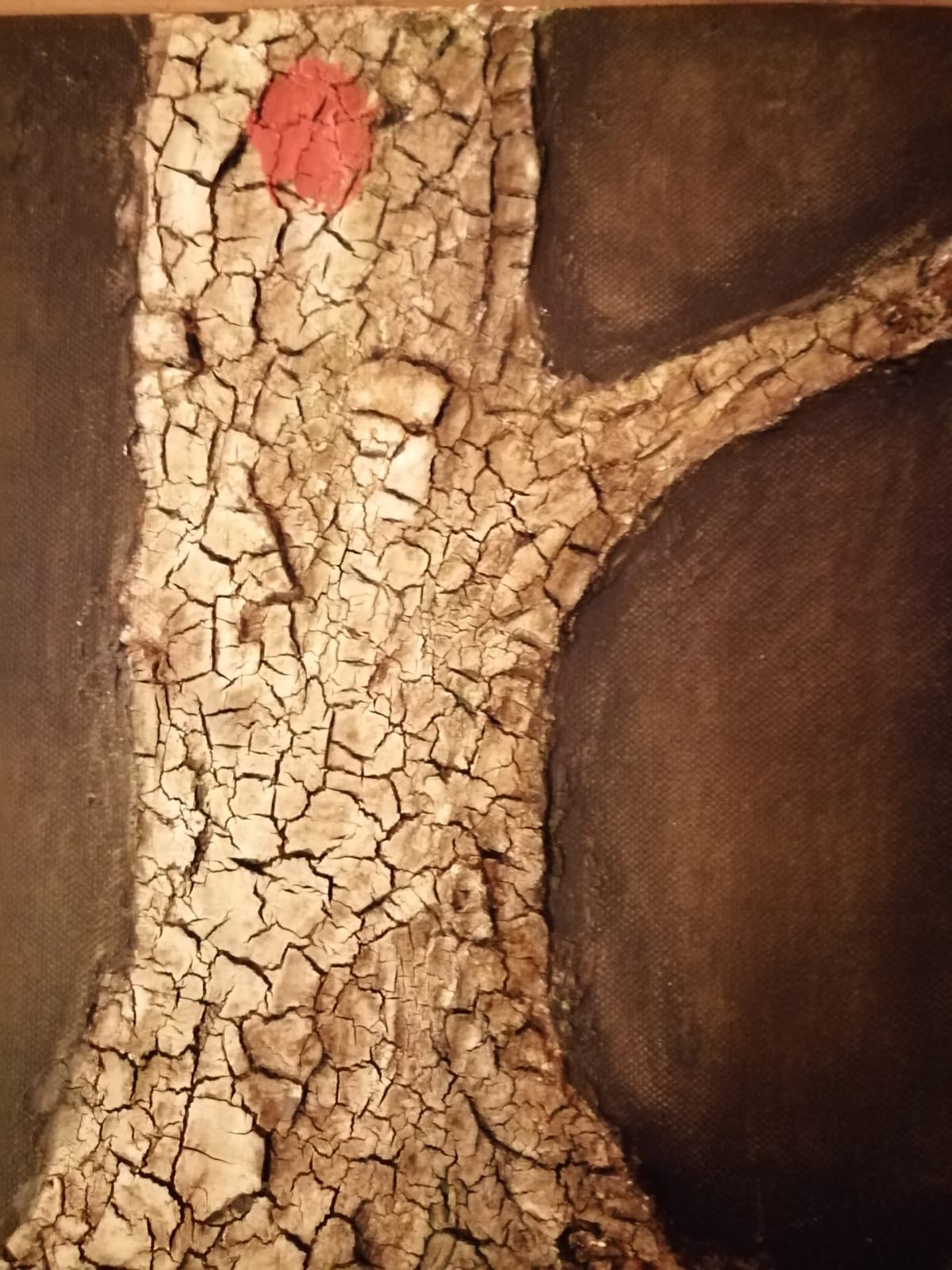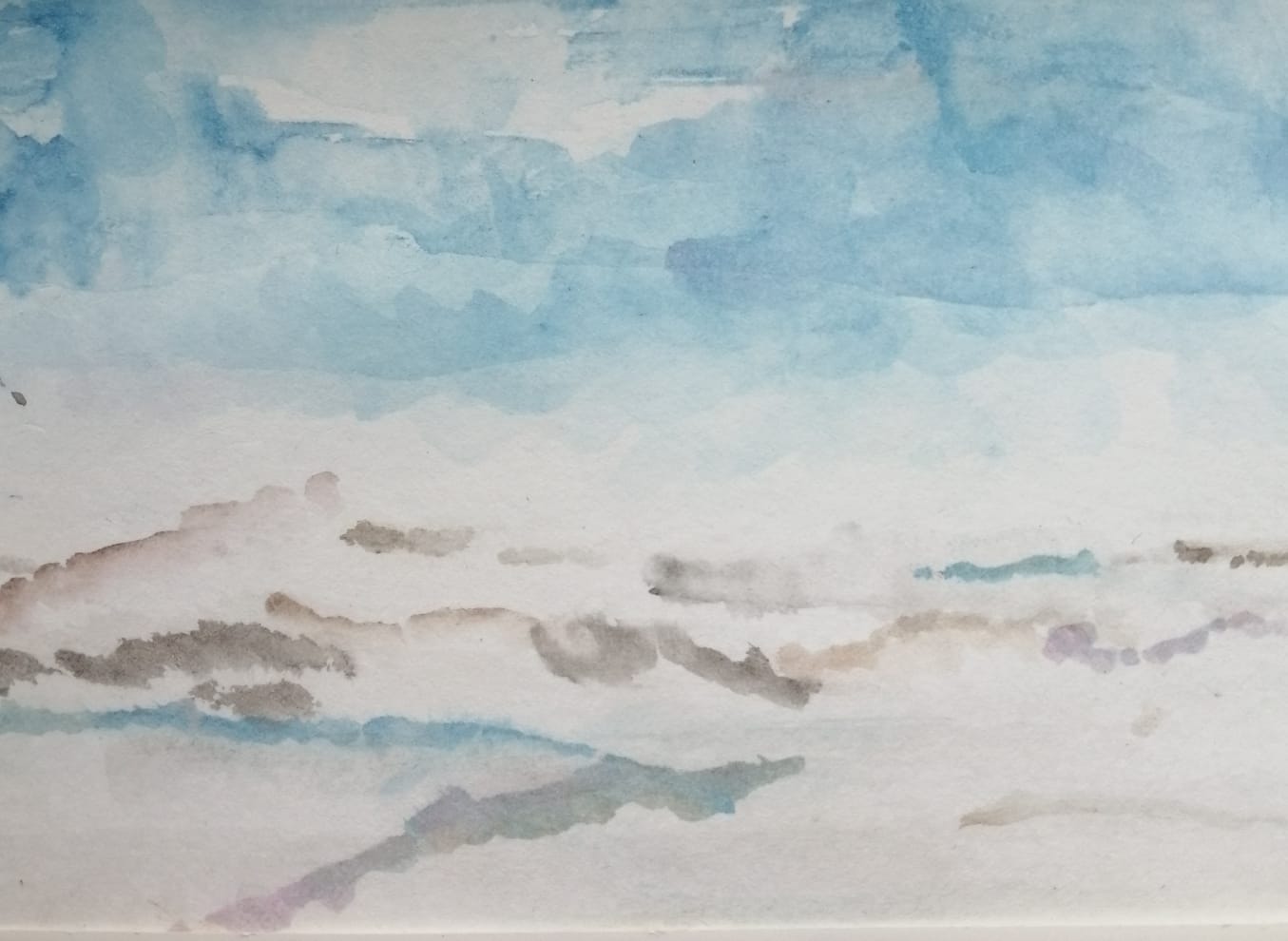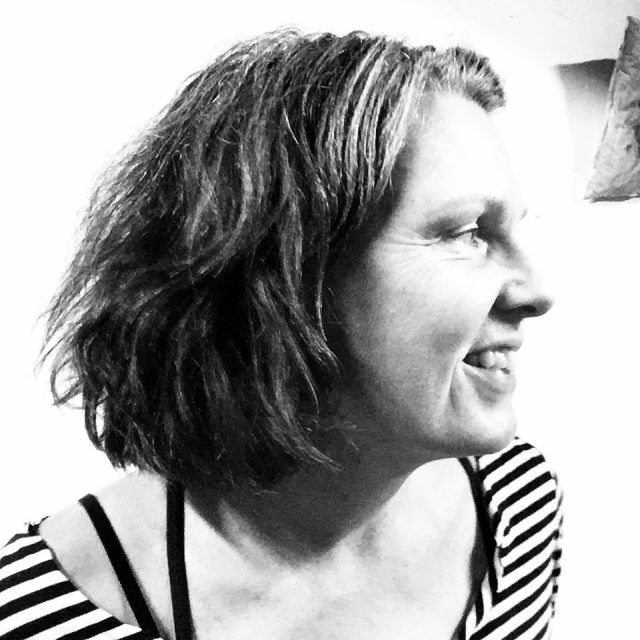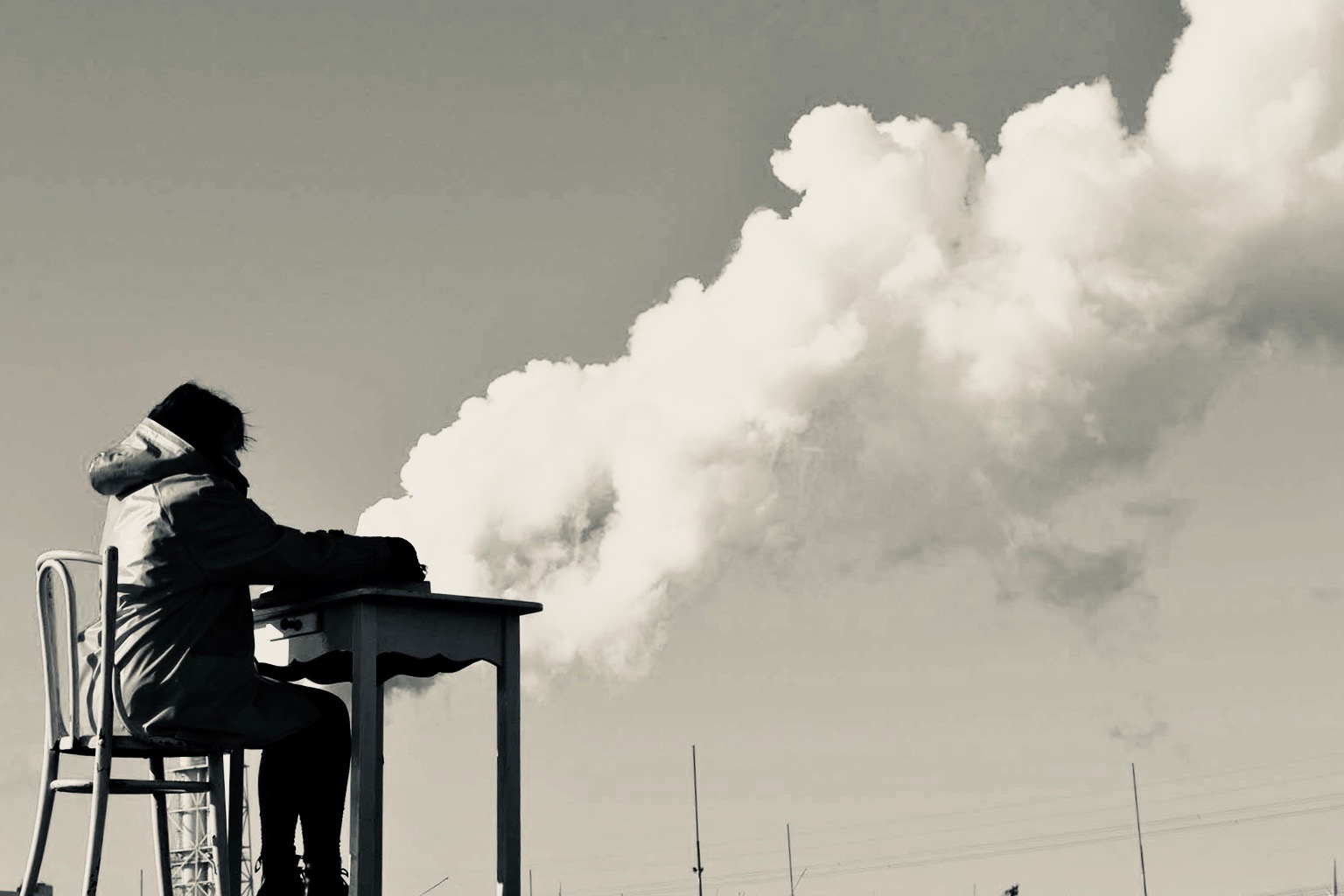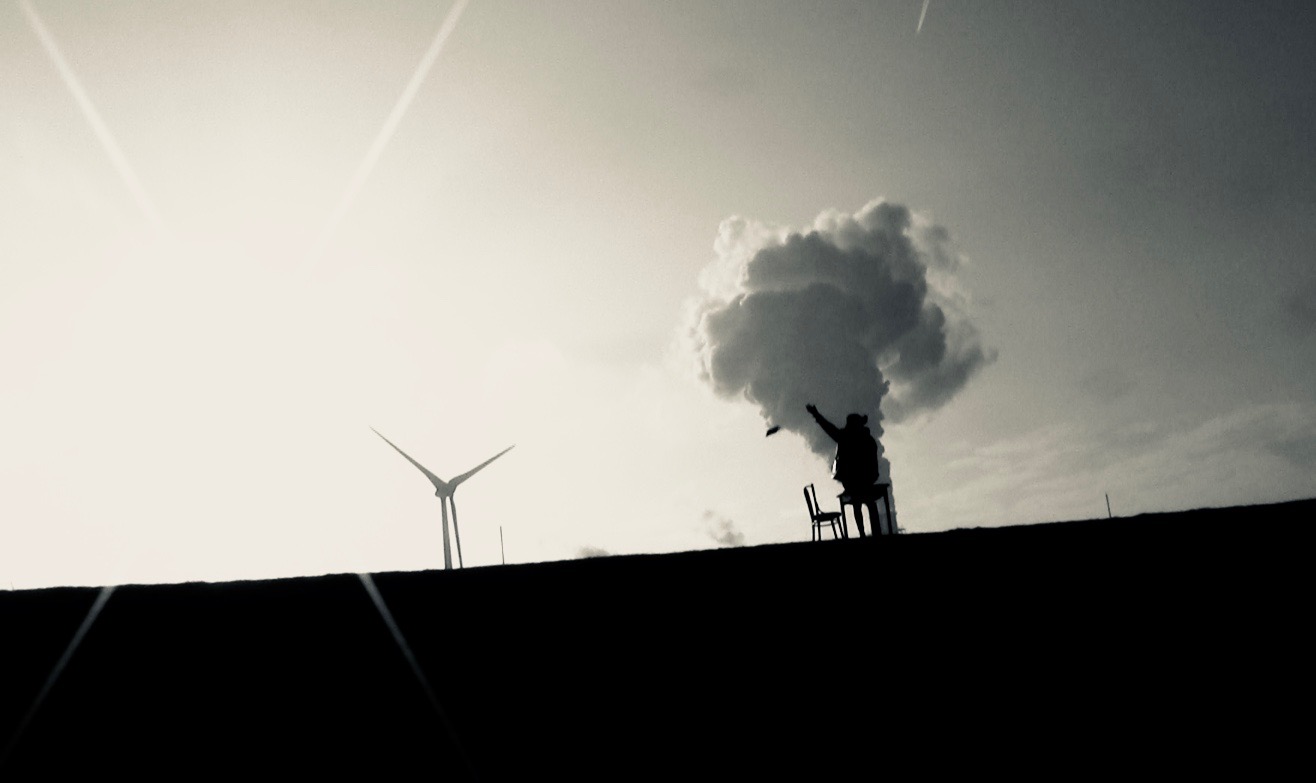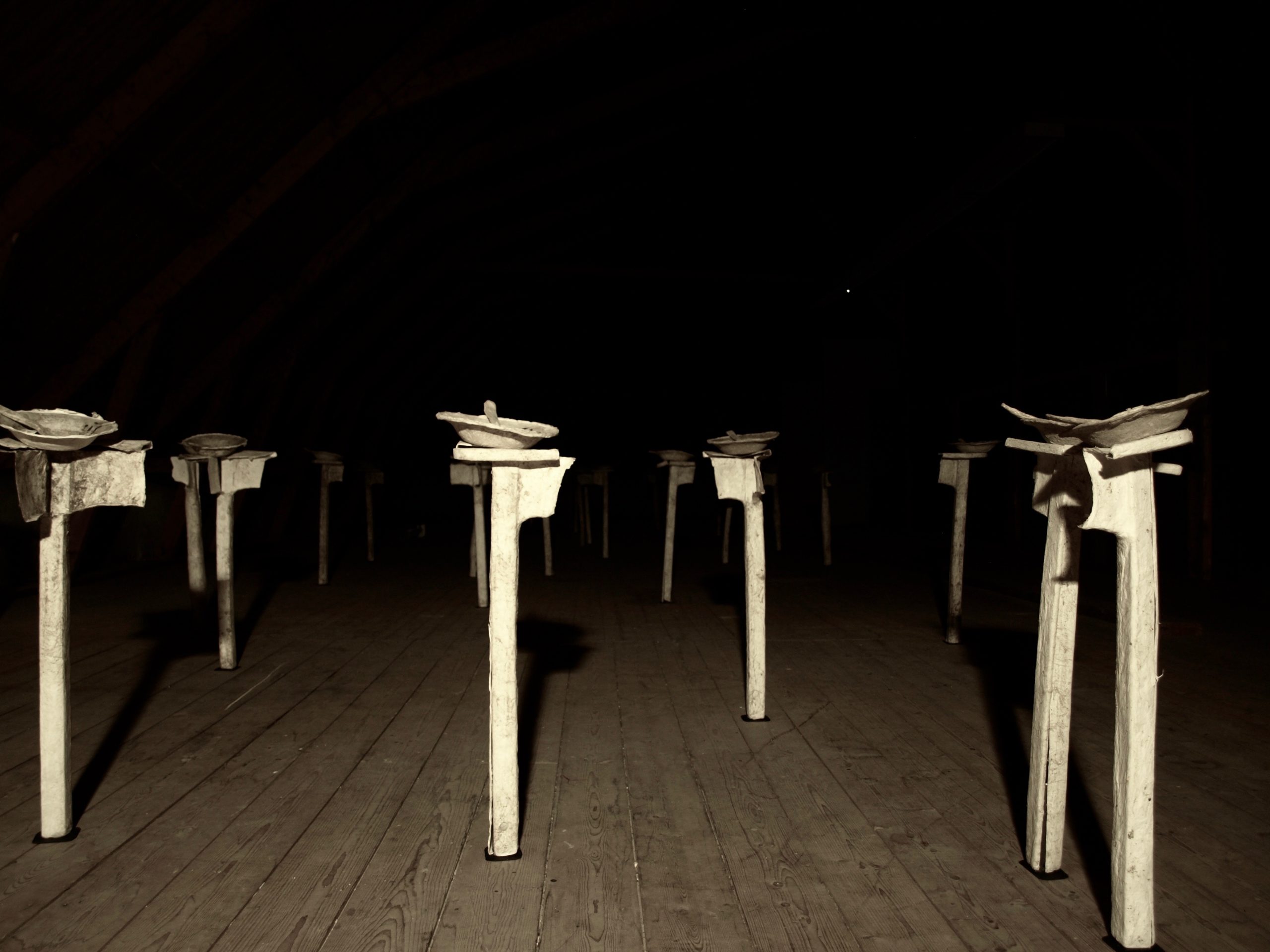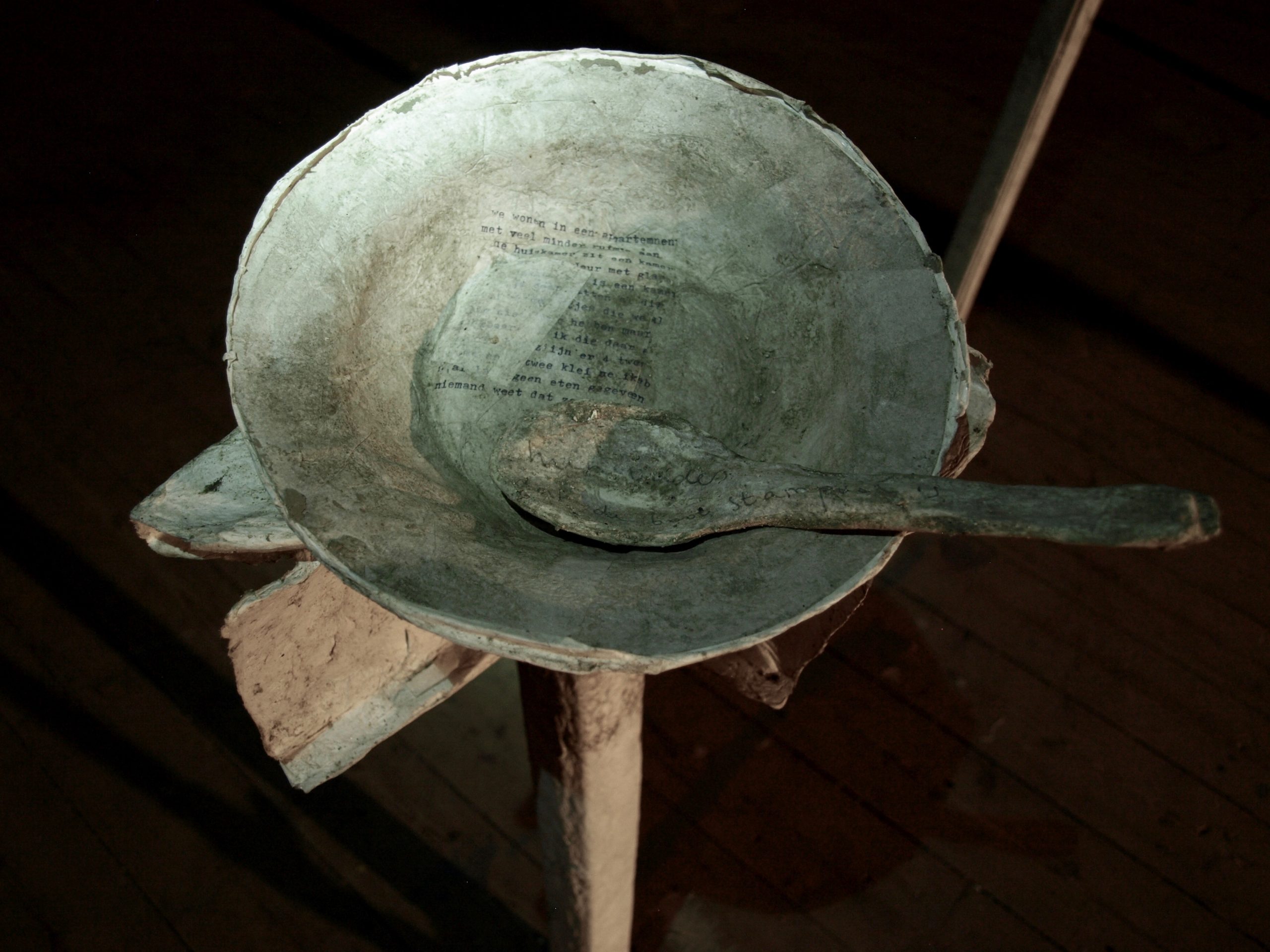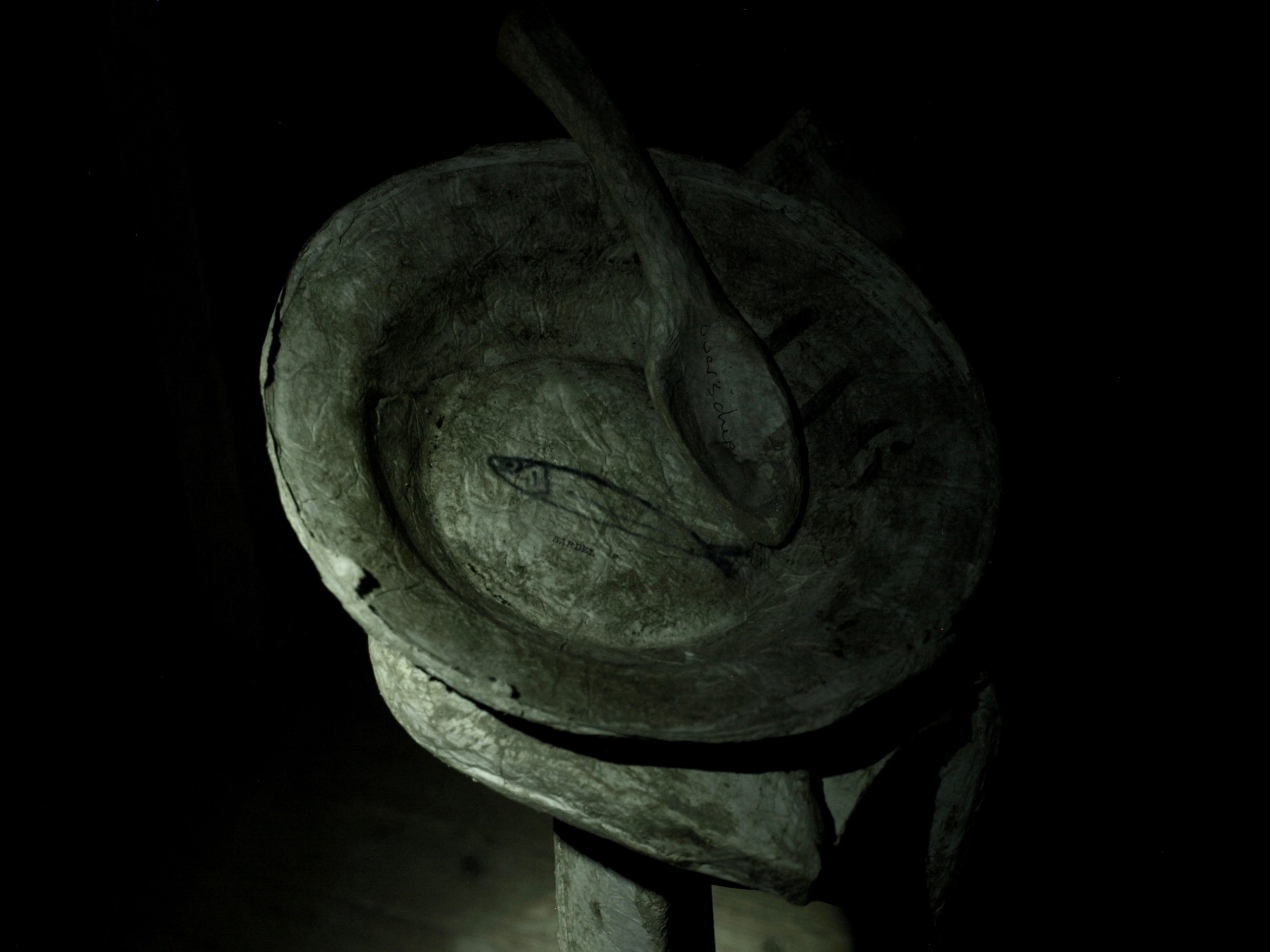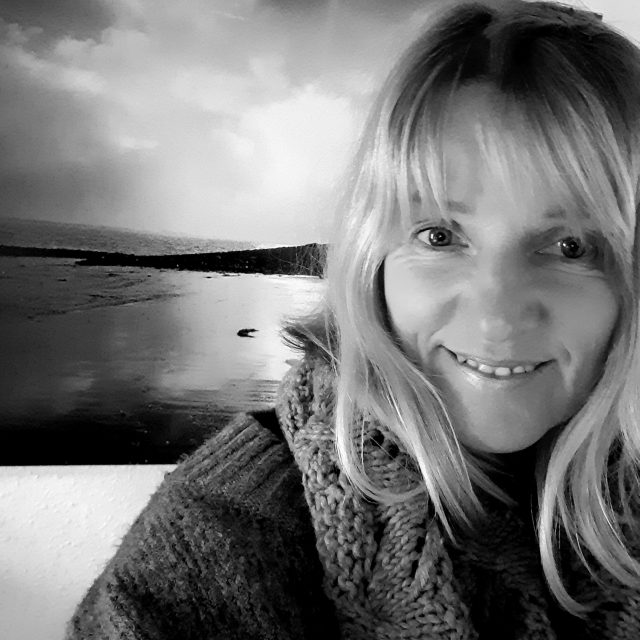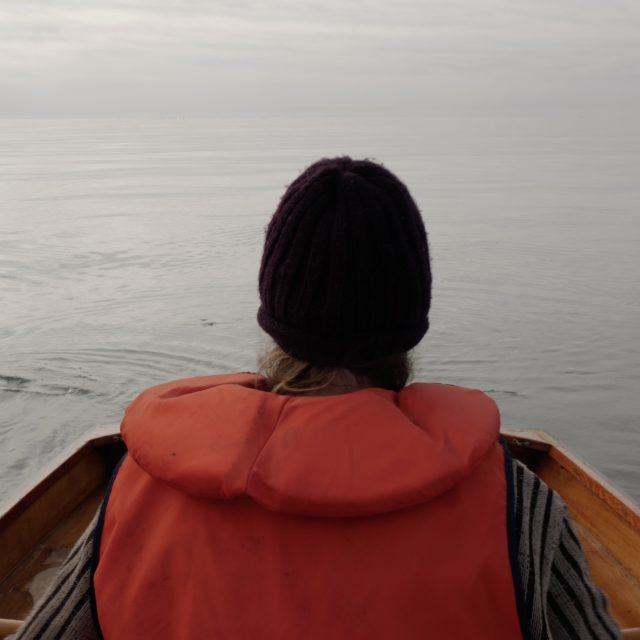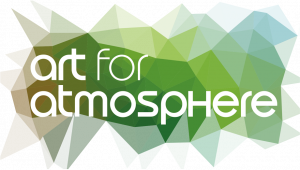Kunstenaressen en Kunstenaars
Hier vind je iedereen die heeft bijgedragen of nog steeds bijdraagt aan ons projekt.
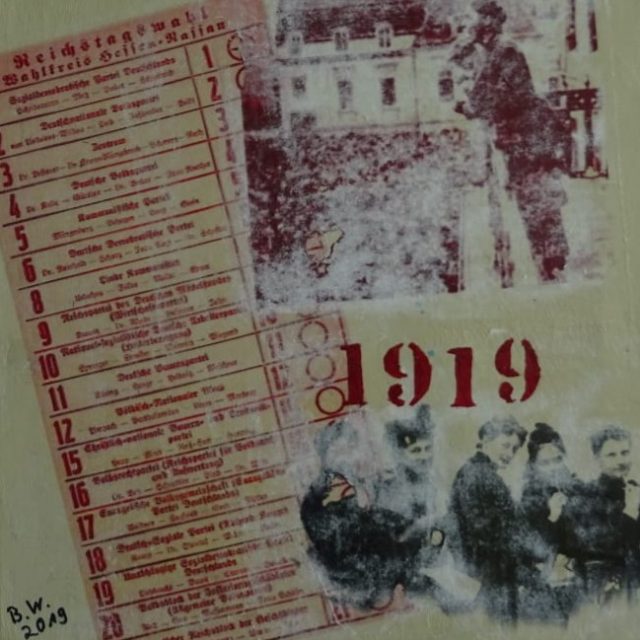
Birgit Weißenborn
Womans Choice – Birgit Weißenborn
Mischtechnik auf Leinwand 30×30
Statement
Der Women´s March in Washington war ein Protest-Marsch für Frauen- und Menschenrechte und gegen Donald Trumps rassistischen und geringe Wertigkeit von Frauen implizierenden Reden. Ein Erkennungsmerkmal waren die rosafarbenen “Pussyhats”.
Women´s Choice steht für das Frauenwahlrecht, das vor 100 Jahren in Deutschland in Kraft trat. Die erste Frau die in einem demokratisch gewählten, deutschen Parlament sprach war: Marie Juchacz. Dies wurde auch durch die Frauenstimmrechtsbewegung mit Anita Augsburg, Marie Stritt, Lily Braun, Minna Cauer und Sophia Goudstikker möglich.
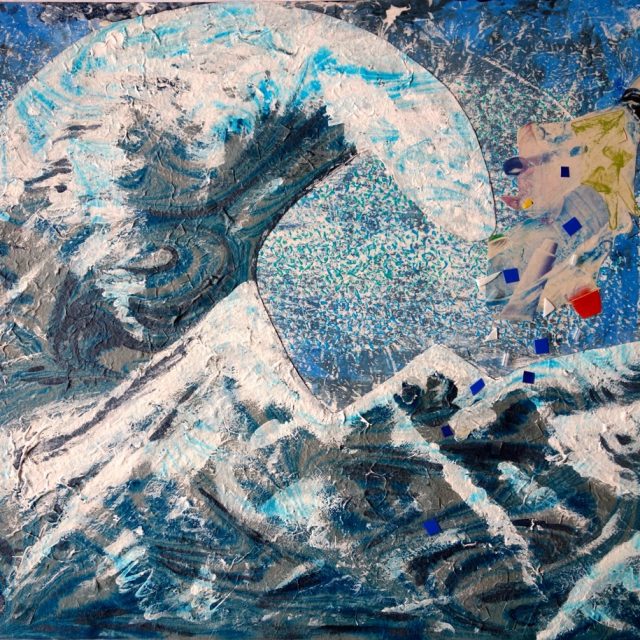
Mechthild Hartmann-Schäfers
Die große Plastikwelle – Mechthild Hartmann-Schäfers
Collage 2015 M.H.-S
Statement
Seit über 10 Jahren arbeiten wir alleine oder gemeinsam an dem Thema „Wasser ist Leben“. Uns bewegt der menschliche Umgang mit dem Wasser und seine zum Teil gravierenden Folgen – und das sind nicht nur die Plastikteile in Flüssen und Meeren. Millionen Menschen haben immer noch keinen Zugang zu sauberem Trinkwasser, die Privatisierung von Wasser wird vorangetrieben (Wasser als Ware)… Die Liste ließe sich fortführen. Es ist an der Zeit, etwas zu ändern! Von daher verstehen wir unsere Ausstellung auch als ein politisches Statement. Kunst kann, ja muss in dieser unserer Zeit Position beziehen und am gesellschaftlichen Diskurs teilnehmen.
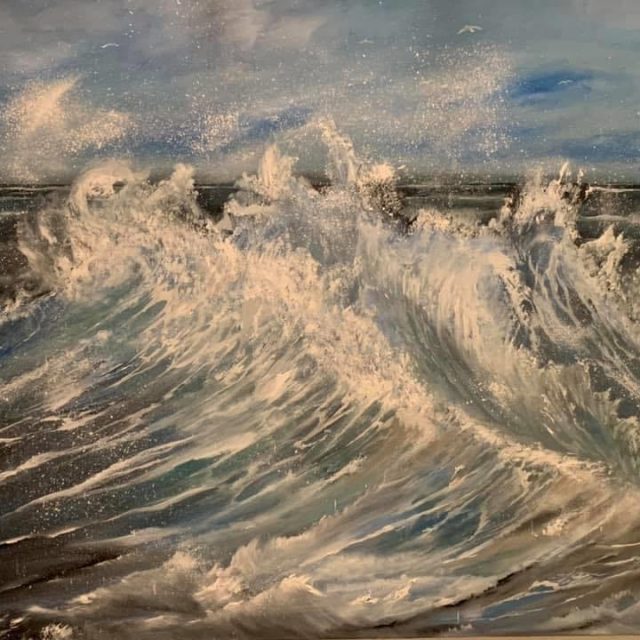
Erika Willers
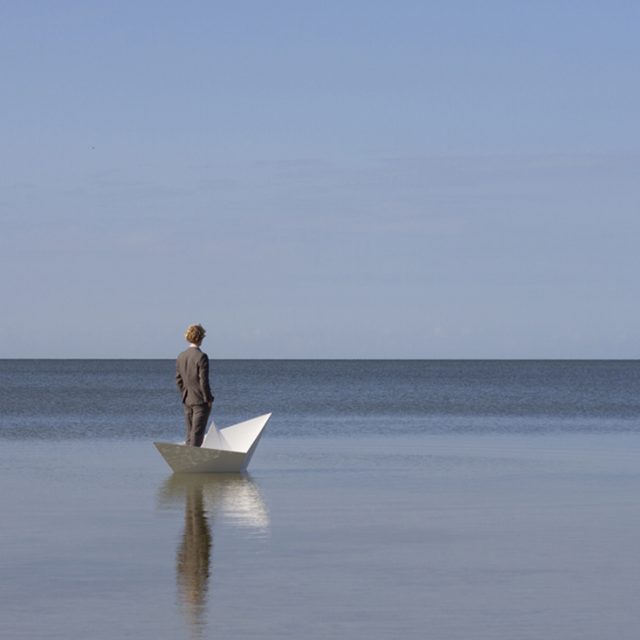
Aebele Trijsburg
Aebele Trijsburg (Barchem, Netherlands, 1991) graduated in 2013 from the art academy Minerva in Groningen. He has been working as an interdisciplinary artist ever since. To him, art is a game of meaning. He often puts everyday things into a different context, triggering a re-evaluation of what we experience as correct and normal.
In 2020, Aebele was asked by Noorderlicht and SIGN to join an artistic research project about the future of the northern Dutch landscape. He decided to take a closer look at sea level rise. In the resulting presentation (31 october 2020 -10 jan 2021, Noorderlicht Studio) Aebele pictured some limitations of the core Dutch solutions in watermanagement such as dikes, polders and pumping stations and suggested a change of mentality in which our fight against the sea would be turned into a co-operation with the sea.
Exhibition
What if / the future of the northern landscape
31 oct 2020 – 10 jan 2021, Noorderlicht Studio, Akerkhof 12 Groningen
At the beginning of this year, SIGN and Noorderlicht launched the research project ‘What If’ out of a shared interest in the development of the northern landscape. Artists Linde Ex and Aebele Trijsburg have spent the past few months dealing with the question: what will the future northern landscape look like? Initially they started the research process together. Along the way, Linde and Aebele veered into two independent directions, the results of which are presented together.
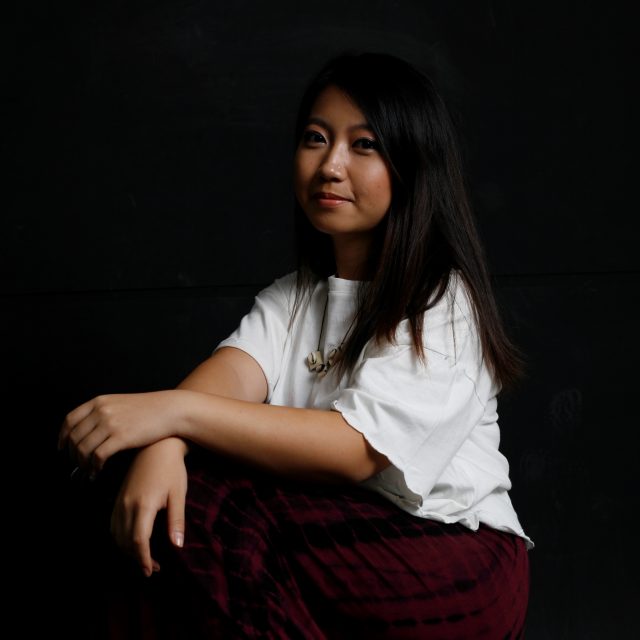
Sheng Jie Snow
Sheng Jie Snow
Snow has a background in Industrieal Design and has completed MA education in MADtech (Media, Art, Design & Technology) from Frank Mohr Institute, Groningen. She offen works with light and shadow and explores the ephemeral beauty of materials. Her work discuss identity and interaction between humans and space.
Email: shengjiesnow@gmail.com
Kunstwerk:
Currently, Snow is focusing on art for climate adaptation. Heat stress and its influences has been a crucial issue to our environment and livability ervery year. However many actions can be taken by the public to slow downthe global warming progress. Snow would like to create an interactive installation, which allows the public to feel the temperature change and bring attention to heat stress issues.
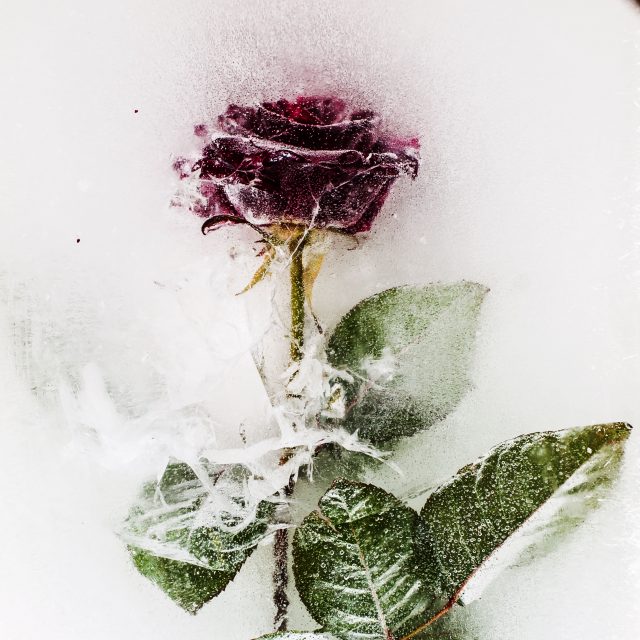
Melanie Boomgaarden
Melanie Boomgaarden
Die Künstlerin lebt auf der Insel Juist.
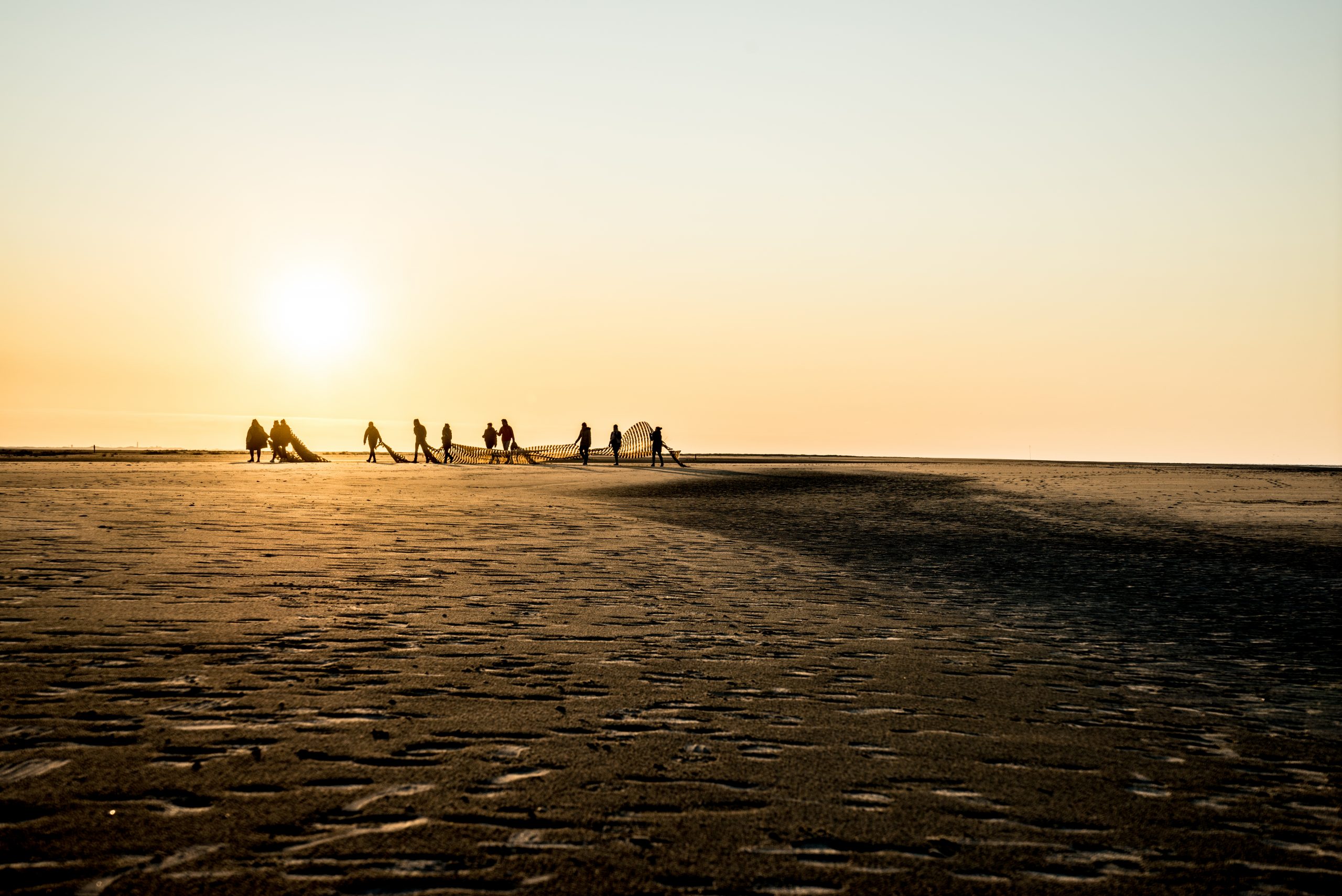
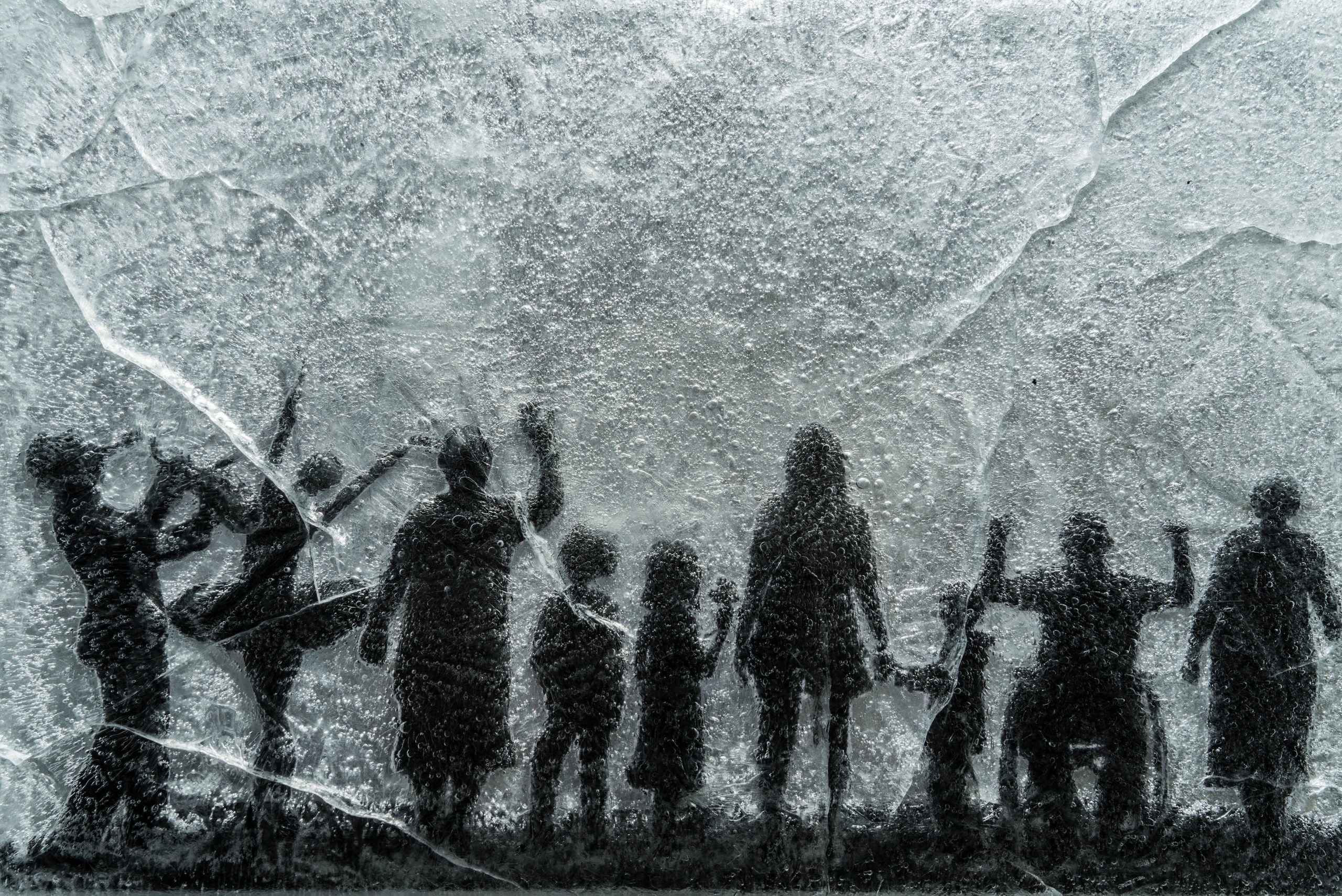

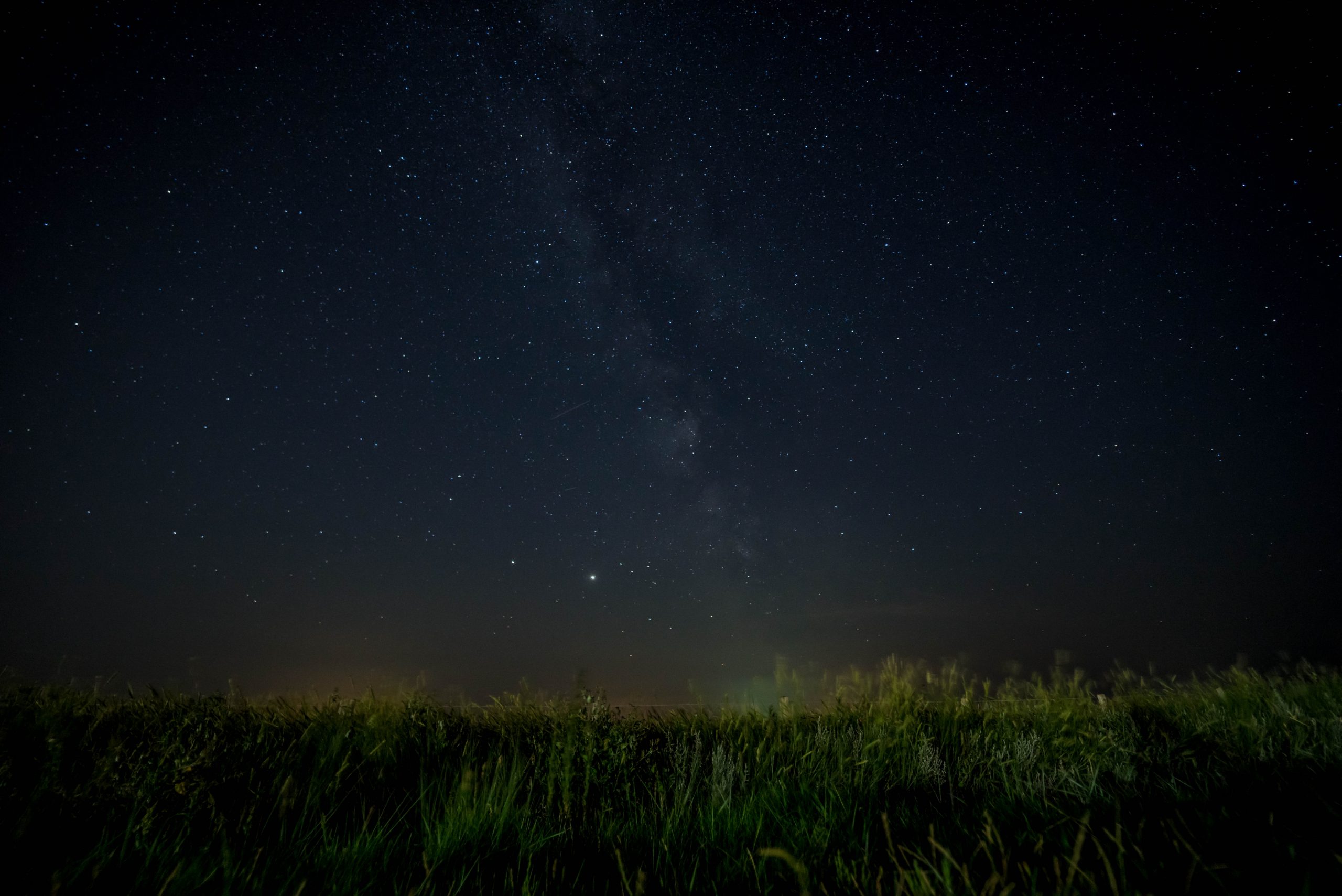
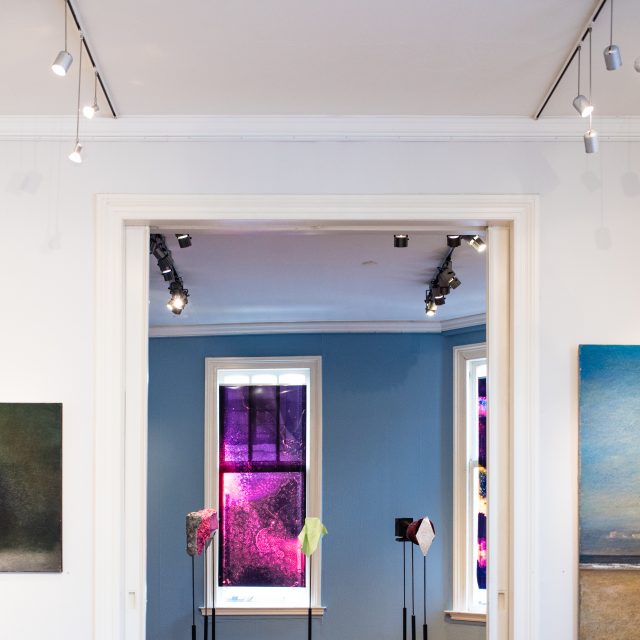
Edward Slaviero
Edward Slaviero
Edward Slaviero is a material researcher. All his projects are showcasing extensions of what we believe a material should be or look like. He is curious, he is always looking past what he has in front of him. He questions, analyses and plays with the restrictions given by a material.
His artistic goal is focused on sustainability and recycling, where he dedicates his projects to the exploration of plastic and its morphology. The aim is to change the image people have of the material, by presenting it as something valuable and precious rather than a single use functional item. During his studies, Edward participated in major competitions. In 2016 he was selected as one of the 10 finalists of the “FSC Design Award Competition” on sustainable design using the tropical wood as material. He continued to show initiative on plastic waste and made it to the 20 finalists of the international “DOPPER Changemaker Challenge”, by Dopper Foundation. Lastly, his graduation project Plastic’s Morphology presented in December 2018 was exhibited at the Gallery De Twee Pauwen in The Hague in August 2019. In the same year, the project was recognised during the internationally renowned Dutch Design Week (DDW) in 2019 in Eindhoven and at Isola Goes Digital (a section of the Salone del Mobile of 2020). Planned exhibitions include “Een Plastic Wereld” (transl. A Plastic World) at the MartiniPlaza in Groningen (date yet to be announced due to COVID-19), as well as the Milano Design Week – Salone del Mobile in September 2021.
https://cargocollective.com/EDWARDSLAVIERO
What would happen if we recognised an aesthetic value in plastic, rather than just a functional one? Would that mindset save the material from its quick and immoderate discarding? ‘PLASTIC’S MORPHOLOGY’ showcases properties typical of each 7 types of plastic, as to create a dialogue of awareness about their characters which make them unique and valuable. The 7 sculptural objects were made with the plastic harvested from several beach clean-ups at Scheveningen and Maasvlakte, The Netherlands.
Plastic´s Morphology
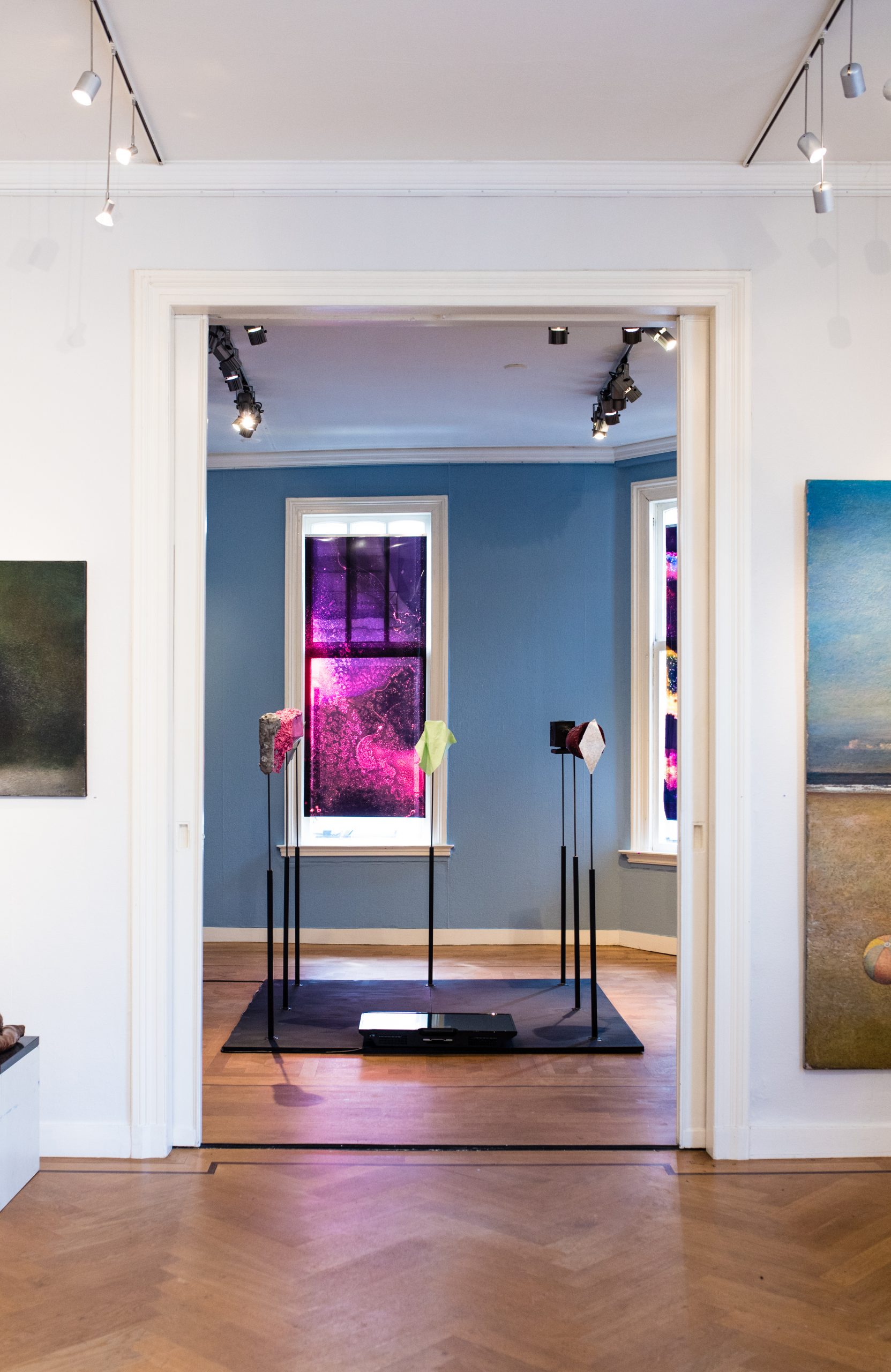
Plastic´s Morphology
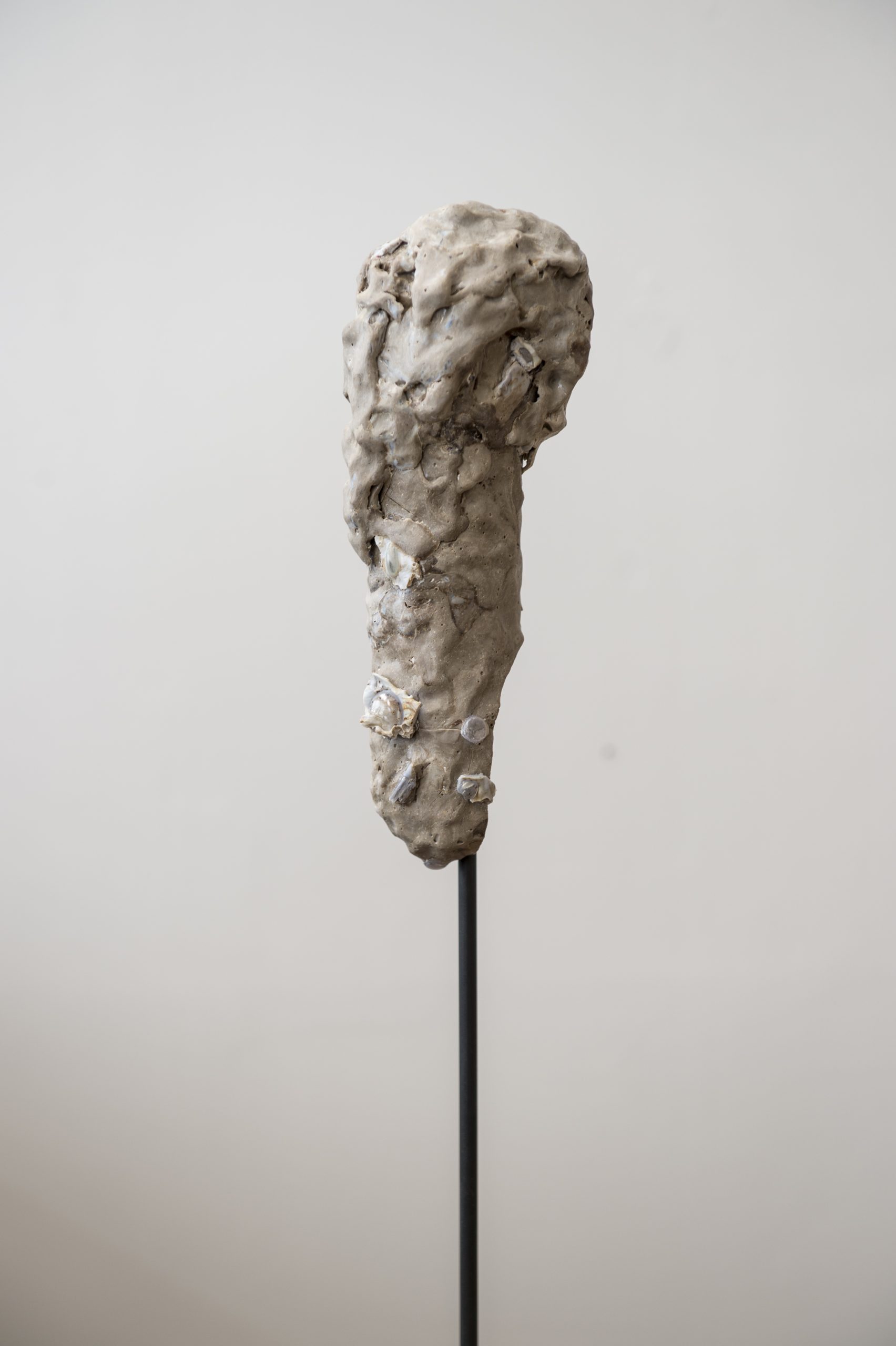
Plastic´s Morphology
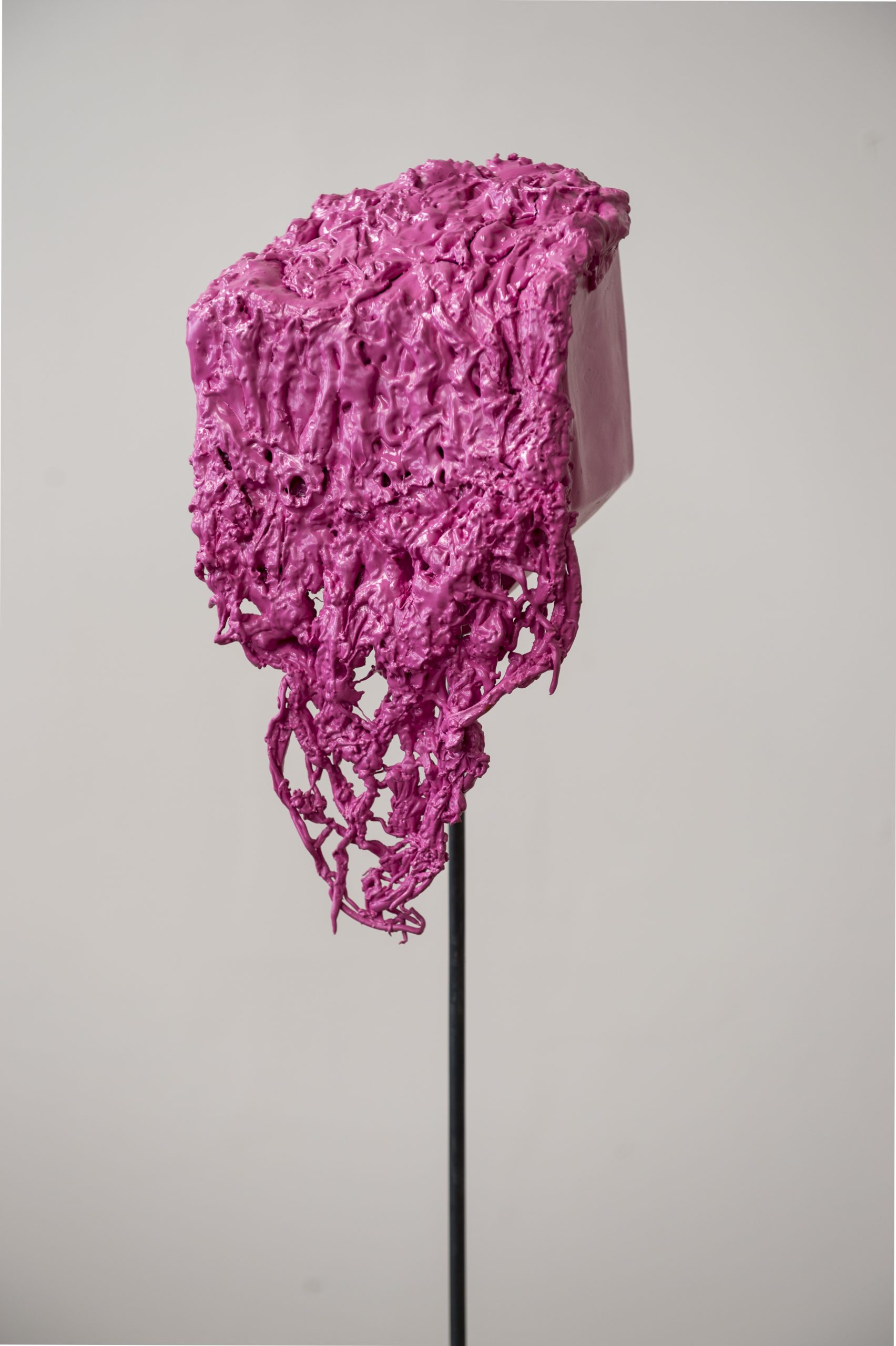
Plastic´s Morphology
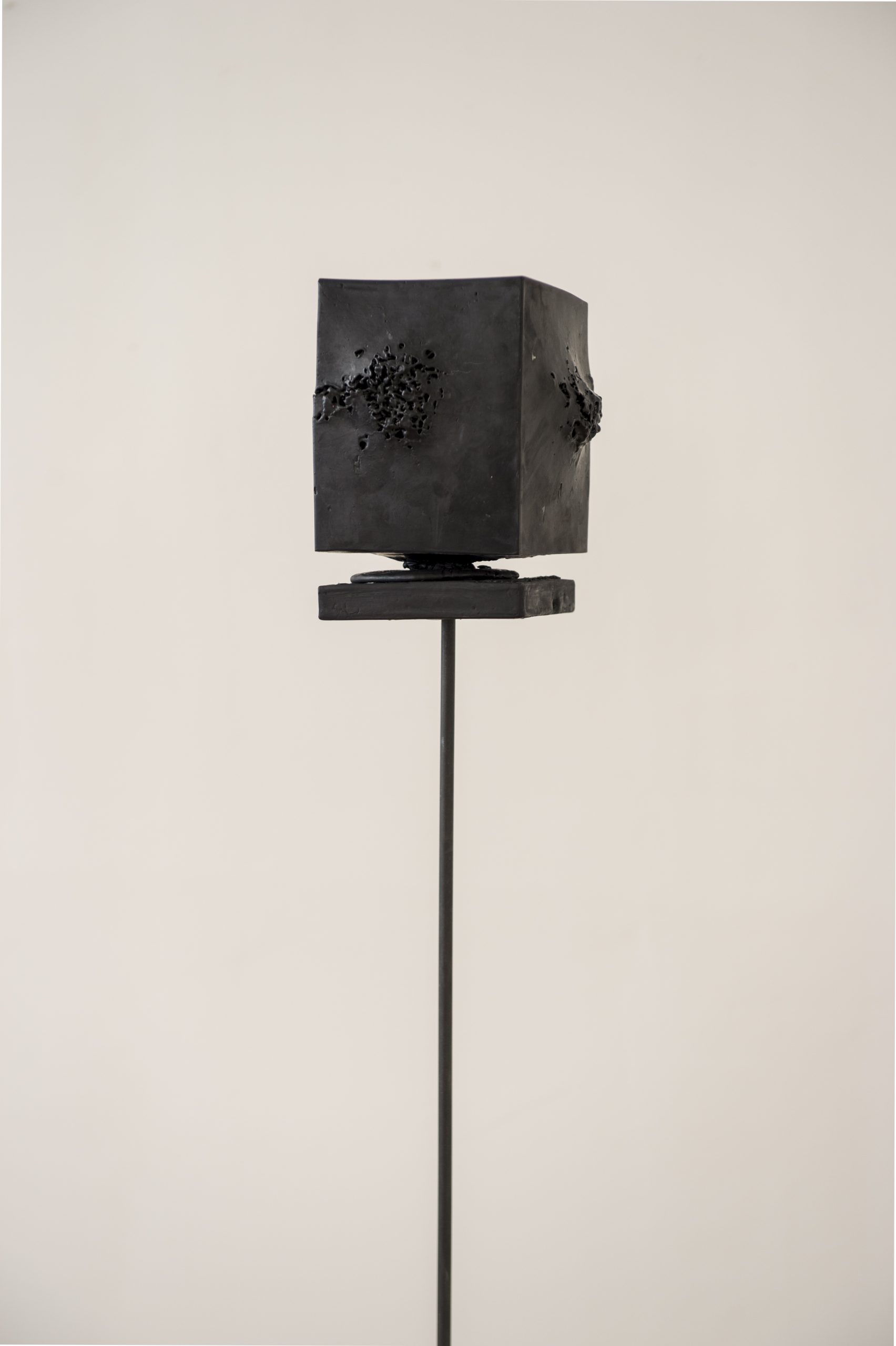
Plastic´s Morphology

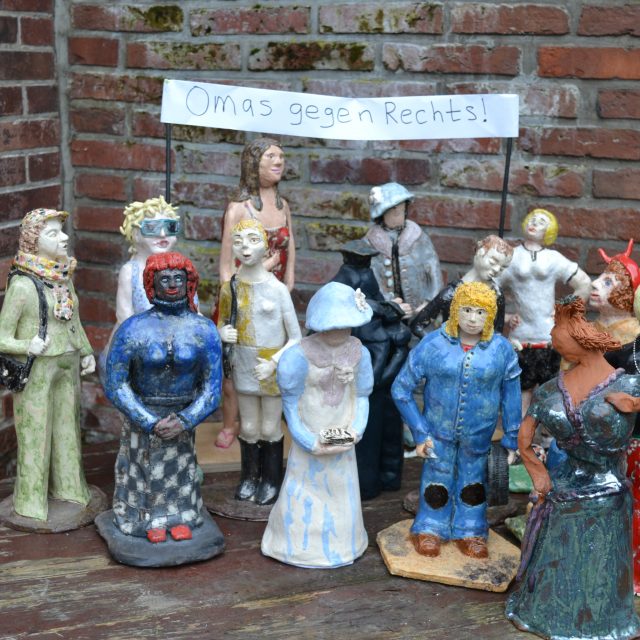
RAKU-Gruppe der LAK
RAKU-Gruppe der Ländlichen Akademie Krummhörn-Hinte e.V.
Mitglieder: Grete Haas, Helga Janßen, Gerd Anderson, Uda Boersma, Hielkje van Damme, Johanna Lammers, Erika Nikoleizig, Jannette Wilts
Wir, die Gruppe Raku-Keramik der LAK, unter der Leitung von Hielkje van Damme haben uns mit dem Thema intensiv auseinandergesetzt und möchten dazu einen Beitrag zum Thema leisten.
Hierzu Folgendes:
Wo anfangen, denn wir wollen ja eine Brücke schlagen zu unserer Heimat.
Beginnen wir mit dem Klimawandel der Antarktis wo die Pinguine und andere Seevögel steigenden Temperaturen und höheren Niederschlägen immer mehr ausgesetzt sind, die zu Brutverlusten führen. Das Arten, die stark an Eis gebunden sind, sich weiter nach Süden zurückziehen. Dagegen nehmen Arten aus wärmeren Gebieten ihren Platz ein.
Der Krill spielt als Nahrung für die Pinguine und zahlreichen Organismen eine wichtige Rolle. Der Krill ist eine kleine Leuchtgarnele und kommt in großen Schwärmen vor, die auch zu kosmetischen Produkten verwendet werden.
Auf einen umfassenden Schutz der Antarktis haben sich die Vertragsstaaten im Umweltschutzprotokoll zum Antarktis Vertrag bekannt und zur Erhaltung ihrer Eigenart und Ursprünglichkeit geeinigt.
Die Antarktis ist stärker als der Rest der Welt vom globalen Klimawandel betroffen, ganz besonders die antarktische Halbinsel.
Nun der Unterschied zur Arktis, wo die Eisbären beheimatet sind und die Gefährdung der arktischen Umwelt.
Der Mensch steht hier durch sein Handeln im Vordergrund.
Seine Aktivitäten gefährden den natürlichen Zustand der Arktis. Der Rückgang der Eisbedeckung macht sich dadurch immer mehr bemerkbar.
Der Schiffsverkehr nimmt immer mehr zu. Schiffsabgase verstärken die Luftverschmutzung. Es lagern sich die sogenannten Black Carbon ab. Sie färben die Oberfläche des Eises petrolfarben und vermindern die Rückstrahlfähigkeit des Eises, wodurch es noch schneller schmilzt.
Das Abwasser der Schiffe und die Abfälle verunreinigen die Meere. Auf Wale und Robben wirkt sich der Lärm schädigend aus. Durch Havarien der Schiffe entstehen oft kostspielige Säuberungsmaßnahmen.
Auch durch die Ausbeutung des Rohstoffreichtums von Erdöl- und Erdgasförderung durch Bohrungen geht eine Gefährdung der Umwelt aus. Durch die dadurch entstehenden Verschmutzungen der Luft und des Bodens, kann es zu gesundheitlichen Schäden bei Mensch und Tier kommen.
Die Auswirkungen des starken Temperaturanstiegs in der Arktis führen zum sichtbaren Abschmelzen der arktischen Eismassen.
Eisbären, Robben und Seevögel verlieren ihren Lebensraum. Das gilt auch für die Fischbestände die durch geringere Eisbedeckung und höhere Wassertemperaturen beeinträchtigt werden.
Geschmolzene Gletscher bringen den Meeresspiegel zum Ansteigen und wird vor allem in Küstenregionen auch bei uns an der Nordsee zu Problemen führen.
Es darf nicht so weiter gehen wir müssen handeln:
Wir dürfen nicht zulassen, dass unsere Meere weiter mit Plastik vermüllen und die Fische sterben, Tierarten aussterben, dass wir so viel Energie verschwenden. Wir müssen unsere Wälder und den Artenreichtum der Tierarten schützen.
Stoppen wir den hohen CO2 Ausstoß.
Was tun?
Jeder sollte sich darüber Gedanken machen und sich fragen wie kann ich dazu meinen Beitrag leisten?
Wir wollen alle auf einer schönen gesunden und friedlichen Erde miteinander leben und unseren Kindern und Enkelkindern eine solche hinterlassen.
Zeig deine Bereitschaft!
Pack mit an!
Auch deine Hilfe wird gebraucht!
Die Zeit drängt!
Das ist unser Anliegen mit der Aussage durch die gefertigten keramischen Objekte.
Margrit Kroll
Omas gegen Rechts - Raku-Gruppe der LAK

Fischer - Margrit Kroll Raku-Gruppe der LAK
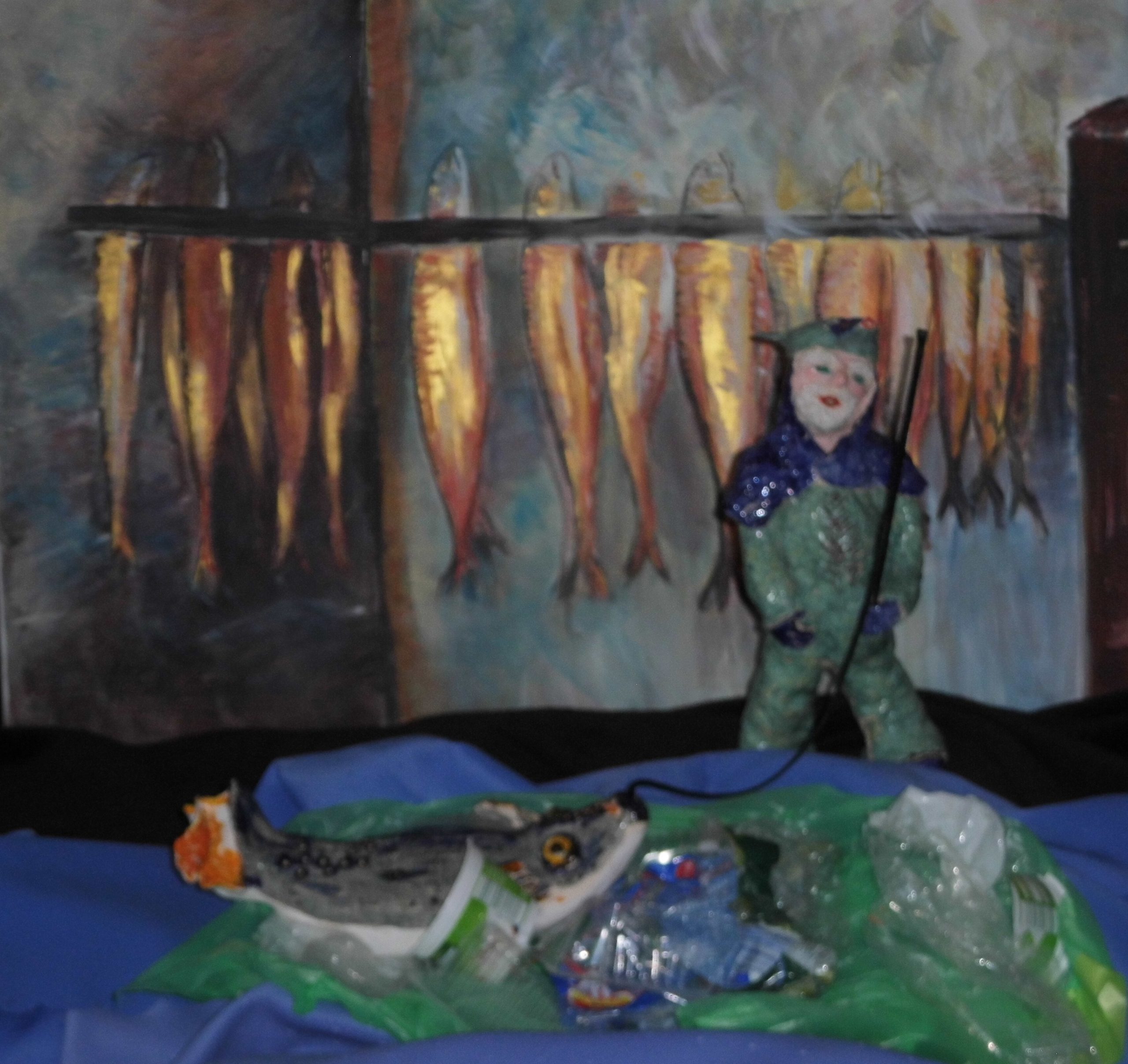
Wolkengucker - Margrit Kroll Raku-Gruppe der LAK
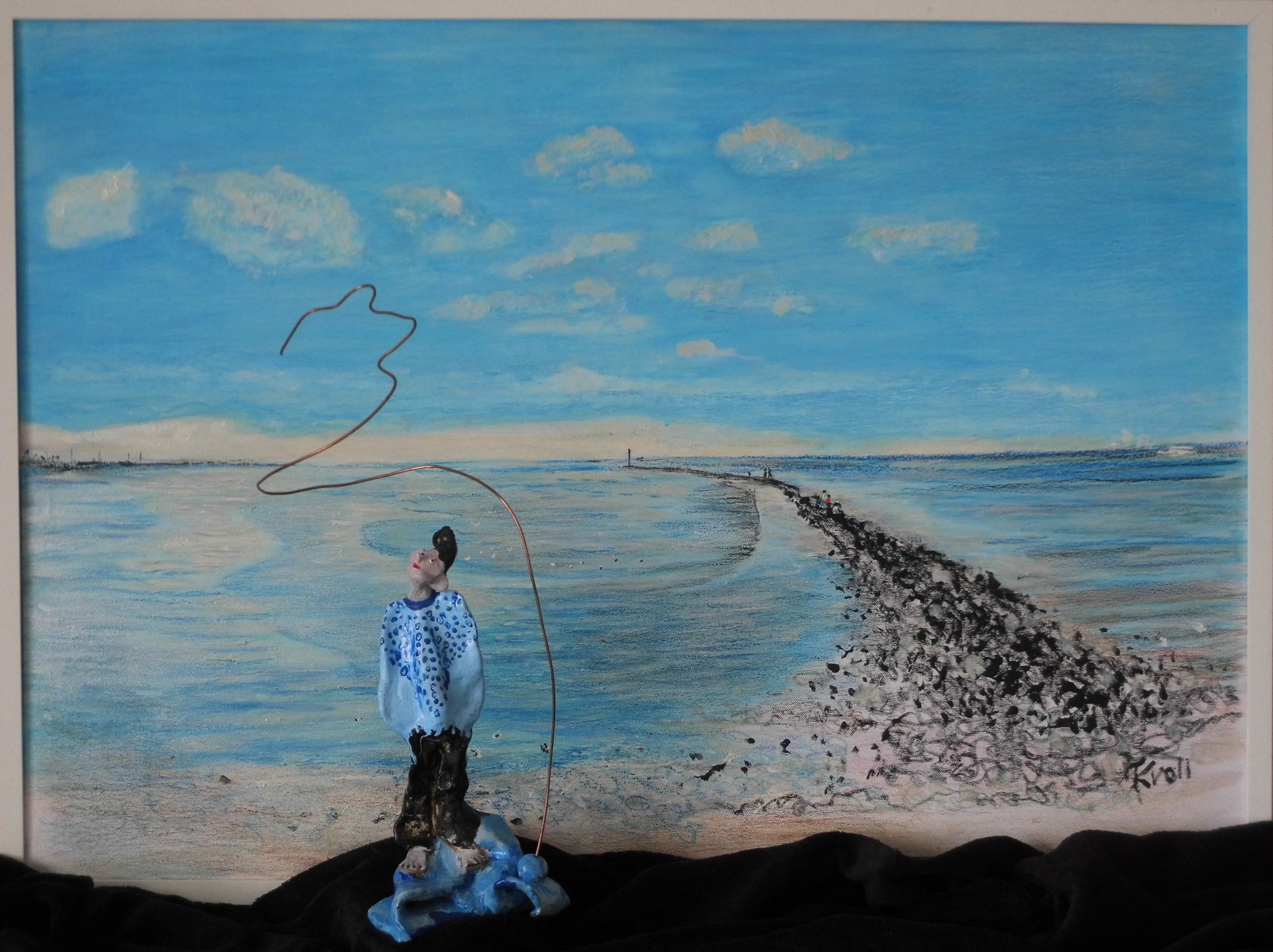
Neptun's Untergang - Grete Haas und Helga Janßen der RAKU-Gruppe der LAK

Omas gegen Rechts - Raku-Gruppe der LAK
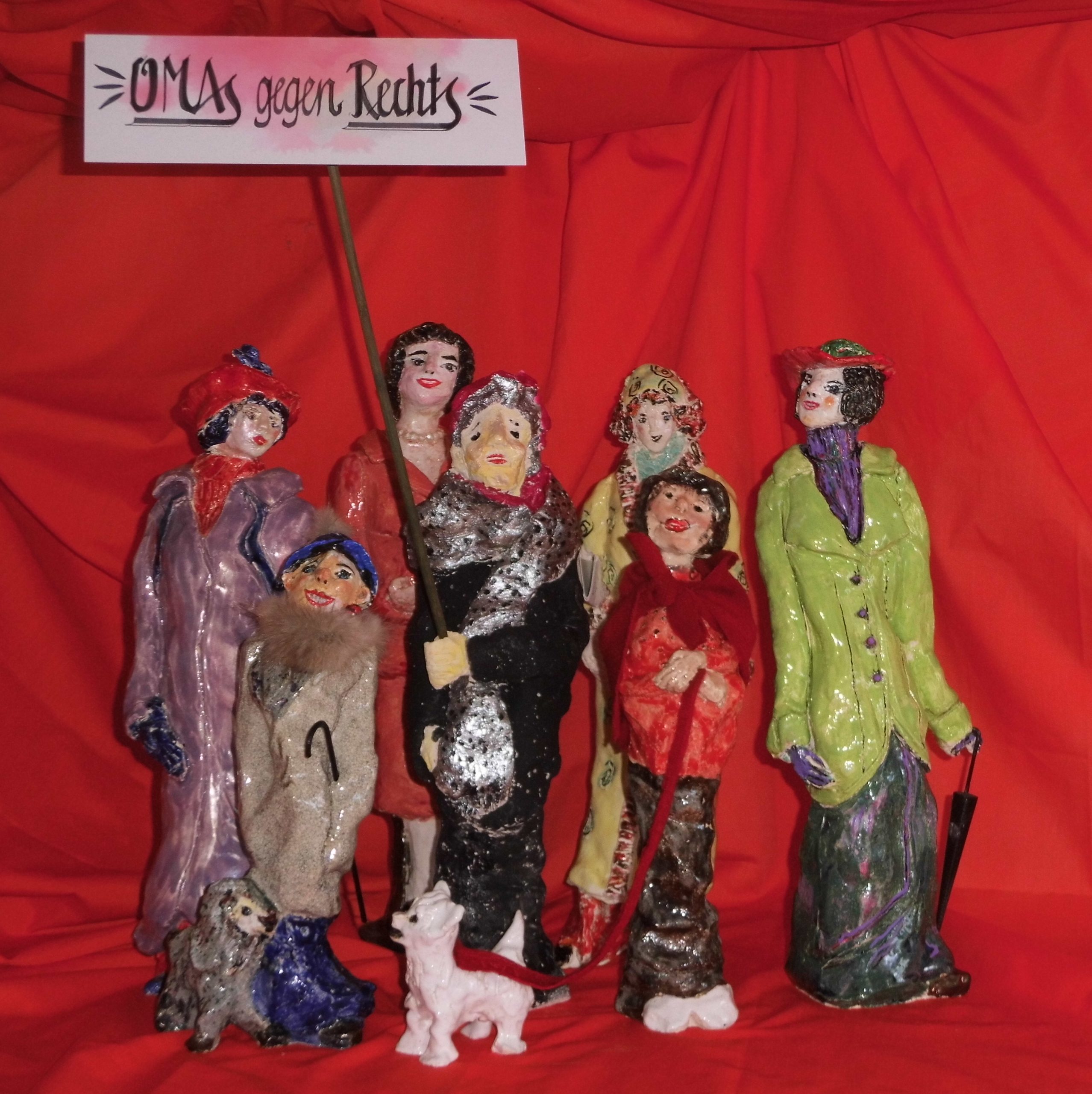
Pinguine - Margrit Kroll Raku-Gruppe der LAK
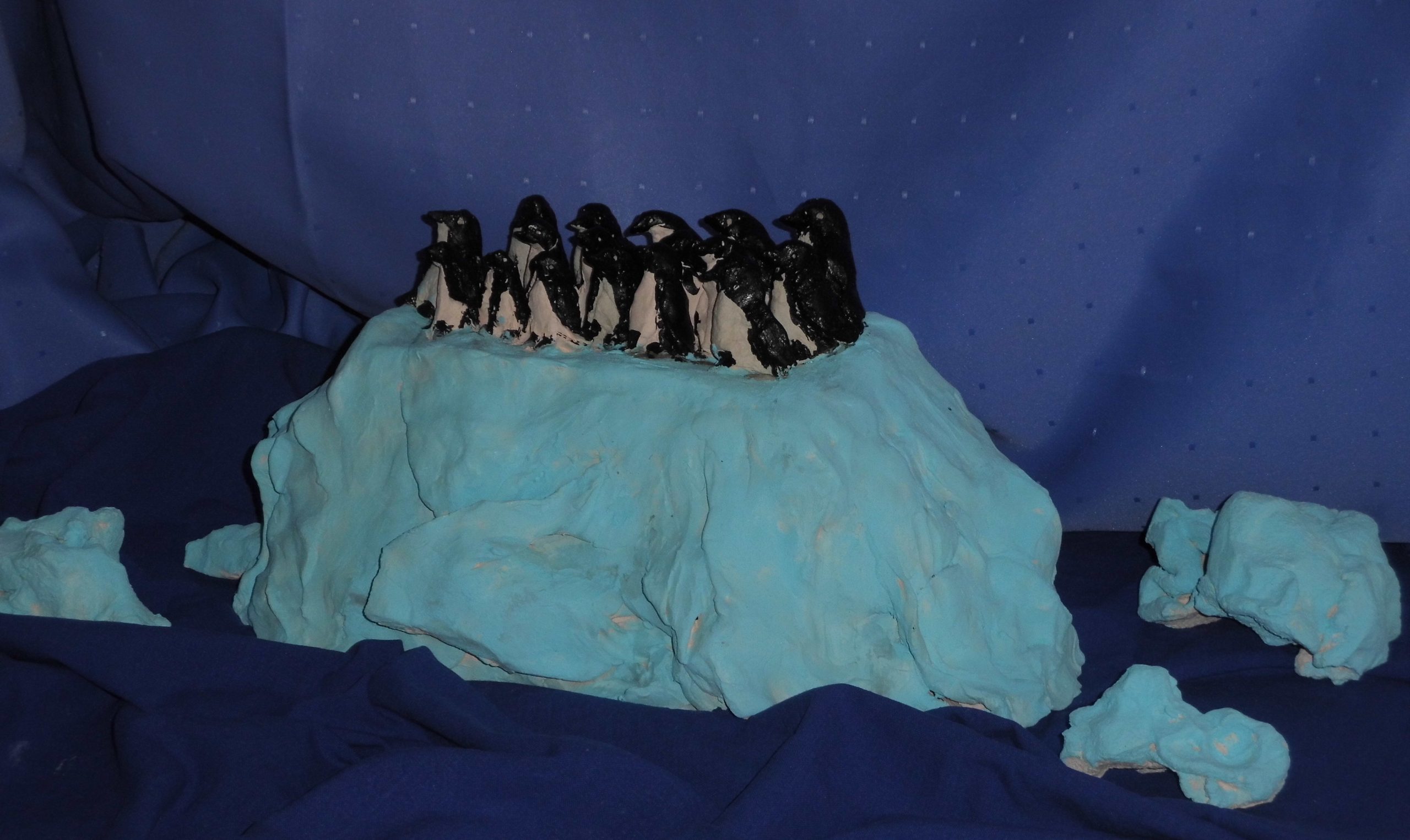
Sturm - Margrit Kroll Raku-Gruppe der LAK
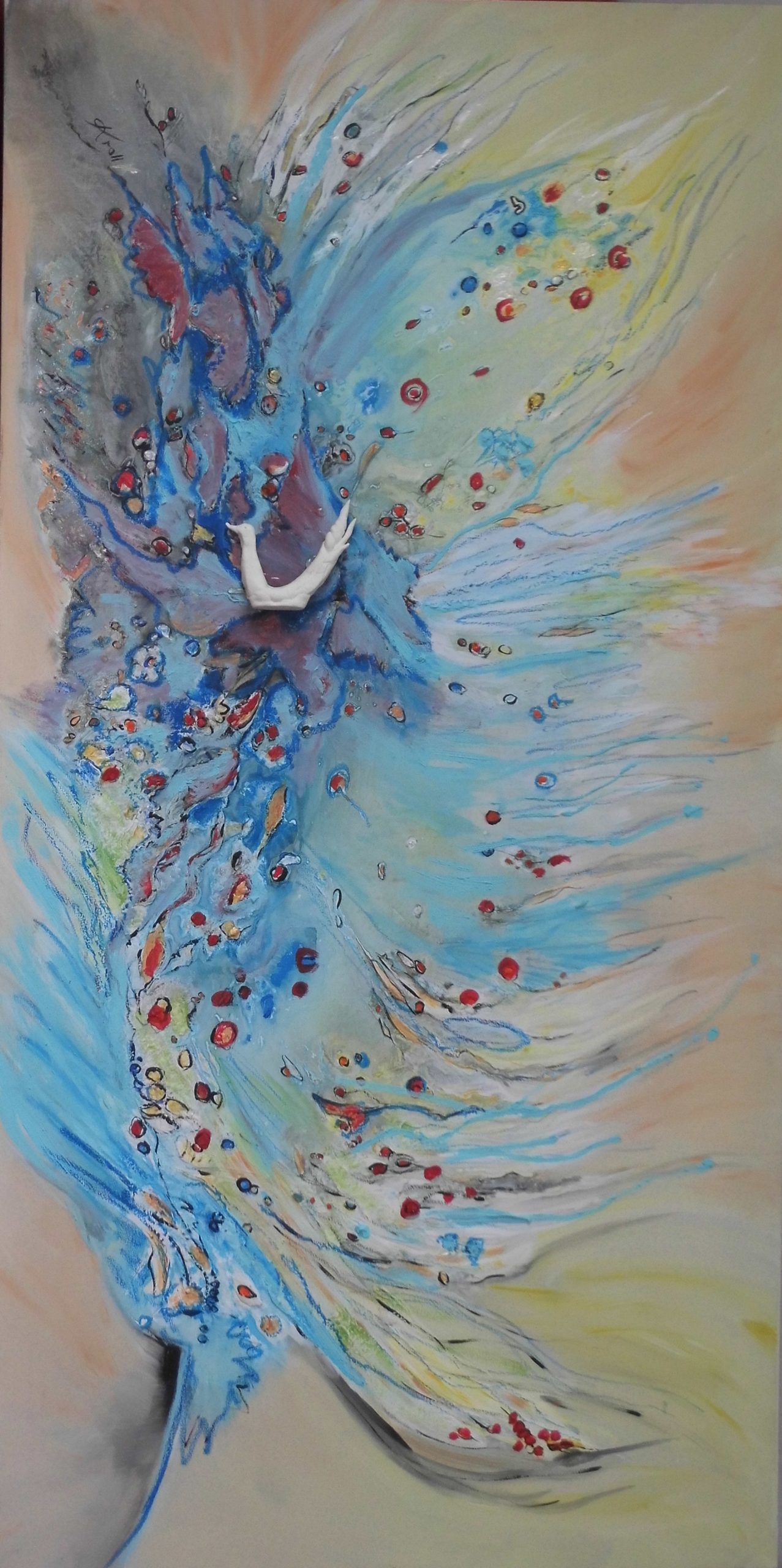
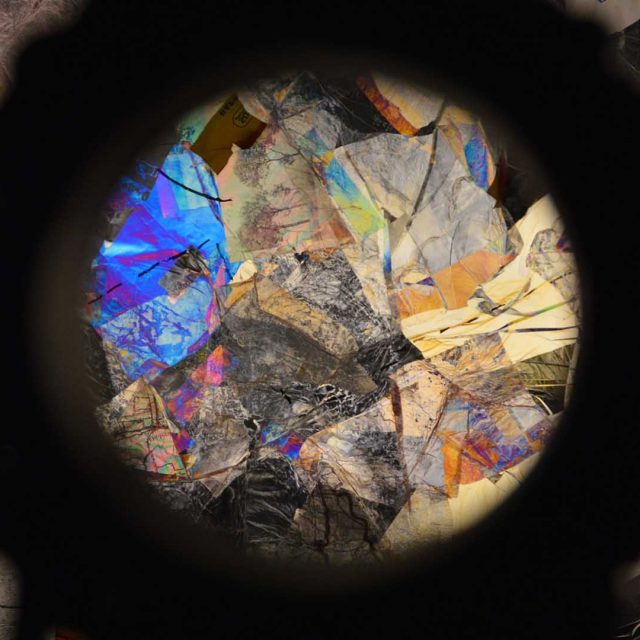
Martina Dal Brollo
Martina Dal Brollo (Trento, Italy 1990) graduated in 2020 from the Frank Mohr Institute with a Master degree in MADtech: Media, Art, Design and Technology.
Inner Landscape
Five days of walking on the Pieterpad route that involved almost 100 people on a trash-picking expedition. A collective action through the landscape of the Groningen province which is a collage of stories, places and garbage. By selecting part of the 87 kg of the collected material, the artist creates a light installation that is a collection of fragments. A homage to the “Stille Krachten”, the walkers who followed her on her pilgrimage. The plastics collected become the material used by the artist to interpret the journey’s experience. Sedimented in the ground but never digested by the environment, the plastic also layers in this work constituting a new, unexpected landscape. The public is invited to look through the three rotating objects placed in front of the installation; to touch them and turn them. The filters placed inside them reveal the imperfections of a material rippled by time. They transform folds and cracks into inlets, traces and paths that reminds of an Anthropogenic landscape. Inner landscape.
Description of the work on climate change
During my time in the Frank Mohr Institut I started to take an interest in environmental pollution, landscape and plastic waste. Urban walking and garbage collections have been serving me as “investigational tools”. Walking is also a symbolic element that I used to reconnect with my personal story and the idea of Nomadic Art. I find that art today, as a reflection of contemporary society, is a process less and less linked to a sedentary approach and more and more connected to movement. If I had to define my research with only four words I would use: Walking, Collecting, Waste and Memory.
Website
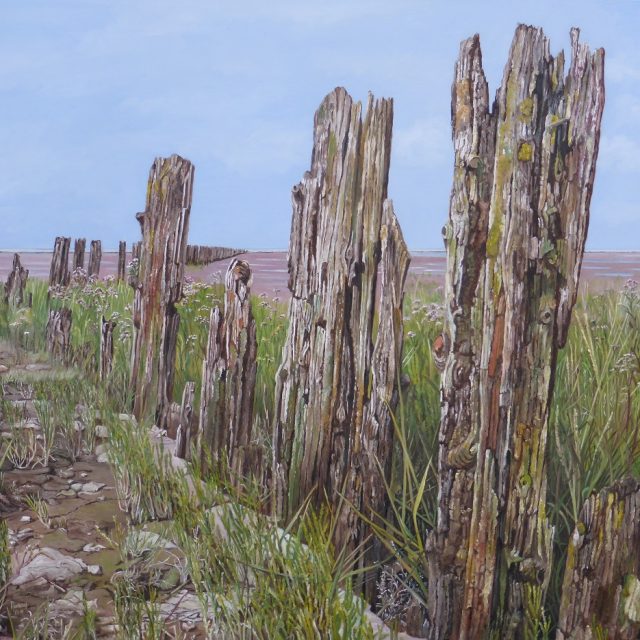
Nanny ter Wiel
Nanny ter Wiel zur Installation der Lahnung-pfähle des Wattenmeers
Von den Niederlanden bis nach Dänemark erstreckt sich ein ganz besonderes Gebiet und einzigartiges Biotop, in dem zweimal am Tag im Verlauf der Ebbe das Meer seinen Boden bis zu 20 km Breite trocken fallen läßt. Dieser Küstenraum wird seit Jahrtausenden von Menschen bewohnt. Seit Beginn des Deichbaus hat der Mensch immer stärker dazu beigetragen, der Landschaft ihr heutiges Gesicht zu geben. Deiche, Buhnen und Lahnungen – meist doppelte Holzpflockreihen, die mit dazwischen geflochtenem Reisig im Uferbereich in das Meer gebaut wurden – schützen die Menschen vor Überflutungen und Sturmfluten. Durch raumgreifende Bauwerke des Küstenschutzes sind aber auch viele grosse Salzwiesen und Wattflächen verloren gegangen.
Die Niederlande haben seit etwa 1000 Jahren Land “eingepoldert”, nicht nur, um es vor Überschwemmungen zu schützen, sondern auch um den Lebensraum zu vergrößern und um auf den neu gewonnenen Flächen Ackerbau betreiben zu können. Das Wattenmeer ist ein ganz besonderer Lebensraum. Es gibt viele Pflanzen- und Tierarten die nur im Wattenmeer leben und sich an die speziellen Bedingungen dort angepasst haben. Tausende gefiederte Gäste sind im Verlauf eines Jahres am und im Watt zu sehen. Durch menschliches Eingreifen in die Natur zur Landgewinnung war aber auch Lebensraum für manche Tiere verloren gegangen. Zum Glück haben heute diese “Einpolderungen” aufgehört und das Wattenmeer ist zum UNESCO-Weltnaturerbe geworden. Wir sollten dieses großartige Erbe für nachfolgende Generationen bewahren.
Es gibt immer noch Lahnungen im Wattenmeer, um hohe Wellen bei stürmischem Wetter zu brechen, aber viele sind nicht mehr intakt und werden nicht mehr gepflegt. Einige alte Pfähle brechen aufgrund der Witterungseinflüsse ab und werden an den Deichen angespült. Ich sehe diese verbliebenen Lahnungen ohne Reisig nicht nur als attraktives künstlerisches Motiv, sondern male sie auch wegen ihrer Symbolkraft für die Zukunft:Ein Wattenmeer, das offen bleibt, bei dem der Blick durch die Pfähle in die weite Ferne des Meeres bis zum Horizont geleitet wird. Ein Wattenmeer, das die Grenzen zwischen den Niederlanden, Deutschland und Dänemark verwischt. Ein aus unserer Perspektive endloses Meer, nur für Tiere, die dort leben, brüten und ihre Nahrung finden.
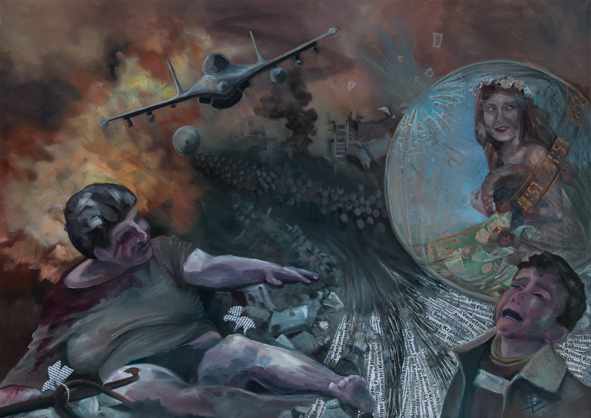
Sylvia Laing
100x100cm Öl/Mischtechnik auf Leinwand. Es verarbeitet das Thema Froschsterben in Panama aufgrund des Klimawandels.
E-Mail: Sylvia.Laing@web.de
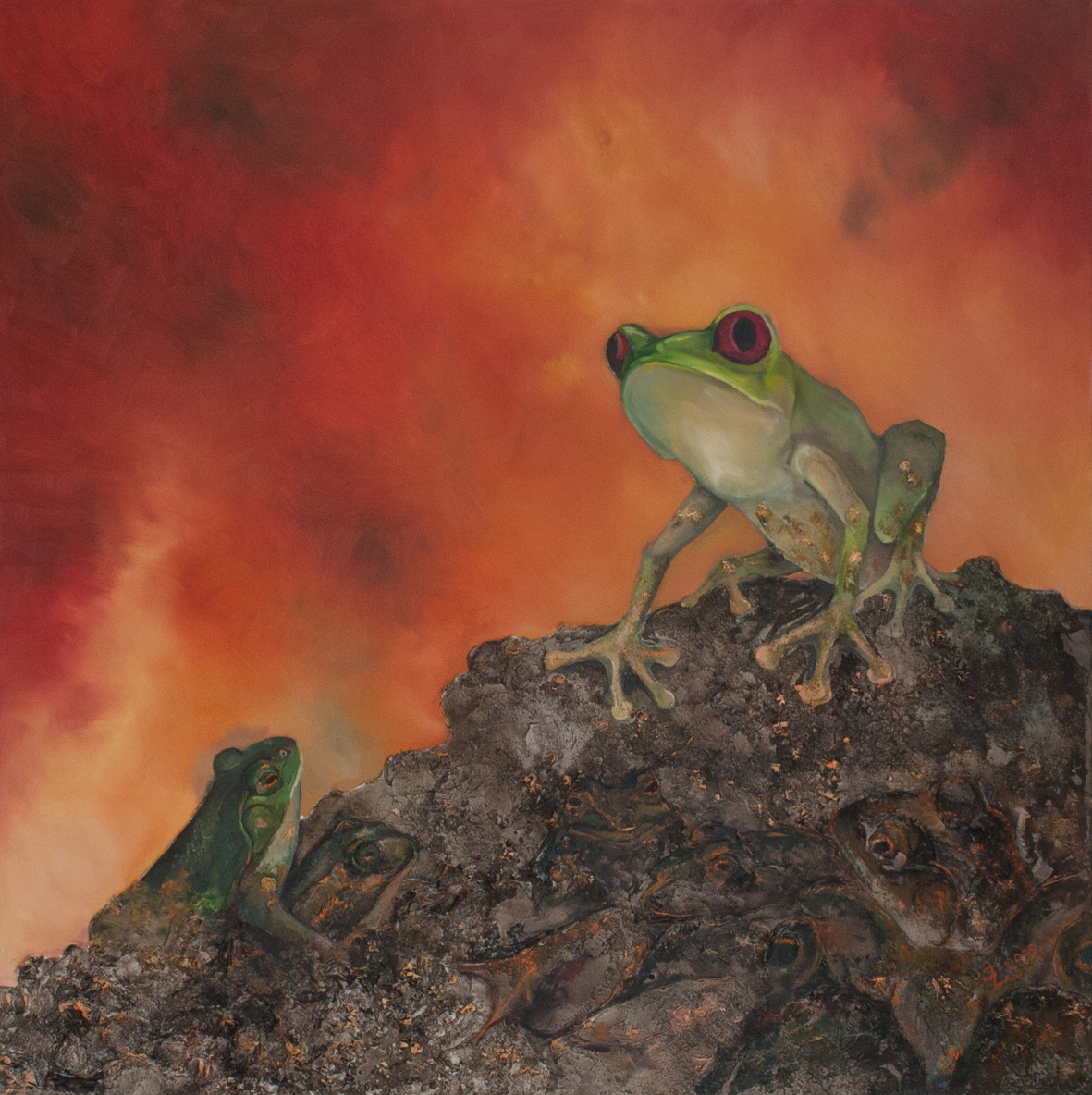
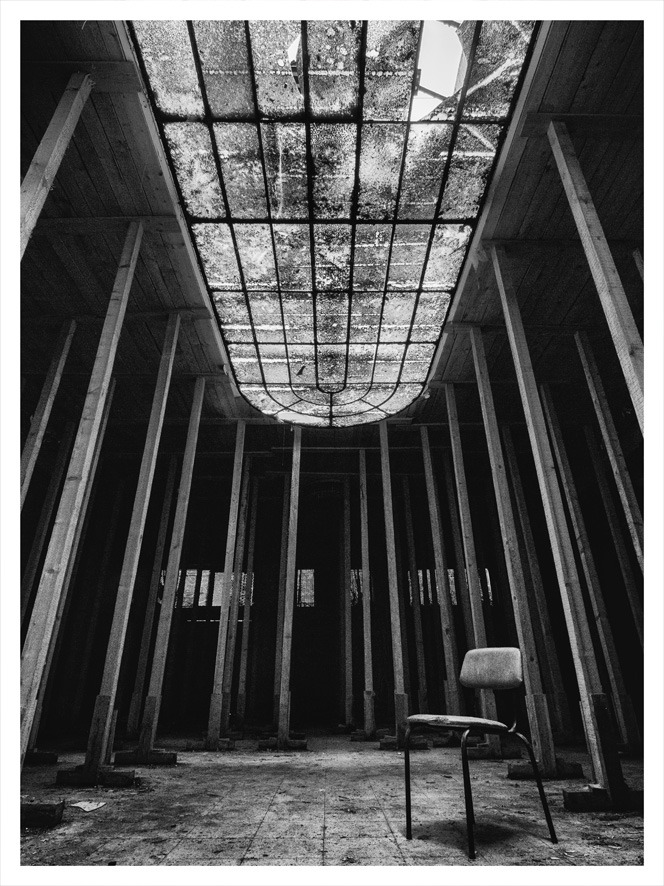
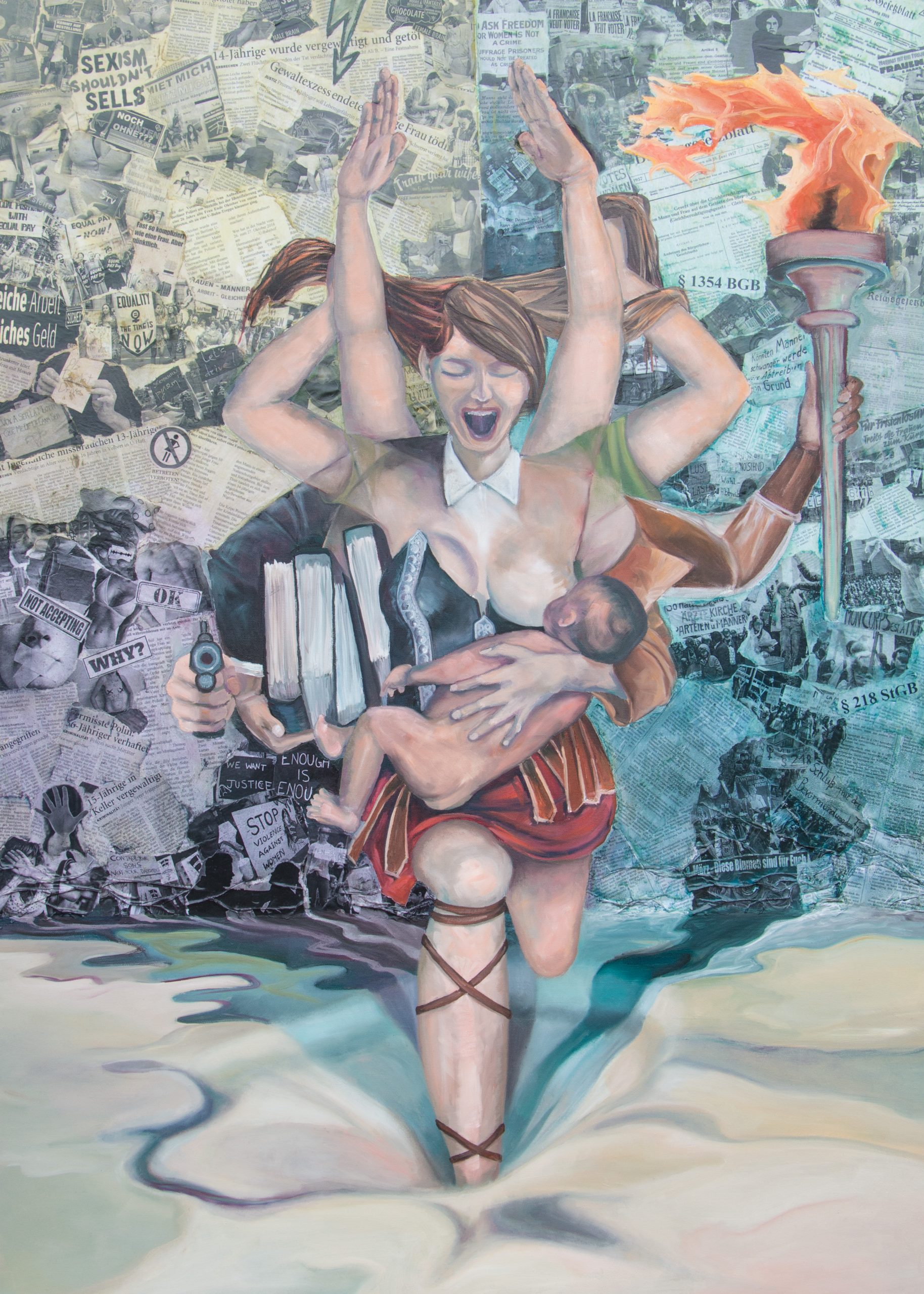
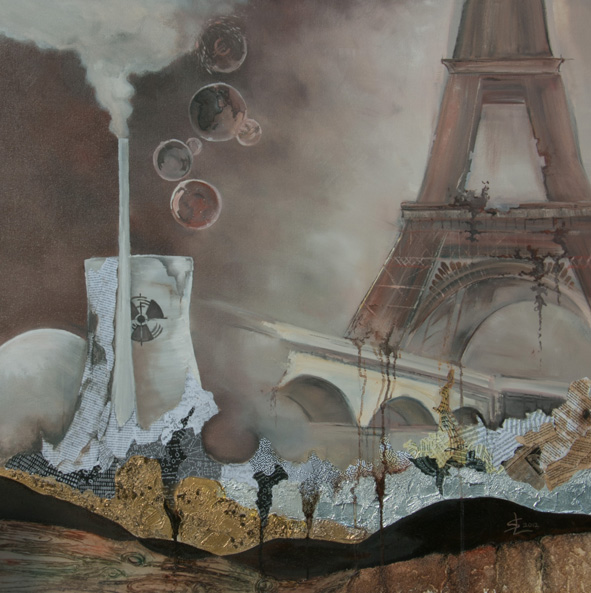

Margriet Westerhof
Margriet Westerhof
Ik ben beeldend kunstenaar, filmmaker en animator en maak veelal verhalend werk. Dat doe ik ook als artistiek leider van Productiehuis Spinbarg, waarmee ik (in samenwerking met anderen) ‘reizende verhalenprojecten’ maak die er veelal op gericht zijn om mensen via de verbeelding met nieuwe ogen naar hun omgeving te laten kijken.
About the artists’ work:
Verschillende projecten, die klimaatverandering en vervuiling als thema of motief hadden/hebben. Soup (2010), een stopmotion animatiefilm (5 minuten) van modder en zand, met als thema: alles wat je in de ‘soep’ gooit, keert terug in je eigen leefomgeving.
Wat is er mis met een tweedehands jurk (2011), een boek dat ik heb gemaakt tijdens een artists residency in Brazilië, dat helemaal is ontstaan vanuit het opruimen van plastic flessen op het strand van Itaparica.
Requiem for a turtle (2019) en andere films, die ik heb gemaakt tijdens een ecologische residency in Brazilië, waarbij in samenwerking met ecologen, natuurbeschermers, scholieren en inwoners van Itaparica van alles werd georganiseerd rond vervuiling en klimaatverandering.
De Kraak (première 2022), een rondreizend verhalenproject van Productiehuis Spinbarg over de relatie tussen mens en Waddenzee, waarbij centraal staat dat de mens onderdeel is van de natuur en er niet boven staat. Aan dit project werken Nederlandse, Duitse en Deense makers mee.
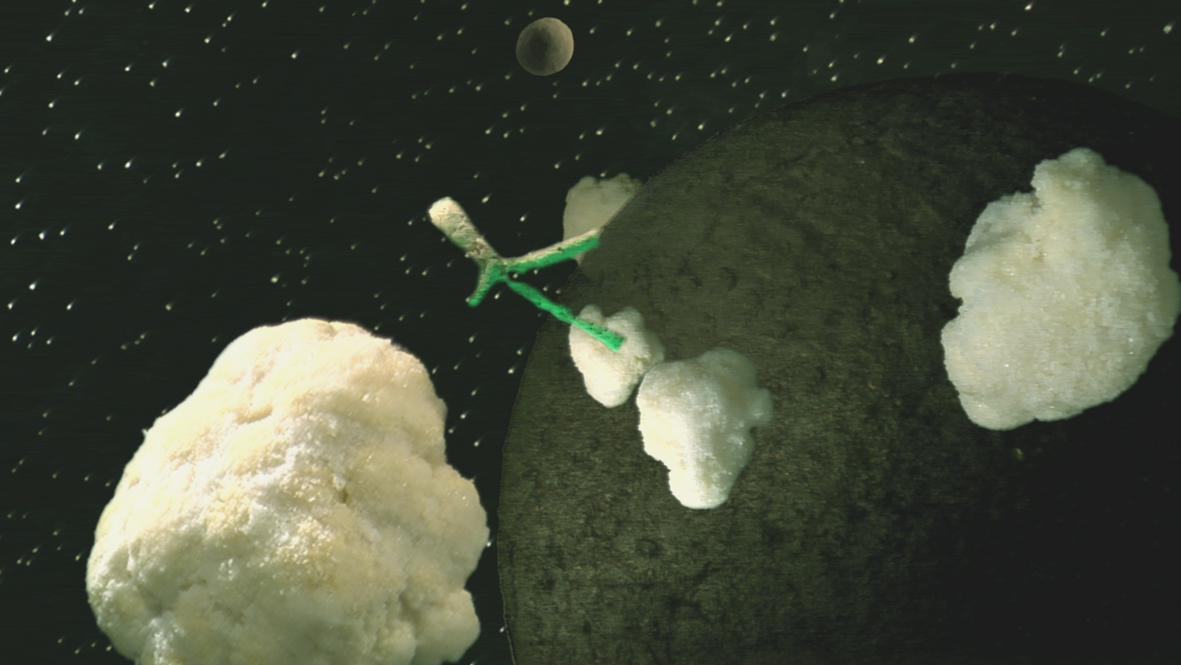
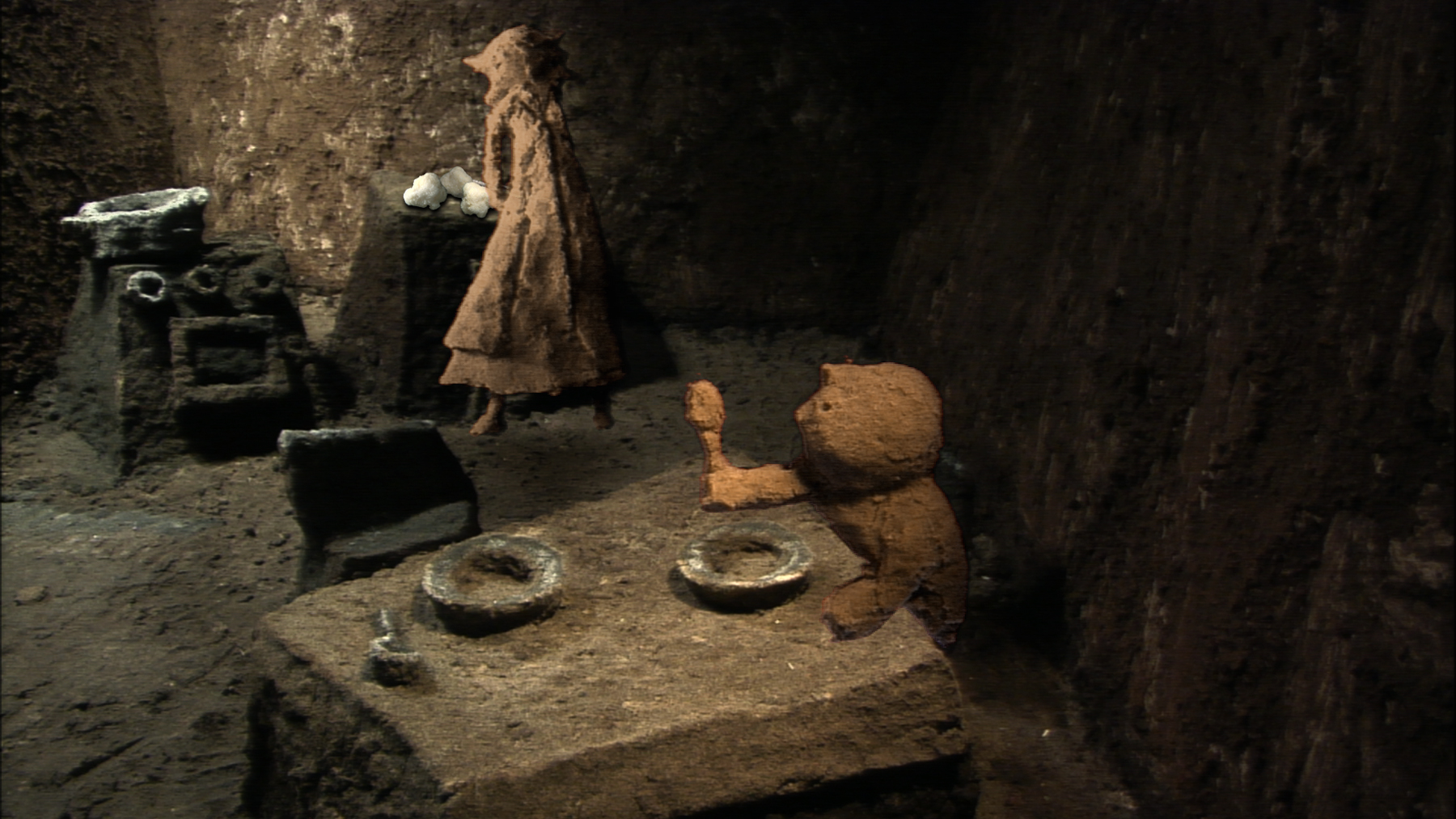
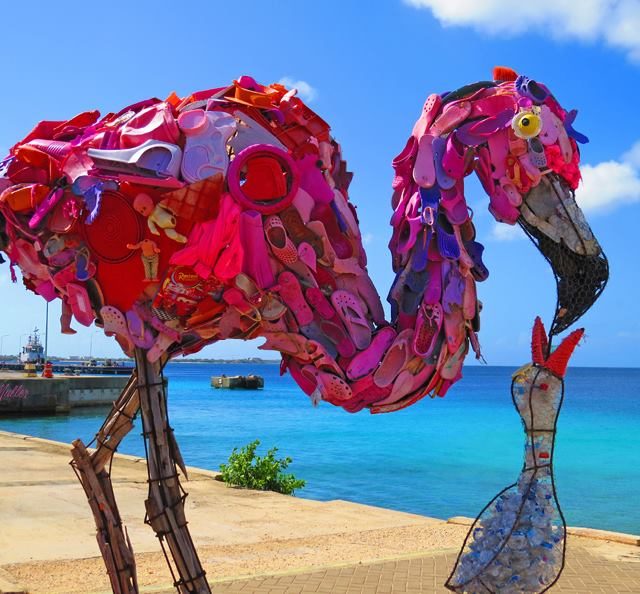
Maria Koijck
Ik ben kunstenaar en activist tegen zinloos plastic geweld.In 2008 bezocht ik een vriendin in Sierra Leone waar ze voor het eerst enorme hoeveelheden afval op de stranden van Freetown zag liggen.
Het hele strand was bedekt met een laag plastic van een meter dik.
Vanaf dat moment besloot ik mijn kunst te wijden aan het toen nog redelijk onbekende mondiale probleem: plastic soep. Ik heb samen met de community enorme beesten gemaakt van het afval. Naar mooie dingen wil je wel kijken ook is het gemaakt van afval, ik hoop hiermee bewustwording te creeren onder de mensen.
Plastic soep is een gevolg van onze hele economie die is gebaseerd op de consumptiemaatyschappij. Niet alleen de vervuiling, maar ook de ontbossing , monocultuur is hier een gevolg van. Ik probeer hier met mijn kunst aandacht voor te creeren
http://www.mariakoijck.com
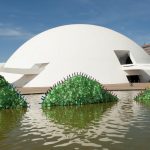
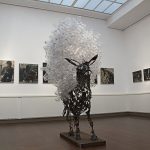
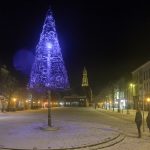
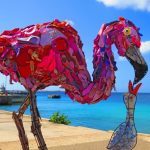
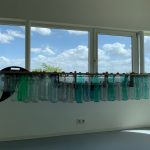
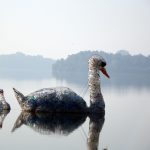
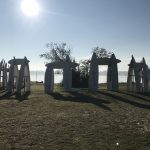

DJI
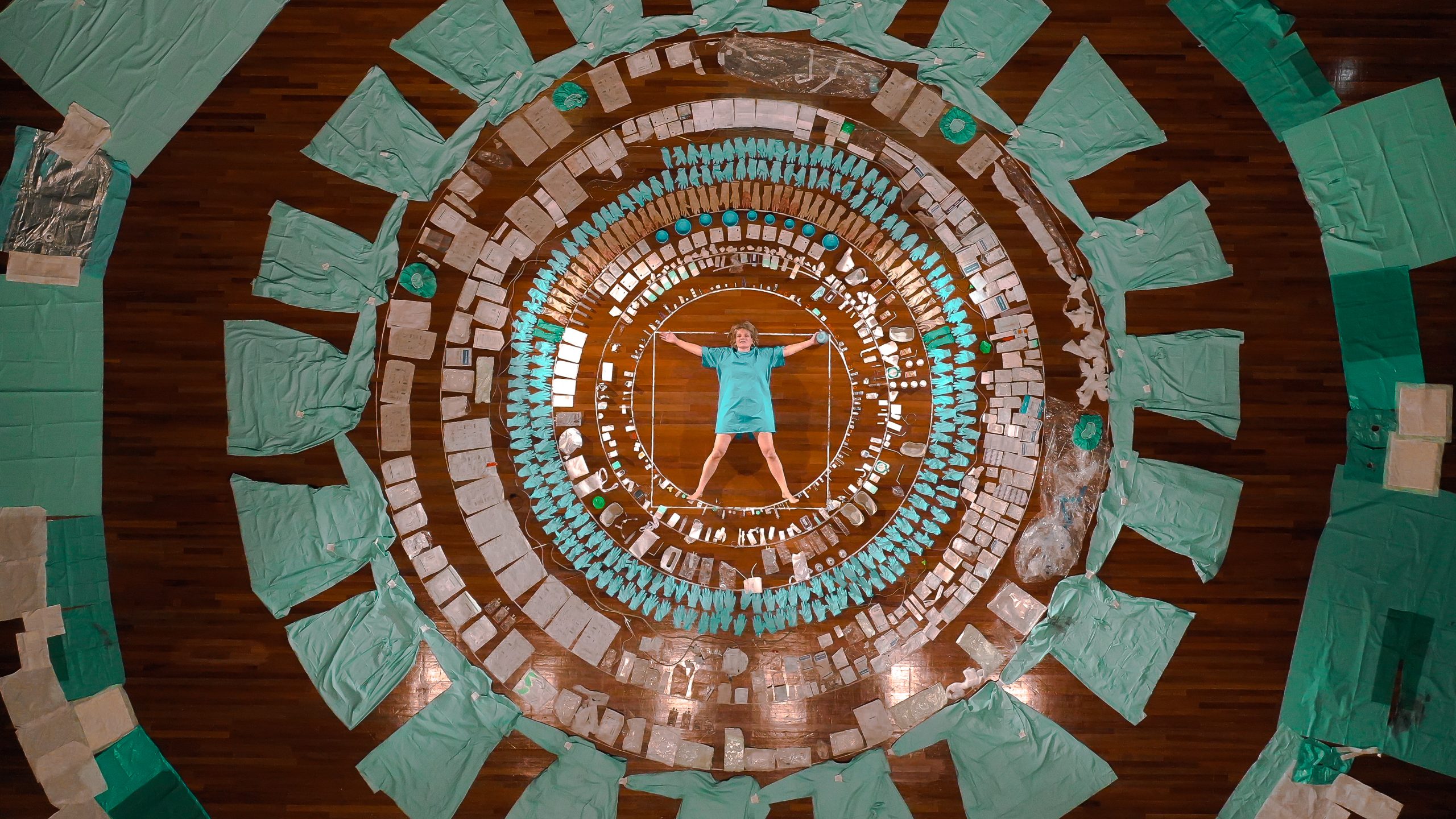
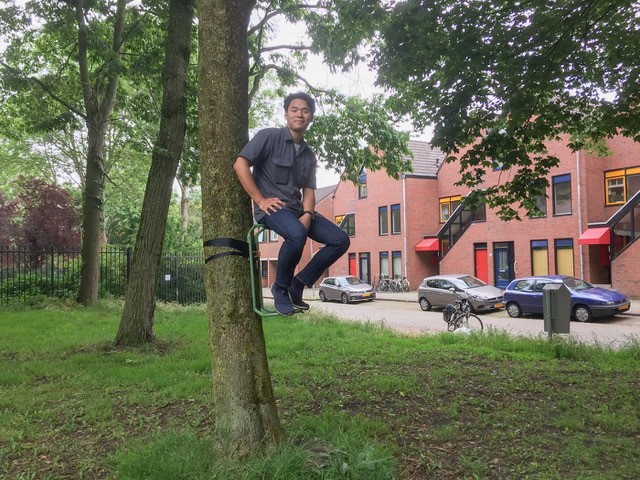
Julien Lin
Julien Lin
Julien Lin, from Taiwan, graduated as a product designer from Minerva, Groningen, aim to create friendly products that close to nature with delicate details and reconnect with people. In order to achieve sustainability and redesign Julien search, focused on handcraft and commutate the messages behind the works.
SITTING TREE
-Since the beginning of humankind, humans rely on trees and nature. But what is the relationship between humans and nature? Does nature need us or do we depend on mother nature?
-Nowadays we try to suppress the feeling of fear, but without it we can not fully appreciate the calmness that surrounds us.
-On a sunny afternoon, people go to the park to find a nice calm tree to sit under or to lean on. People read books, play, and lay down under the tree, but are only limited to the ground.
Combine three ideas,I created a structure that can be attached to a tree and it allows people to interact with trees on vertical surfaces without intrusive installation. A structure that brings awareness to people about the dependency on nature, as well as the feeling of the tension of sitting high. The higher people sit, the greater fear they will feel, but the view will be better as well.
21mm diameter steel tube blended in three dimensions rings and welded into a strong structure. Simply attach ratchet straps to the tree, slid the structure in, and tighten the ratchet buckle that can be tightened enough that it won’t fall or hurt the trees but stable enough to climb safely.
Attach multiple structures randomly to the tree to create a vertical playground and stairs.
SITTING TREE – A structure that allows human to interact and depend on tree while experience the tension of hight.
The animation video of demonstrate the work : https://vimeo.com/432493825
Sitting Tree
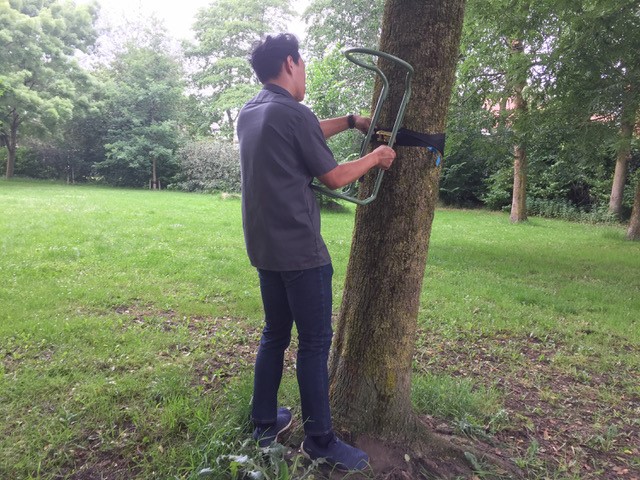
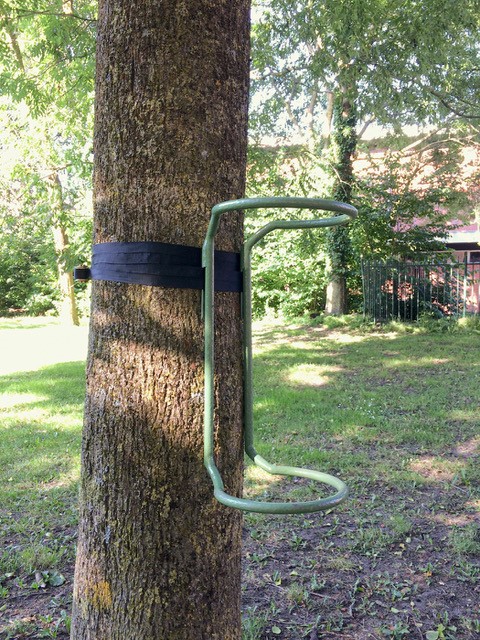
Sitting Tree

Sitting Tree
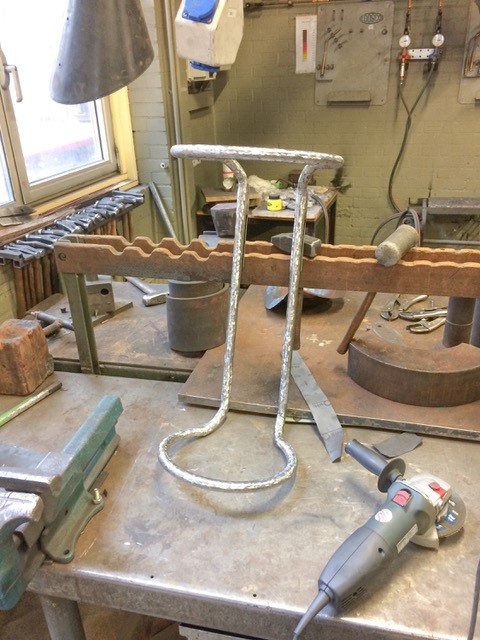
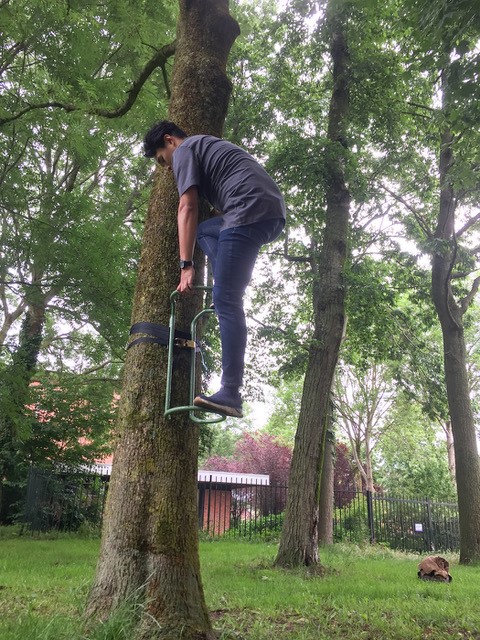
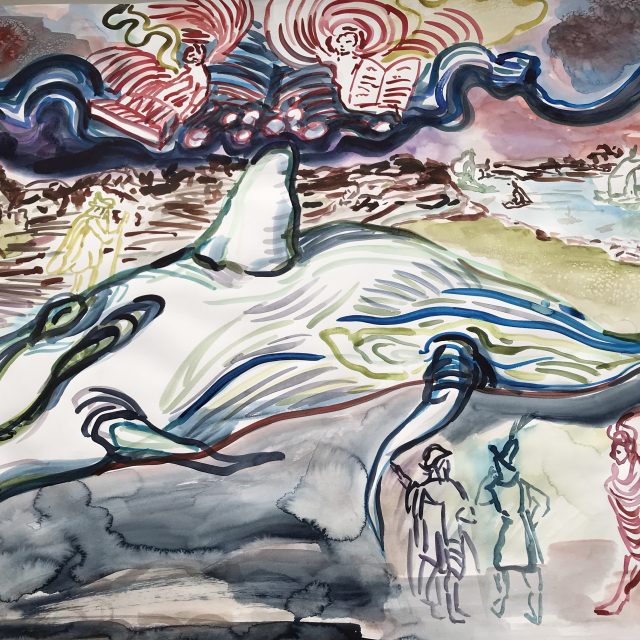
Edith Cammenga
Edith Cammenga
- Willem de Kooning academie Rotterdam
- Social sculptures/art and lanquages
- Installaties en gemengde technieken, schilderijen.
Post human, Post natures,Zee bezwering en Klimaat /bio piraterie
Omschrijving van jwerk over klimaatverandering:
De transitie van biologisch leven naar artificial leven (we worden al een verlengstuk van internet). Zee bezweringen,de Massawaan van de mens
500 jaar potvisstrandingen
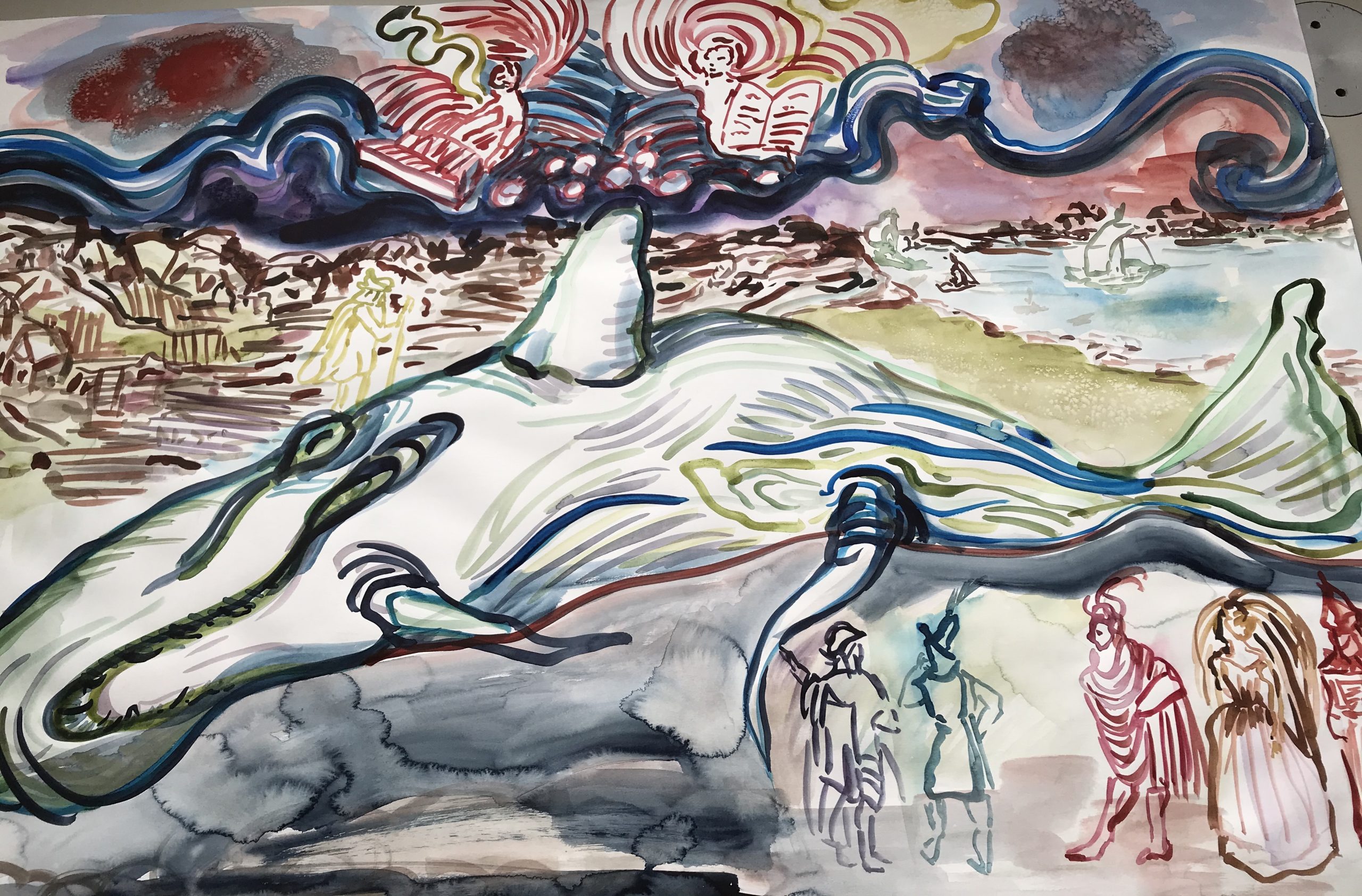
Post nature seie
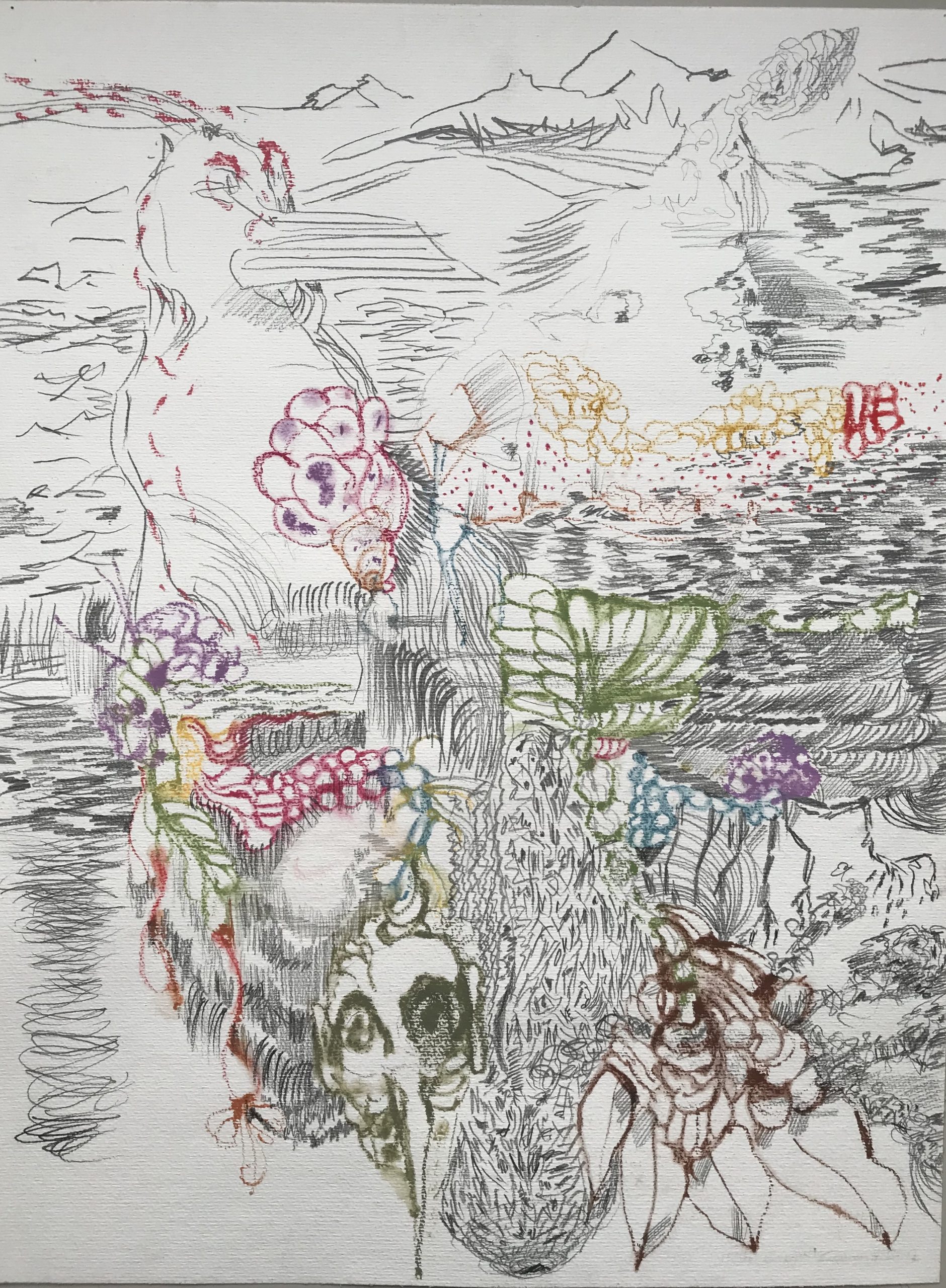
Mens
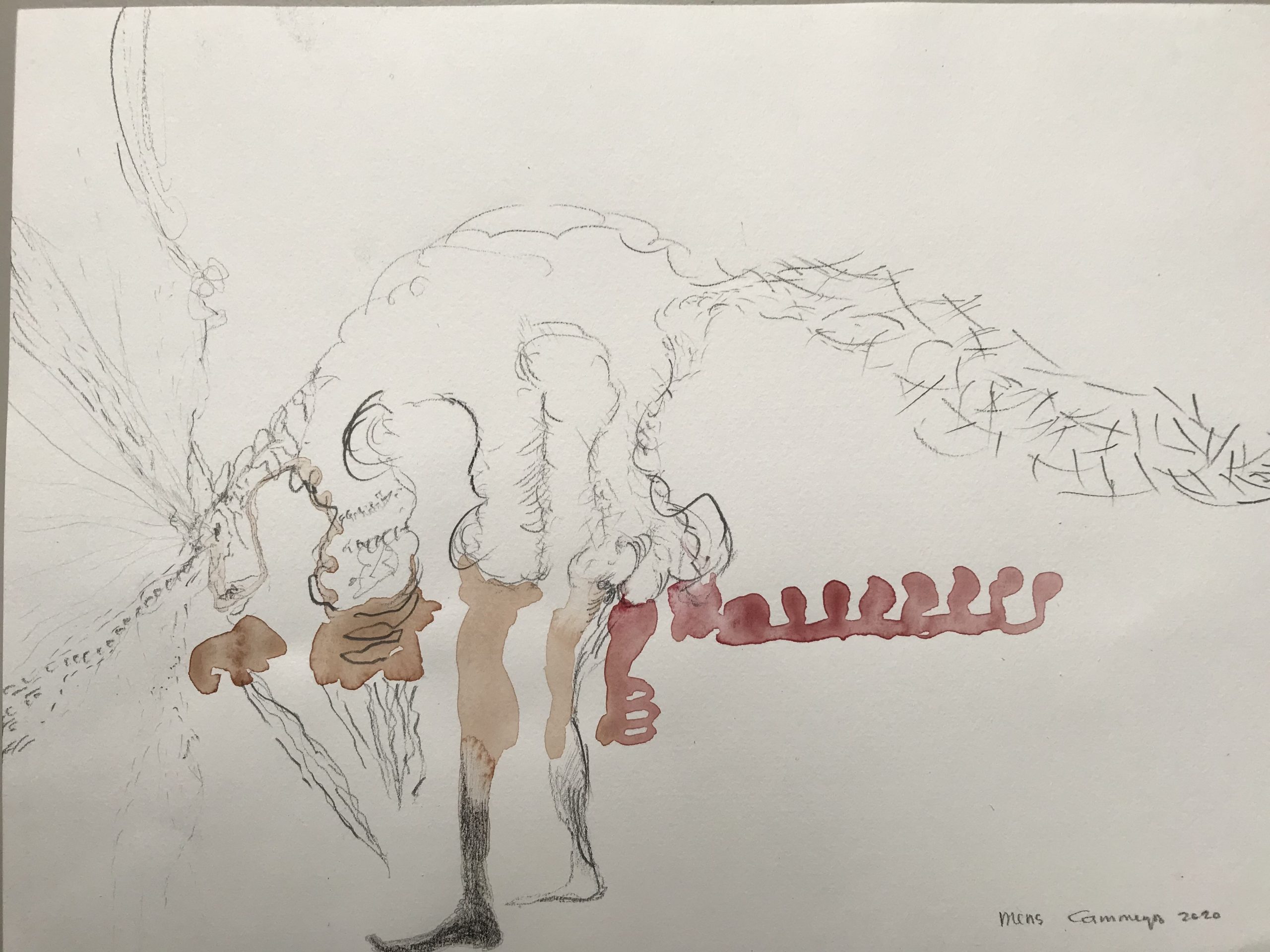
500 jaar potvis strandingen serie
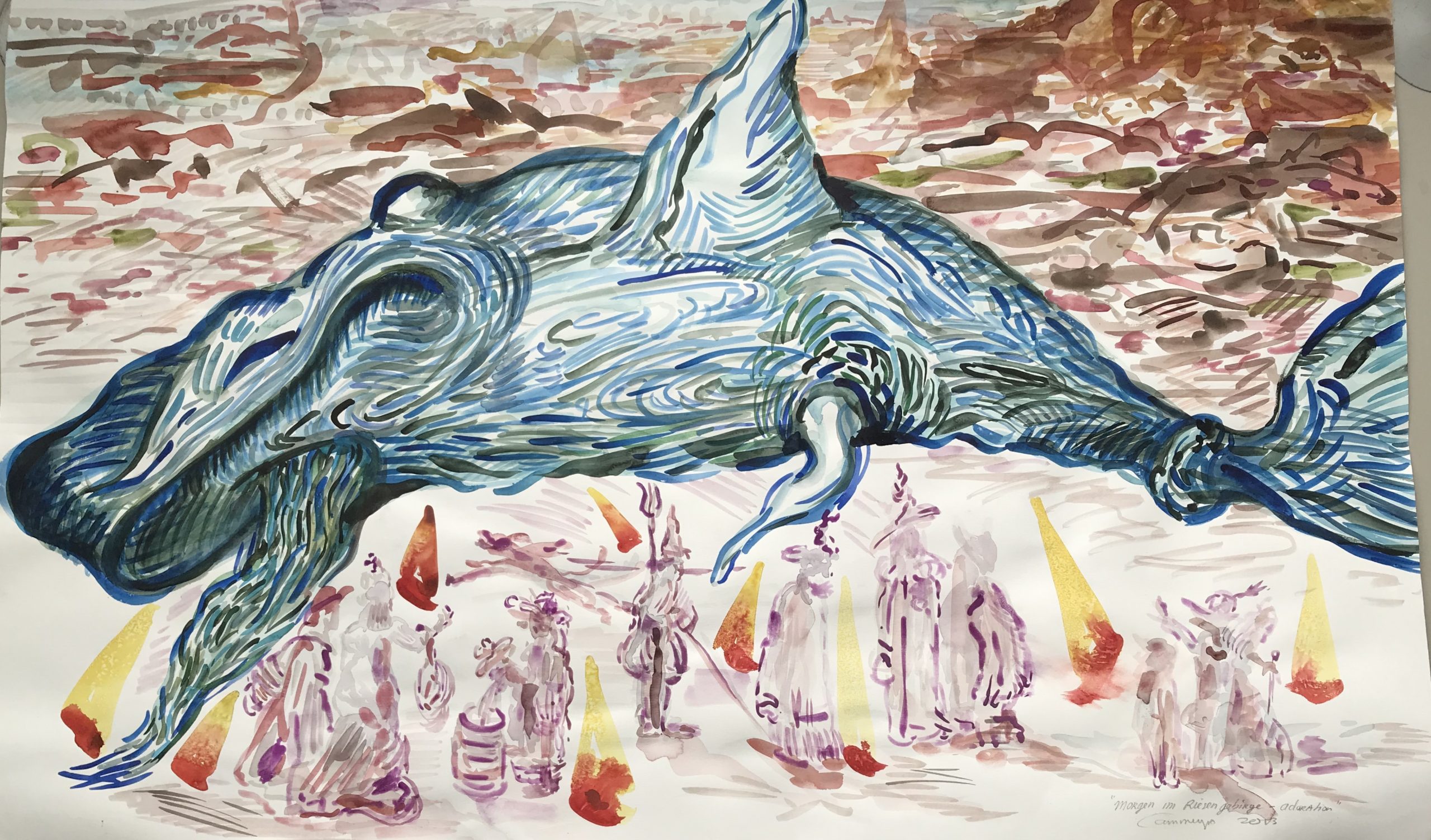
Gedachten
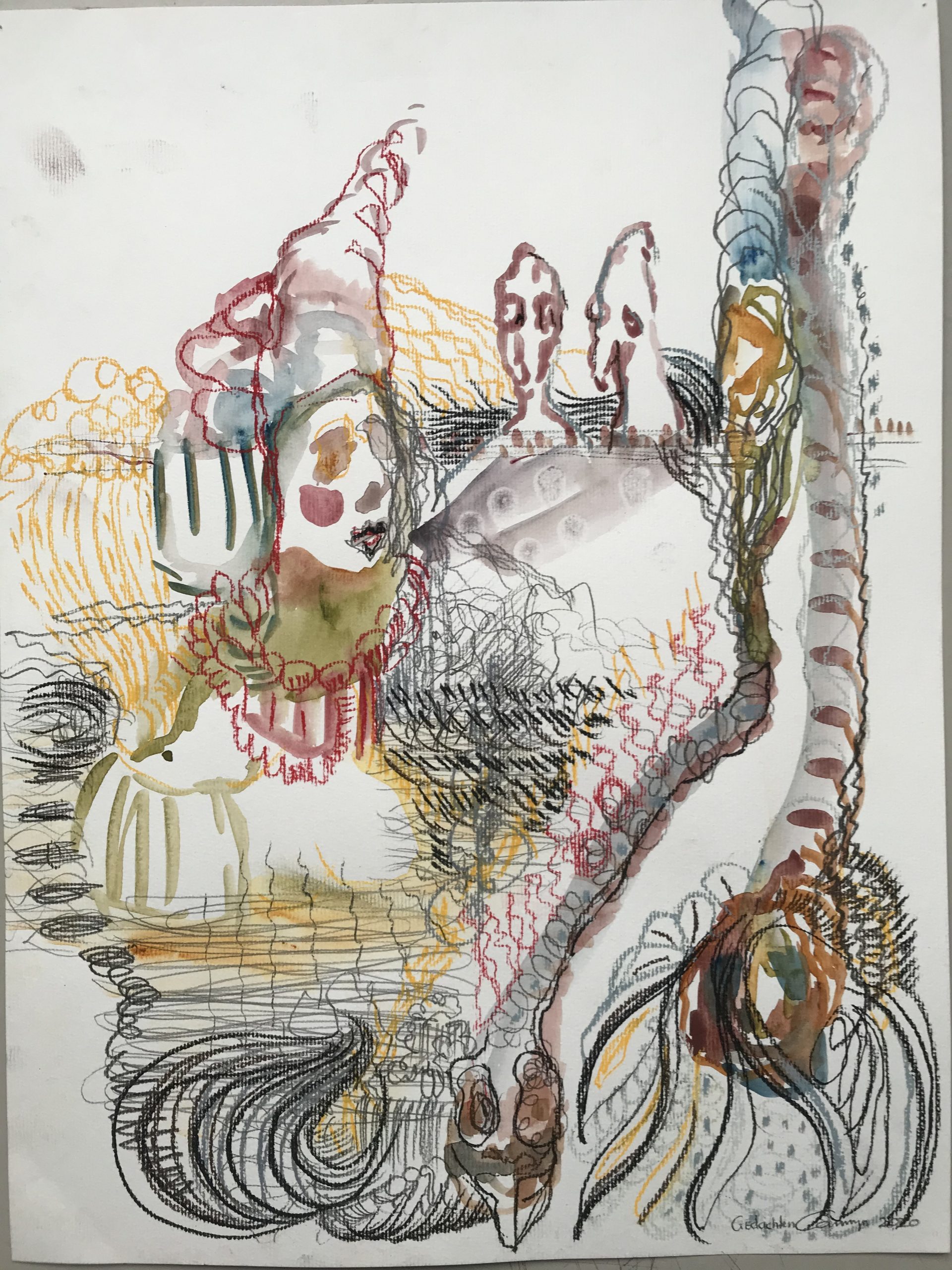
Nord oublier
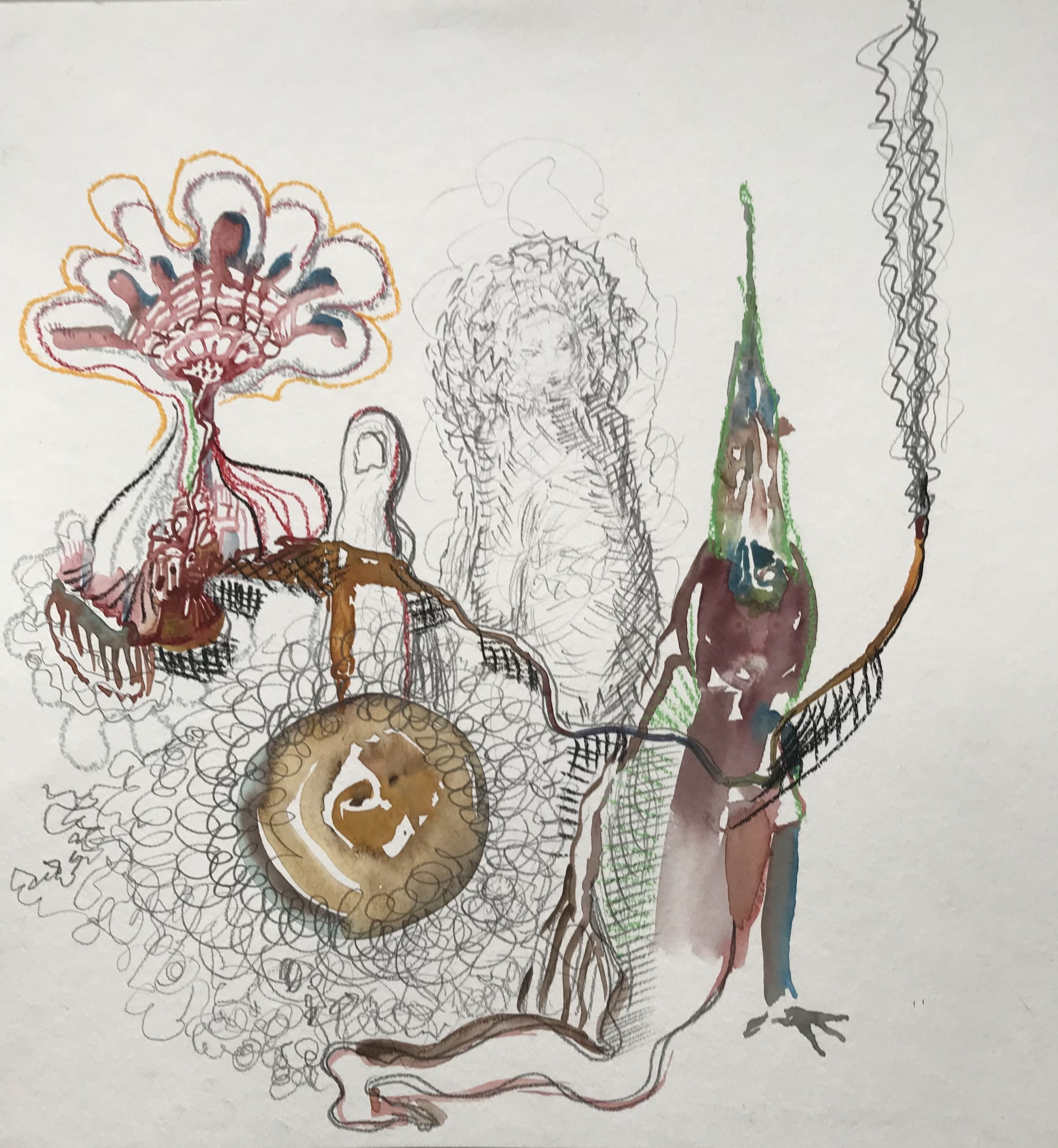
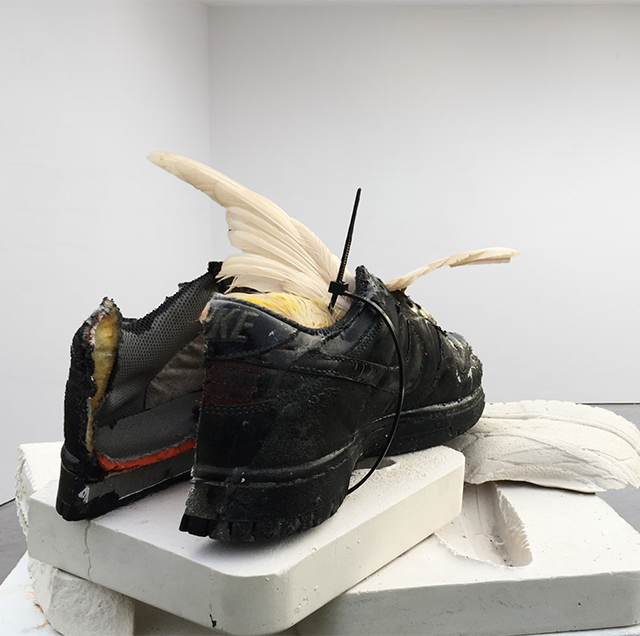
Nadine Rotem-Stibbe
In Loving Memory is an ongoing project by Nadine Rotem-Stibbe & Ryan Cherewaty. This project investigates possible futures due to climate change. Their research delves across the spectrum of this phenomenon, as the causes and effects reach into every aspect of contemporary society. The outcome of this work seeks to reach a broad demographic, and the formal results range from installation, video, image and community engagement.
Nadine is a Paris based artist, graphic designer and researcher. Her multimedia practice explores contemporary issues, ranging from climate change, to digital identity and privacy. Despite, or perhaps because of, the gravity of the topics she explores, she always makes sure to add a touch of cynicism and humour to her work. Regardless of the medium, be it paper, screen, or on the street, her projects engage with the world we all live in and share.
Ryan is a media artist from Toronto Canada currently based in Rotterdam. He works mainly in video, CGI and installation. His work celebrates and critiques contemporary experience. Inspired by the rich contradictions that technology presents, he engages with the relationship of digital media to individual consciousness and social and cultural memory, and how this ecology affects our physical reality. Persistent themes include the paradoxes of modernity, tech as myth and magic, and the dissolving boundaries between the virtual and the real.
The earth is heating up due to human activities. Ecological catastrophes are already happening across the globe. In Loving Memory imagines a narrative in the near future where archaeologists excavate man-made, mass-produced, ‘throwaway’ objects to determine their possible function. The narrative unfolds as an exhibition in a public space, with a billboard portraying the surrounding area with distressing images of flooding, thanks to the rise in sea level. While dwelling in the ‘current’ uninhabitable flooded lands, this project creates a space that invites people to ‘commemorate’ the year 2020. The site was free for all visitors. The installation was left on site to be vandalised, broken or naturally eroded.
Narrative:
A large cache of archaeological objects were uncovered in the transeuropa flood plain. The artefacts uncovered offer an unprecedented look into the life of the human race in 2020, prior to the great cataclysms that we have witnessed in the last few decades. Particularly the profound obsession with objects created from the industrial processing of complex carbon chain polymers, ‘plastics’ – an industry that was a key factor in heavily increasing carbon dioxide in the atmosphere. It would seem this material afforded these peoples great luxury and the accumulation of personal wealth in a horrendously stratified society. These quotidian objects have survived extreme climate changes. What would have been waste for them, now offers us a glimpse into their perplexing culture. Ultimately, these factors led to their demise.
Shoes . Nadine Rotem-Stibbe

Nitrous . Nadine Rotem-Stibbe
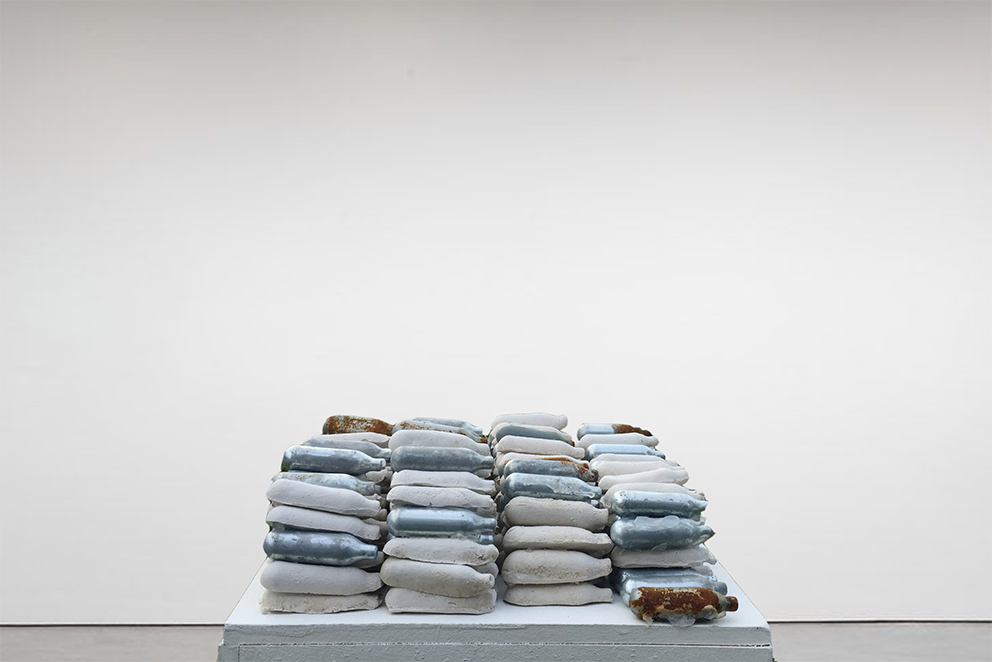
Sculp1 . Nadine Rotem-Stibbe
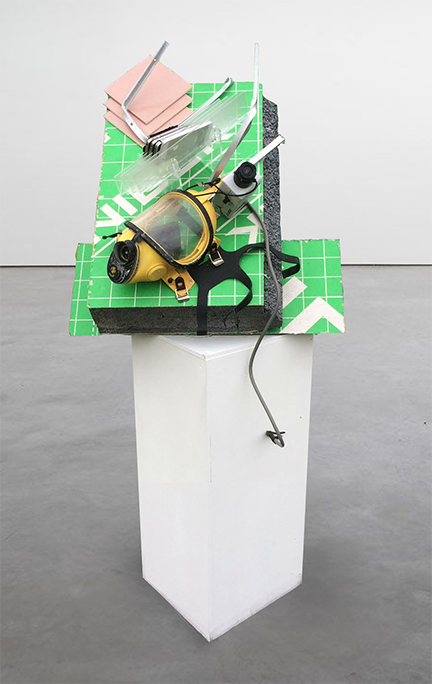
Loving Memory - Nadine Rotem-Stibbe
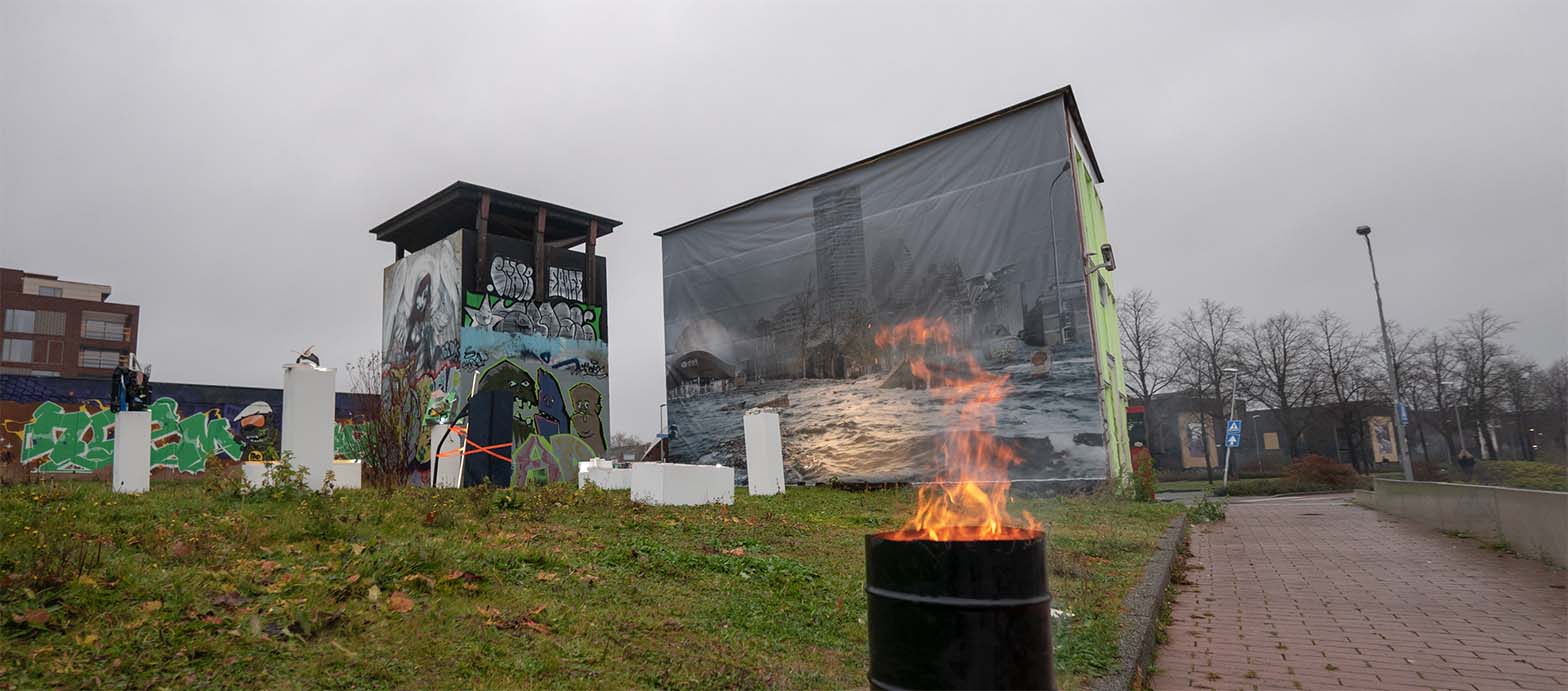
Printer . Nadine Rotem-Stibbe

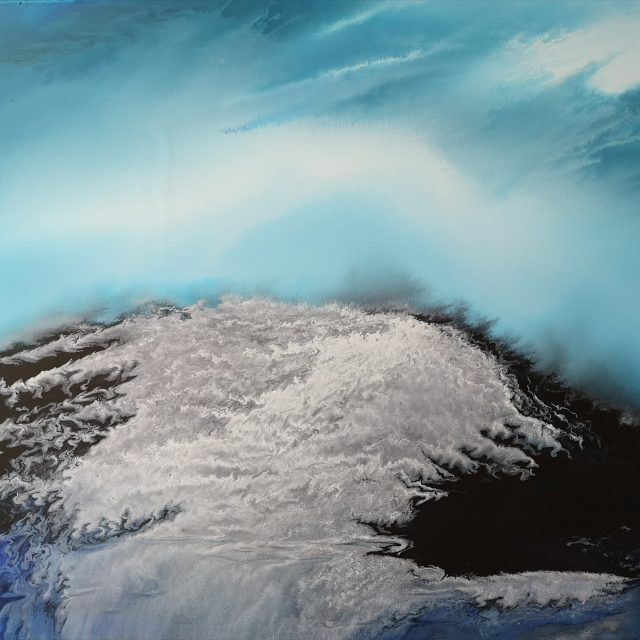
Petra Wilmes
Petra Wilmes – schmelzender Gletscher
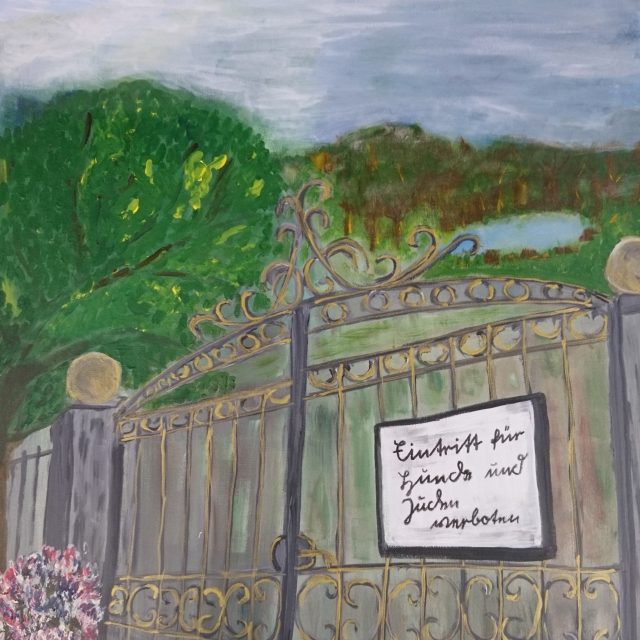
Erika Nikoleizig
Erika Nikoleizig – Mahnung
Acryl auf Leinwand, 50×70,
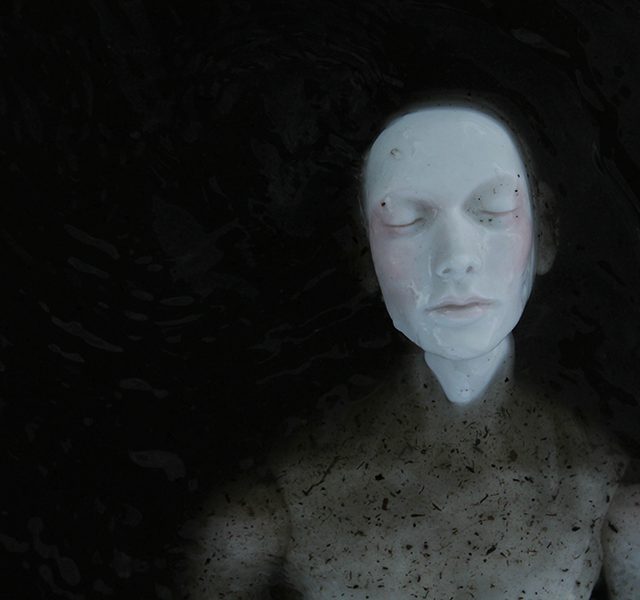
Anne van Stormbroek
Anne van Stormbroek
Mijn werk gaat over relaties, tussen mensen, tussen mensen en de natuur en de grenzen die vervagen.
Ik maak beelden en gebruik die vervolgens weer voor fotowerken.
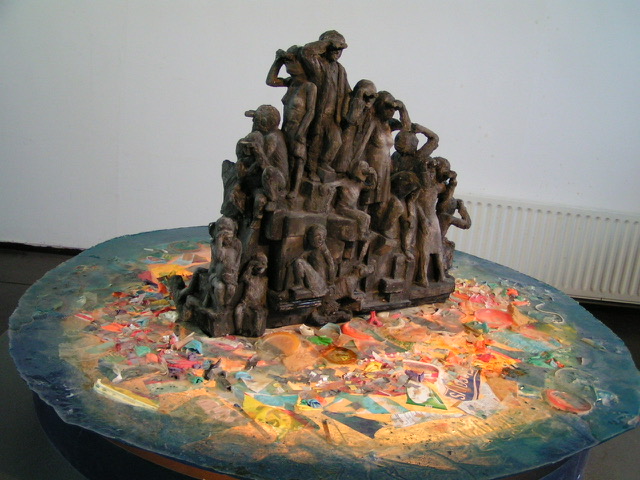
Theodorus Antonius van Krimpen
Graag doe ik mee met jullie initiatief omdat ik me verwant voel. Mijn werk als beeldend kunstenaar bevat onder andere maatschappijkritische onderwerpen.
Ik woon en werk in Bellingwolde provincie Groningen Nederland.
E-Mail: theovankrimpen@outlook.com
Kunstwerk:
Dat doen we onze kinderen toch niet aan, ofwel soms?
Een bewegende installatie met het thema milieu en immigratie.
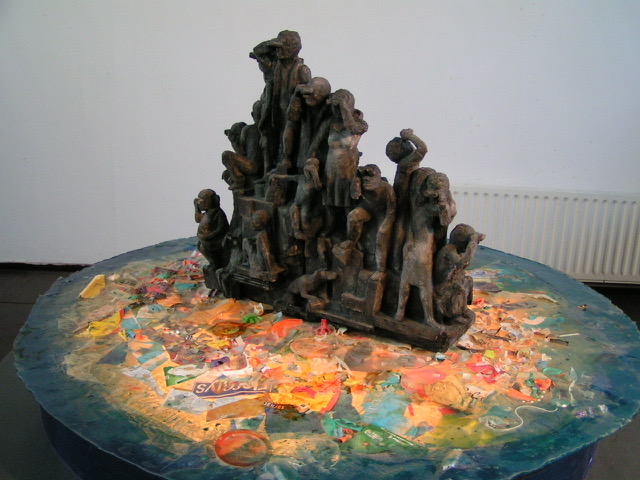
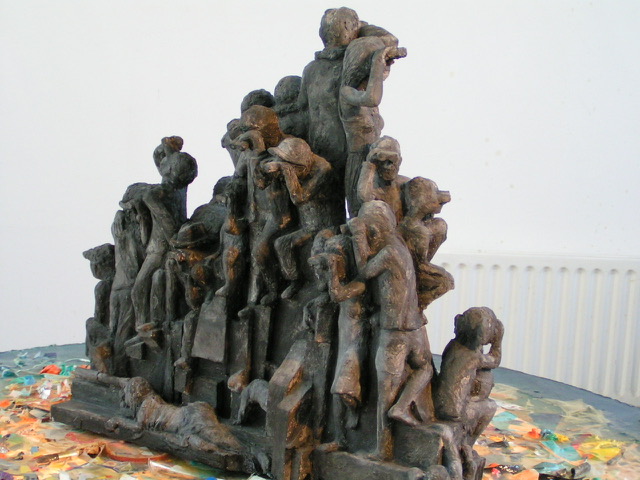
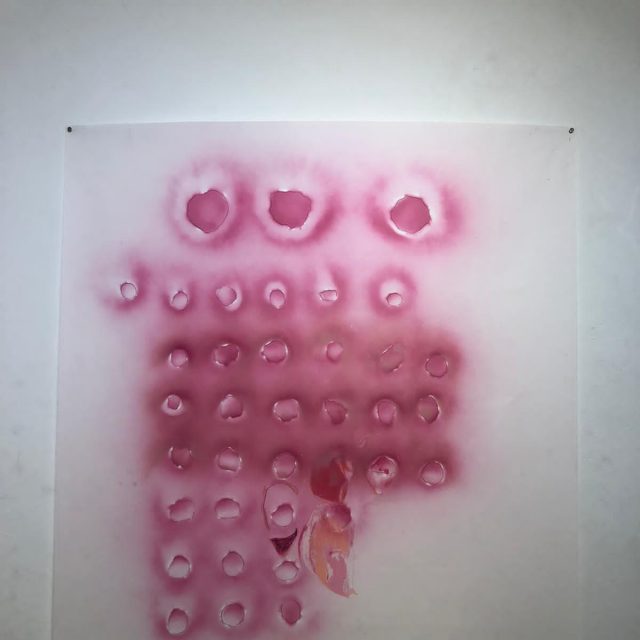
Tanja Isbarn
Tanja Isbarn


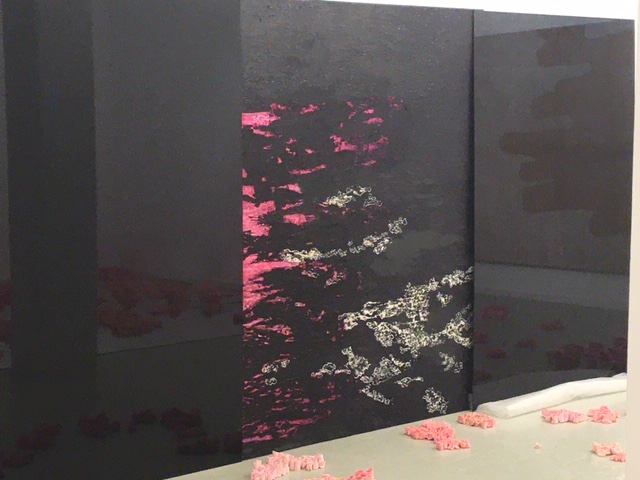
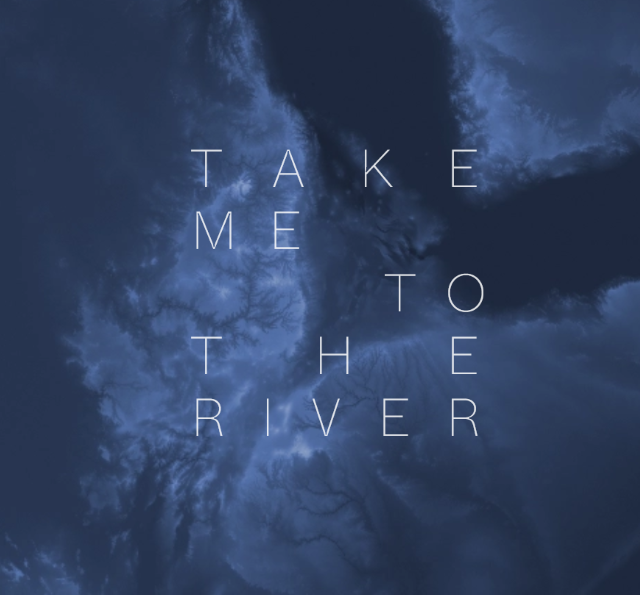
Take me to the River
Take Me to the River
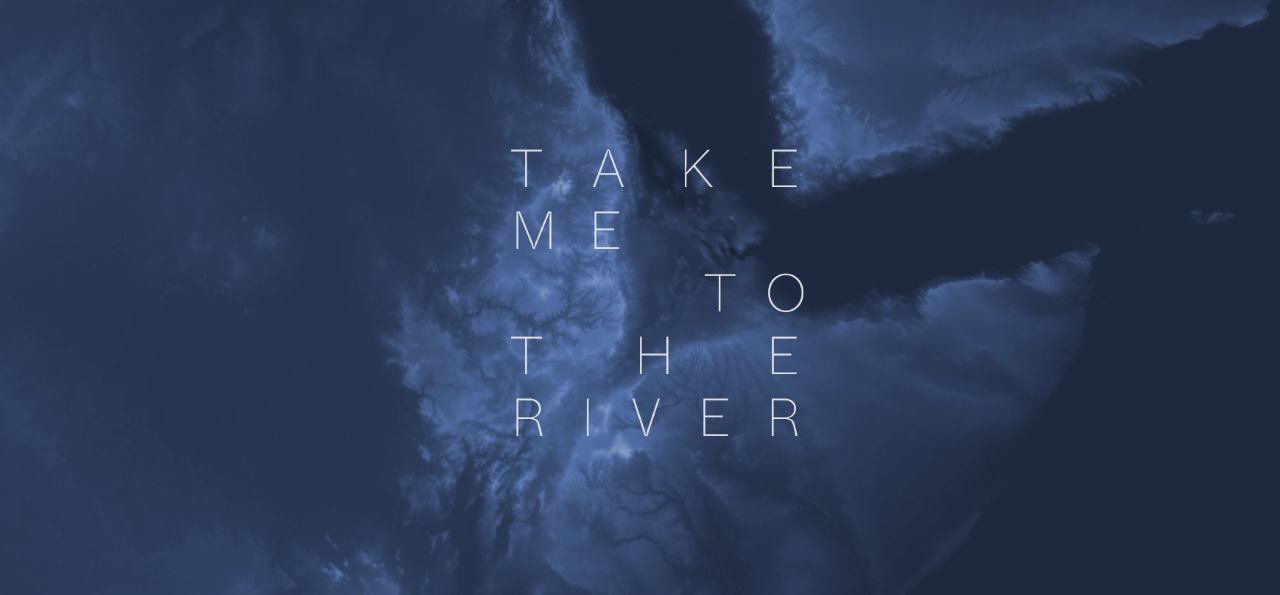
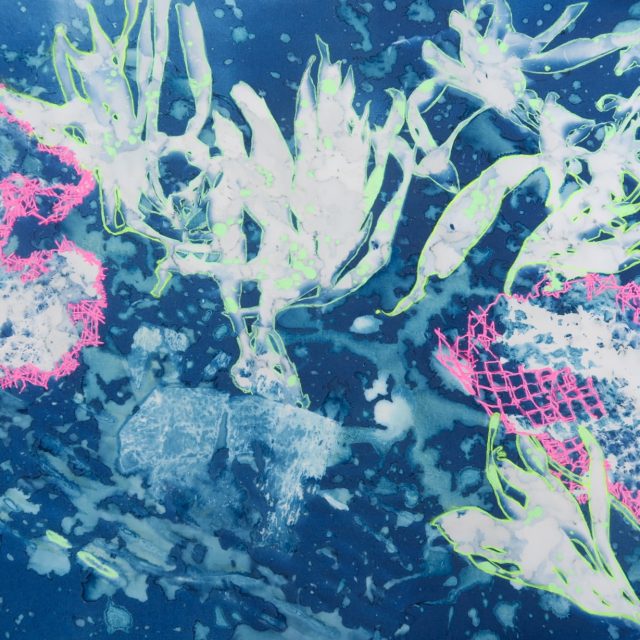
Rosa Navarro
Rosa Navarro
Ik heb mijn kunstopleiding gehad aan de Universiteit van Schone Kunsten in Barcelona. Sinds 2004 ben ik fulltime kunstenaar. Lid van de kunst vereniging KZOD, in Haarlem, met wie ik regelmatig exposeert in Gallery De Waag en de Kloostergangen van het Stadshuis.
Ik werk vooral met thema’s en series en ik experimenteer graag met diverse technieken o.a. fototransfer, Cyanotypie, Suminagashi…
Ik werk veel met Cianotypie, een oude fotografisch techniek die ideaal is voor het beschrijven van de problemen in onze zeeën en oceanen, vooral de Plastic soep en het verdwenen van koraalrif door de hoge temperatuur in het water.
Dying Coral
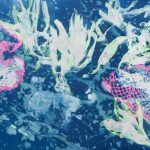
Manteldiertjes
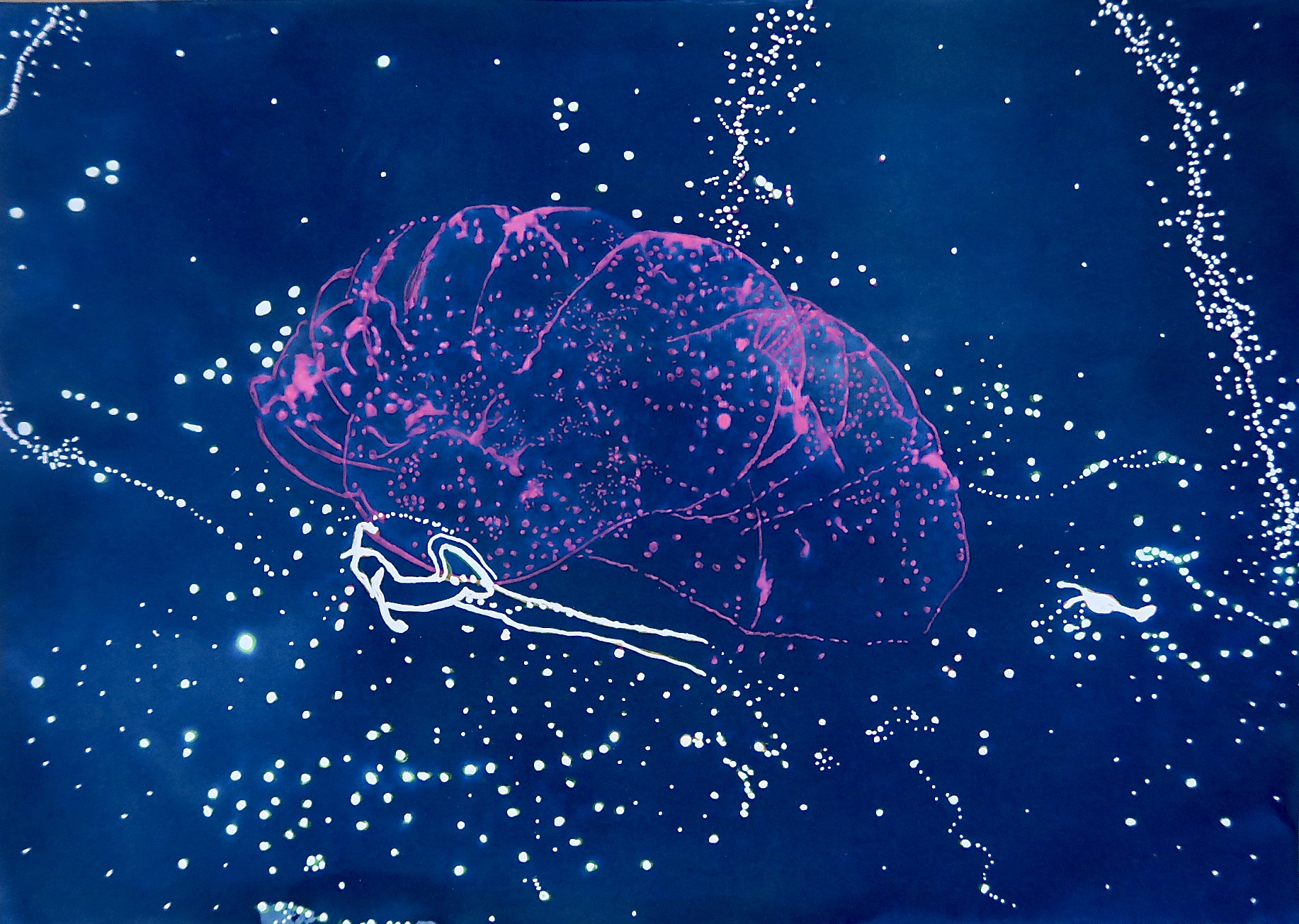
Plastic soep
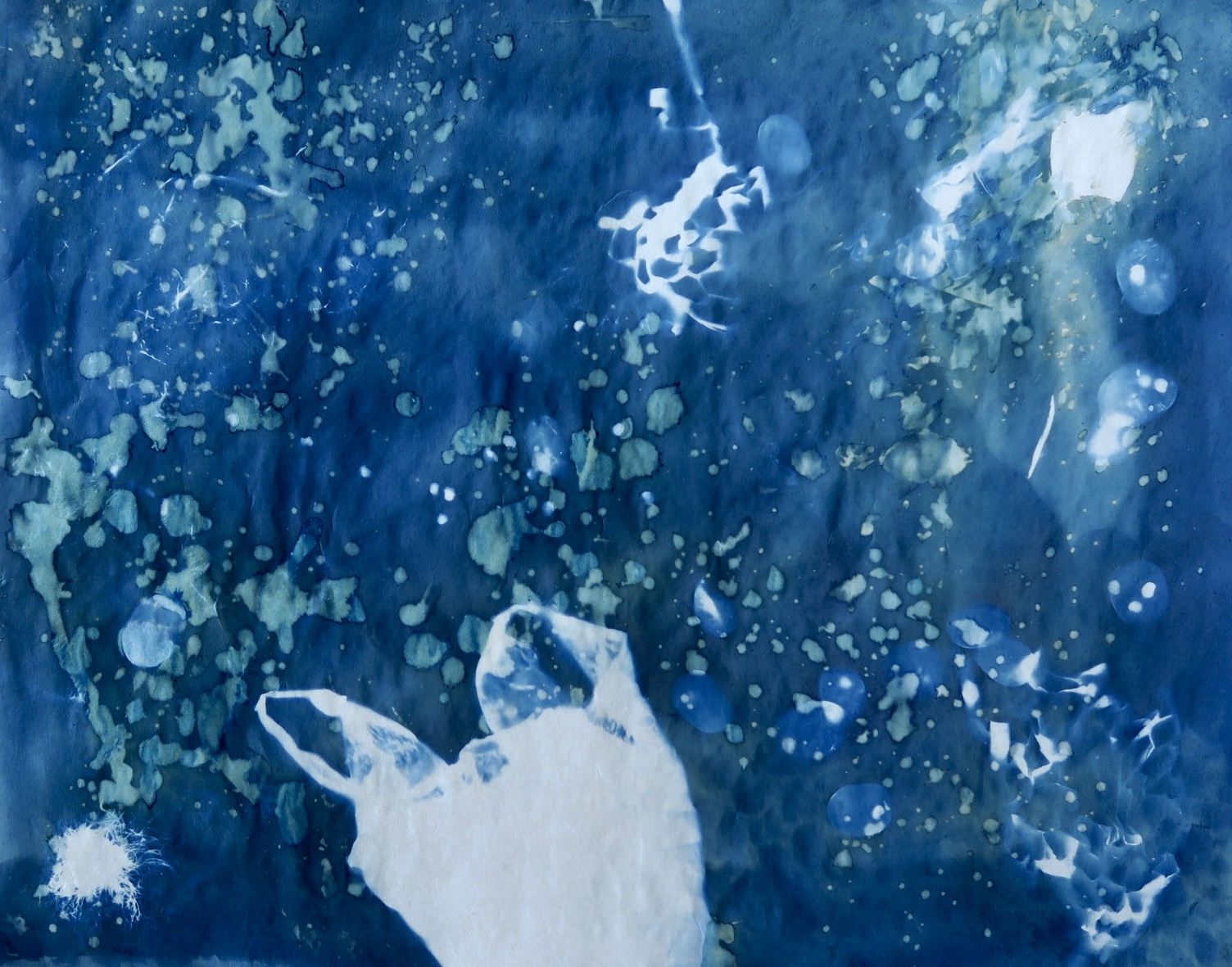
Dying Coral
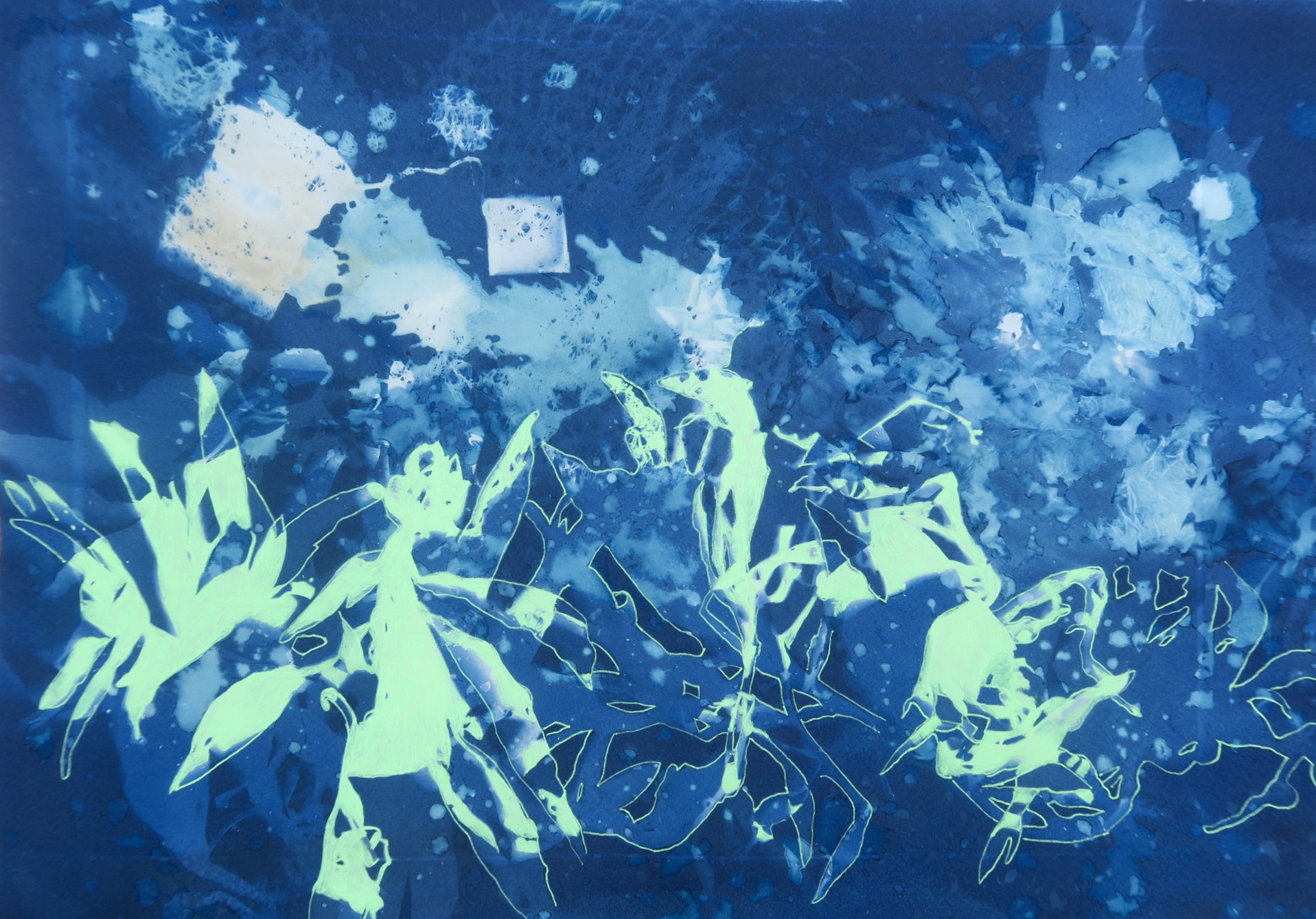
Manteldiertjes

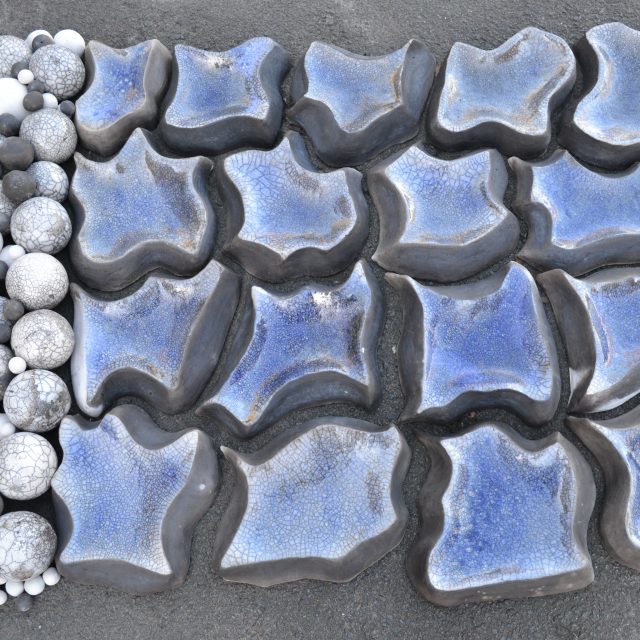
Hielkje van Damme
Hielkje van Damme, geboren in Den Haag (Niederlande), wohnt und arbeitet seit 1967 in Loquard in der Krummhörn , Nord Deutschland.
Leiterin der Kurse Keramisches Gestalten der “ Malschule der Kunsthalle in Emden Stiftung Henri und Eske Nannen und Schenkung Otto van de Loo“ und der „Ländliche Akademie Krummhörn und Hinte e.V.
2012 – 2013 – 2014 Lehrauftrag Hochschule Emden-Leer für Keramik – Seminar im Rahmen Sozialekulturarbeit
Seit 1990 teilgenommen an vielen Ausstellungen und Projekten in In und Ausland
Die Installation ist Raku gebrannt
Das Meer bei Ebbe
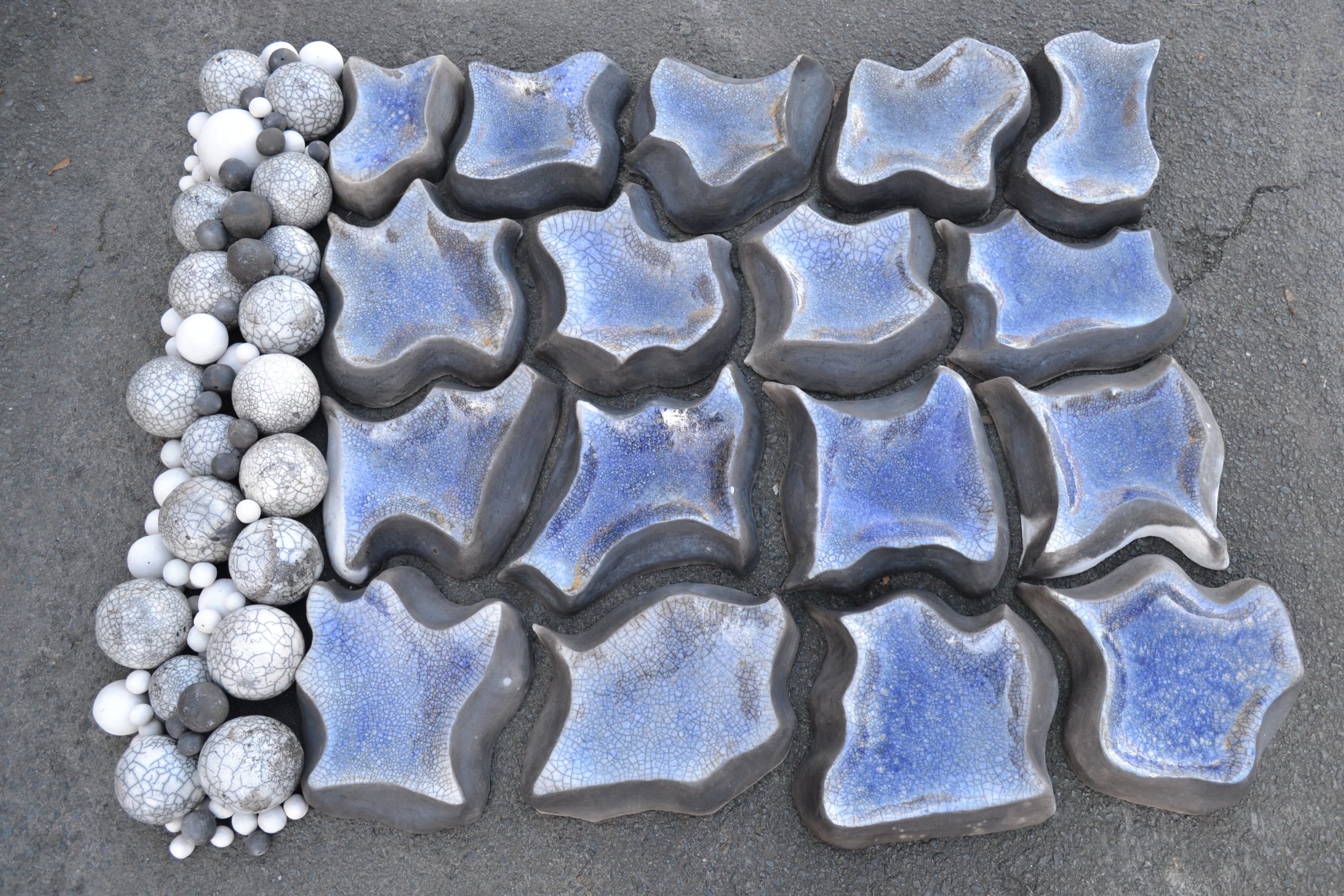
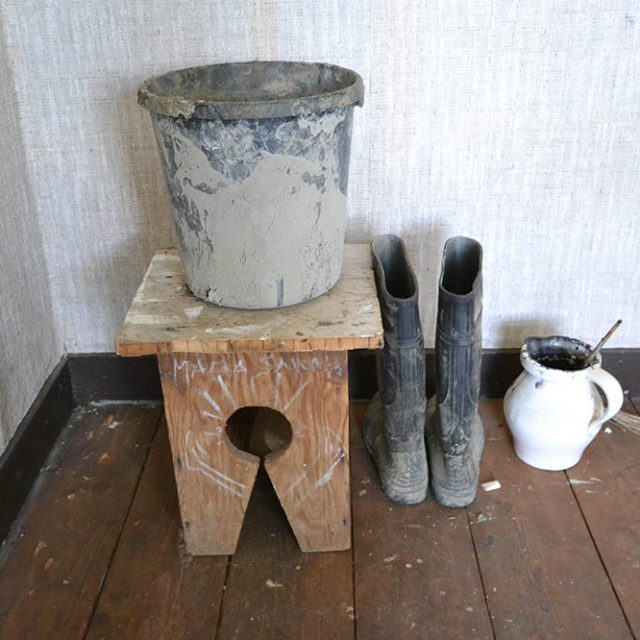
Manja Kindt
Project Eems
De natuur vormt letterlijk de voedingsbodem voor mijn werk. Vaak wordt de neerslag hiervan in foto’s, video, teksten, schetsen, geluidsopnames, animaties, kaarten, en objecten geregistreerd, geordend, gearchiveerd, verwerkt en getransformeerd tot kunst. Na jarenlang zwerven langs de Eems, van Nieuwe Statenzijl tot Noordkaap o.a het slib uit deze rivier is een belangrijk onderdeel van mijn werk geworden. Onder de titel Aardse Zaken, valt al het slibwerk.
Archief van Verloren Stromen is een overkoepelende titel voor werken die met de rivieren te maken hebben o.a. een archief van wieren, een archief van zwerfafval en boeken.
‘Ervaring van het geleefde landschap is tevens de ervaring van de geleefde tijd’
Email: manjakindt@gmail.com
website: www.manjakindt.nl
Manja Kindt

Manja Kindt

Manja Kindt
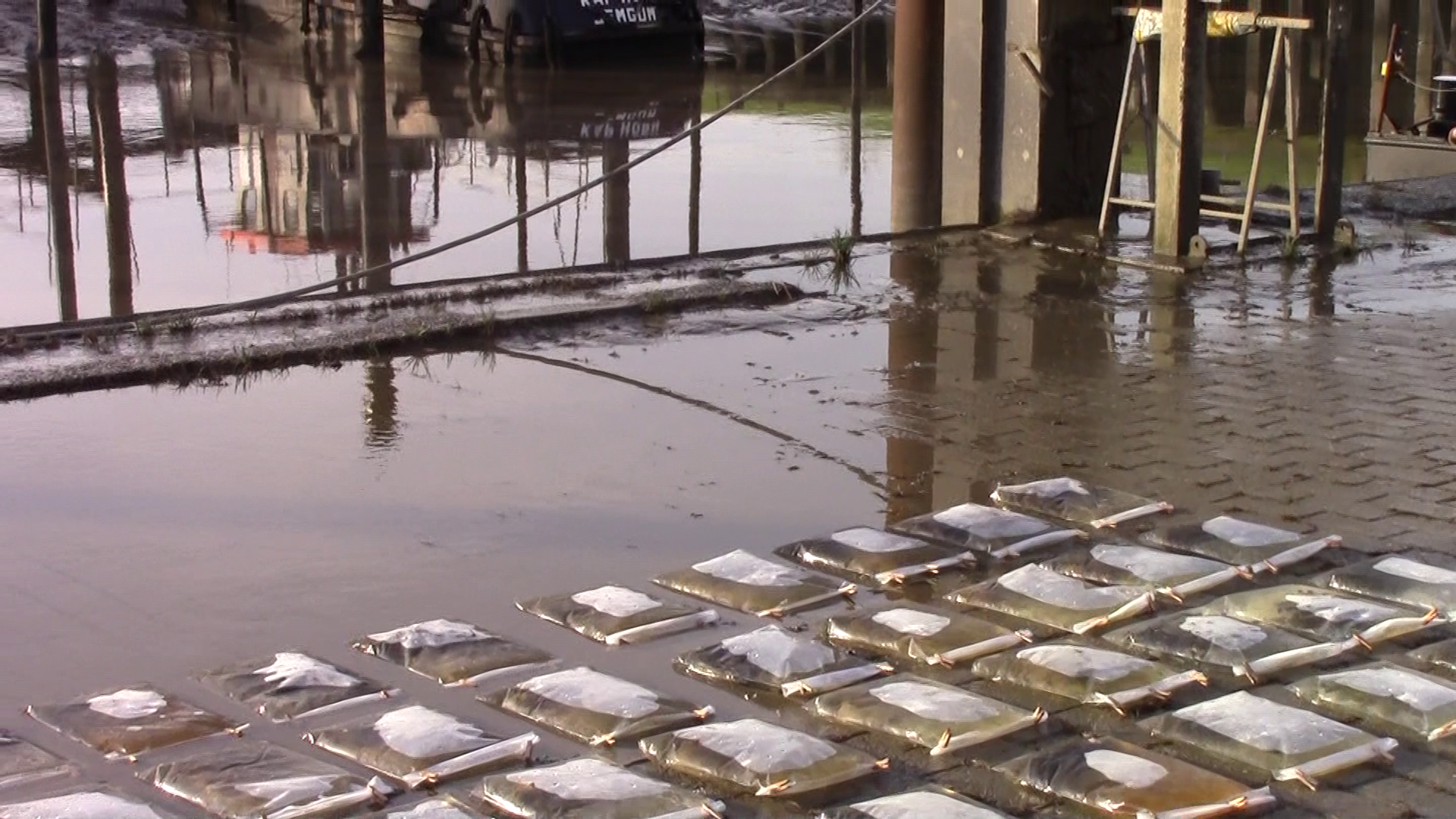
Manja Kindt
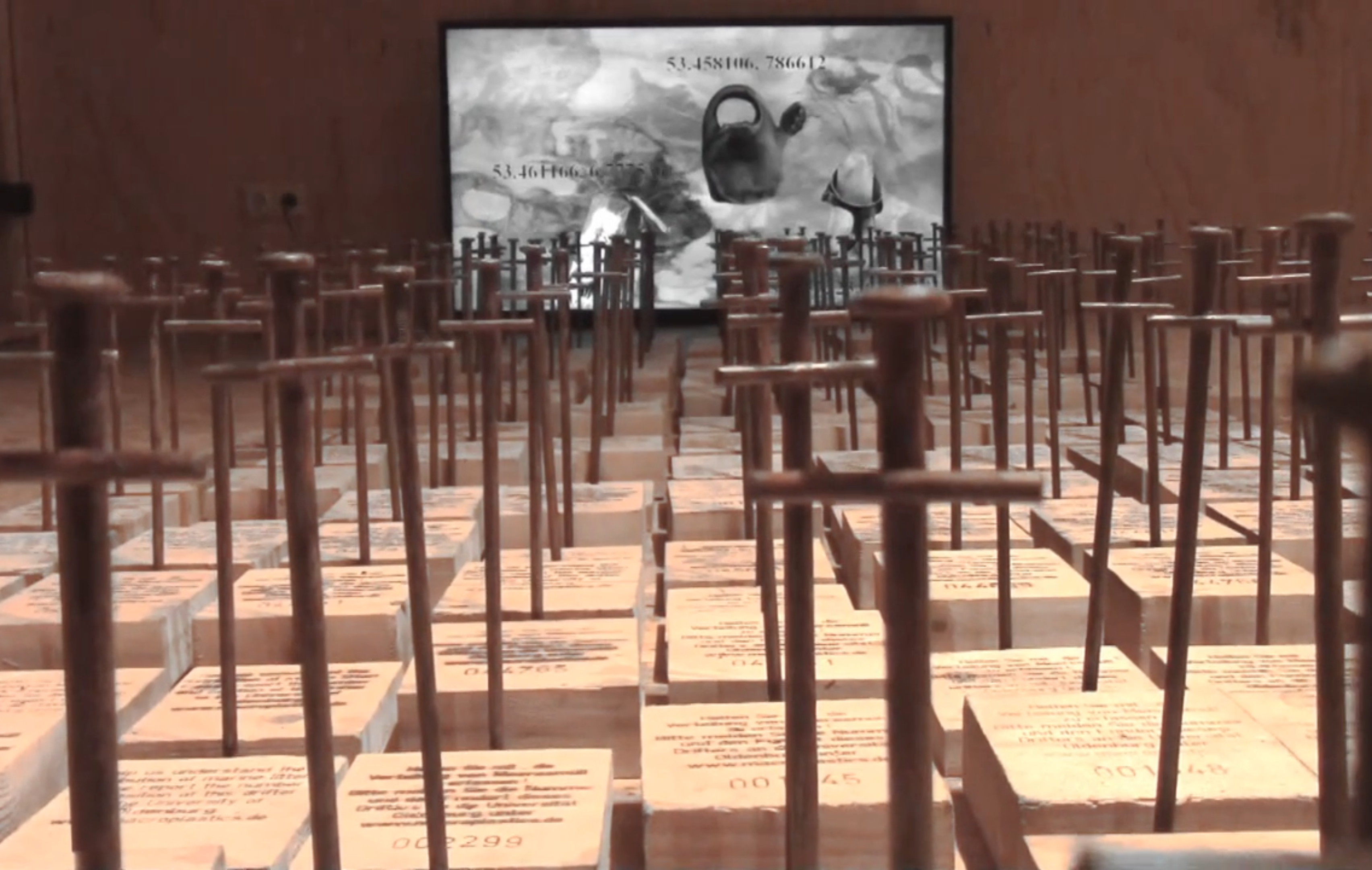
Manja Kindt
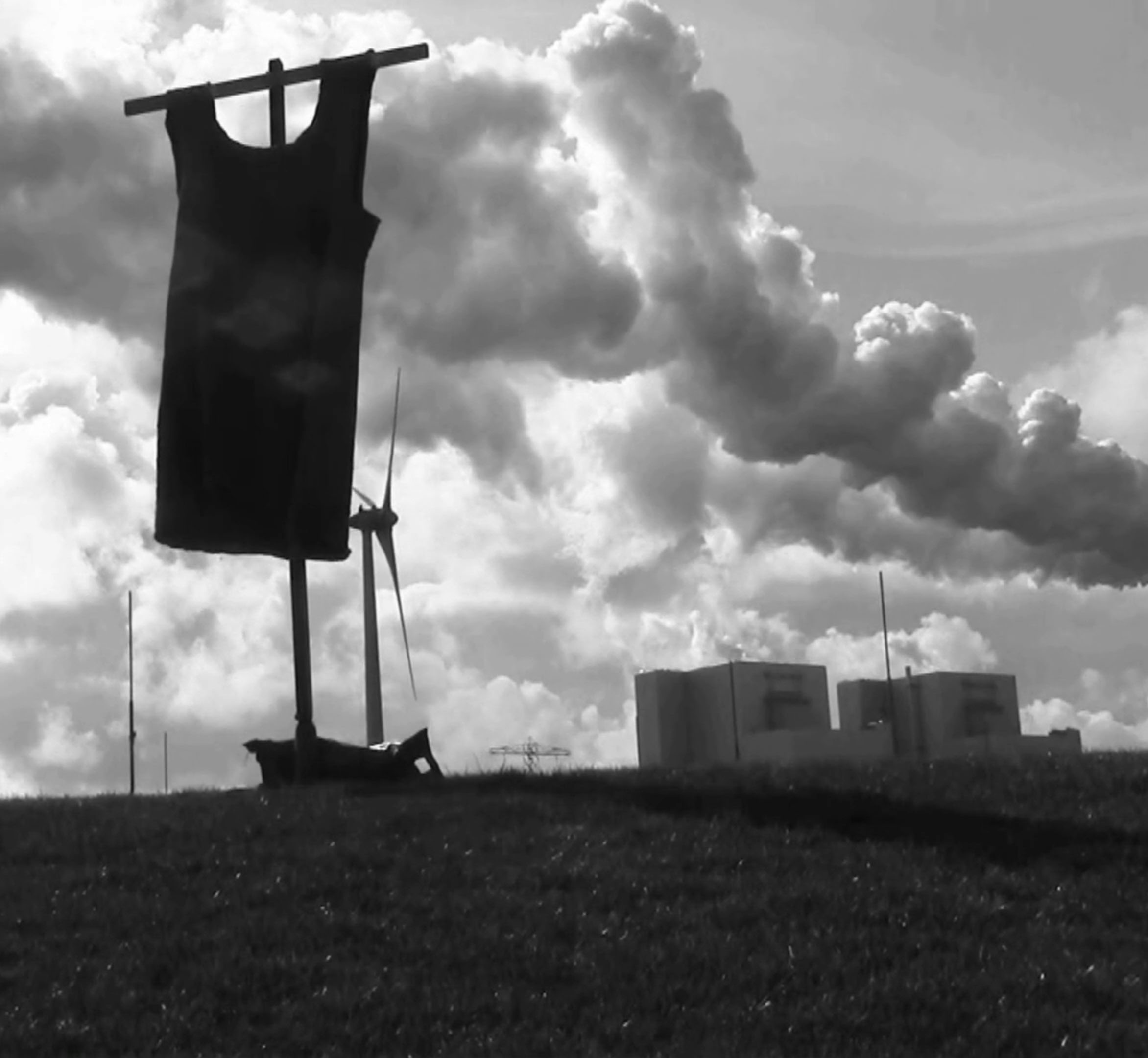
Manja Kindt
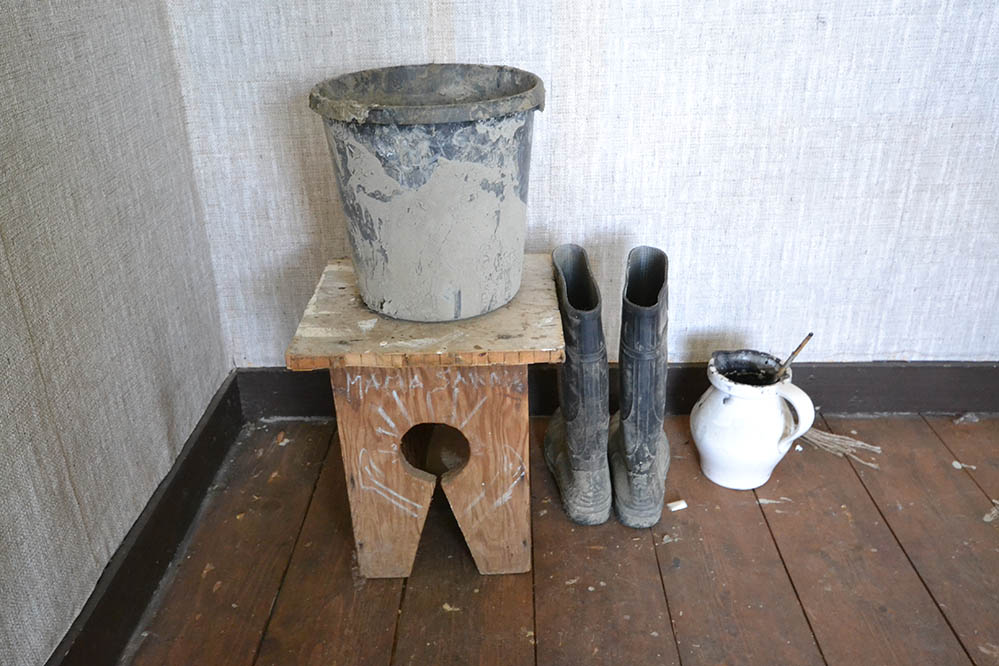
Manja Kindt
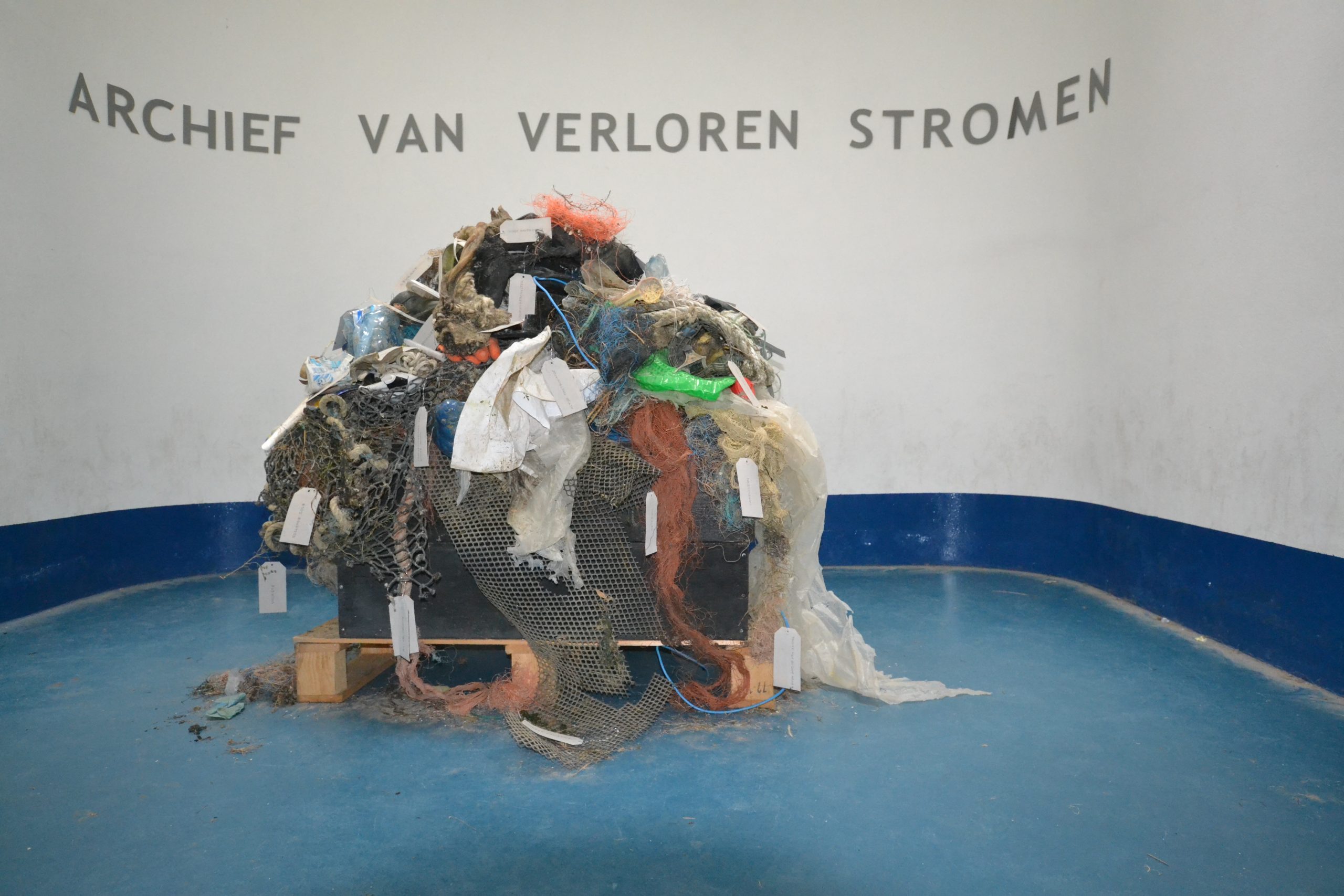
Manja Kindt
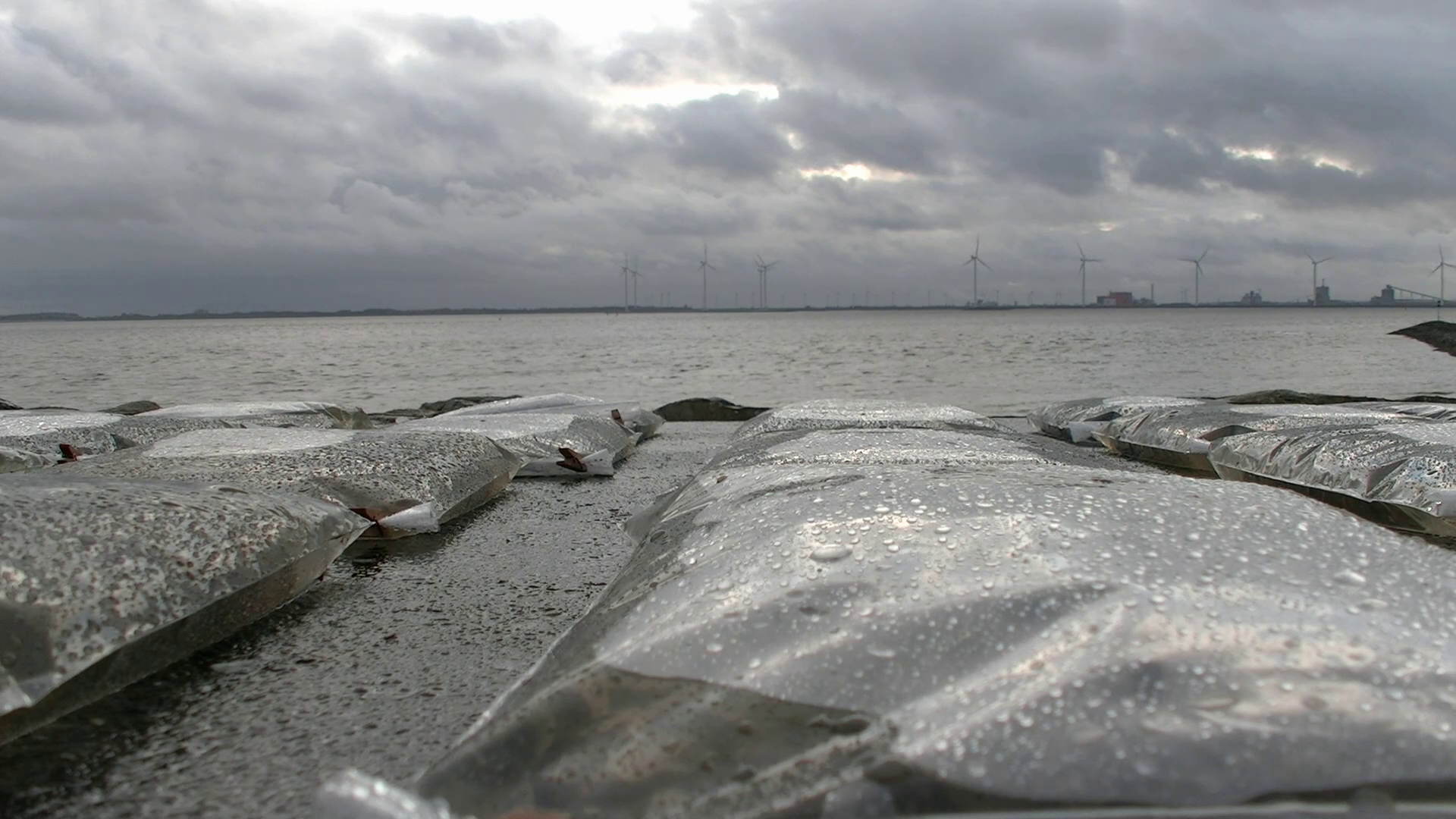
Manja Kindt
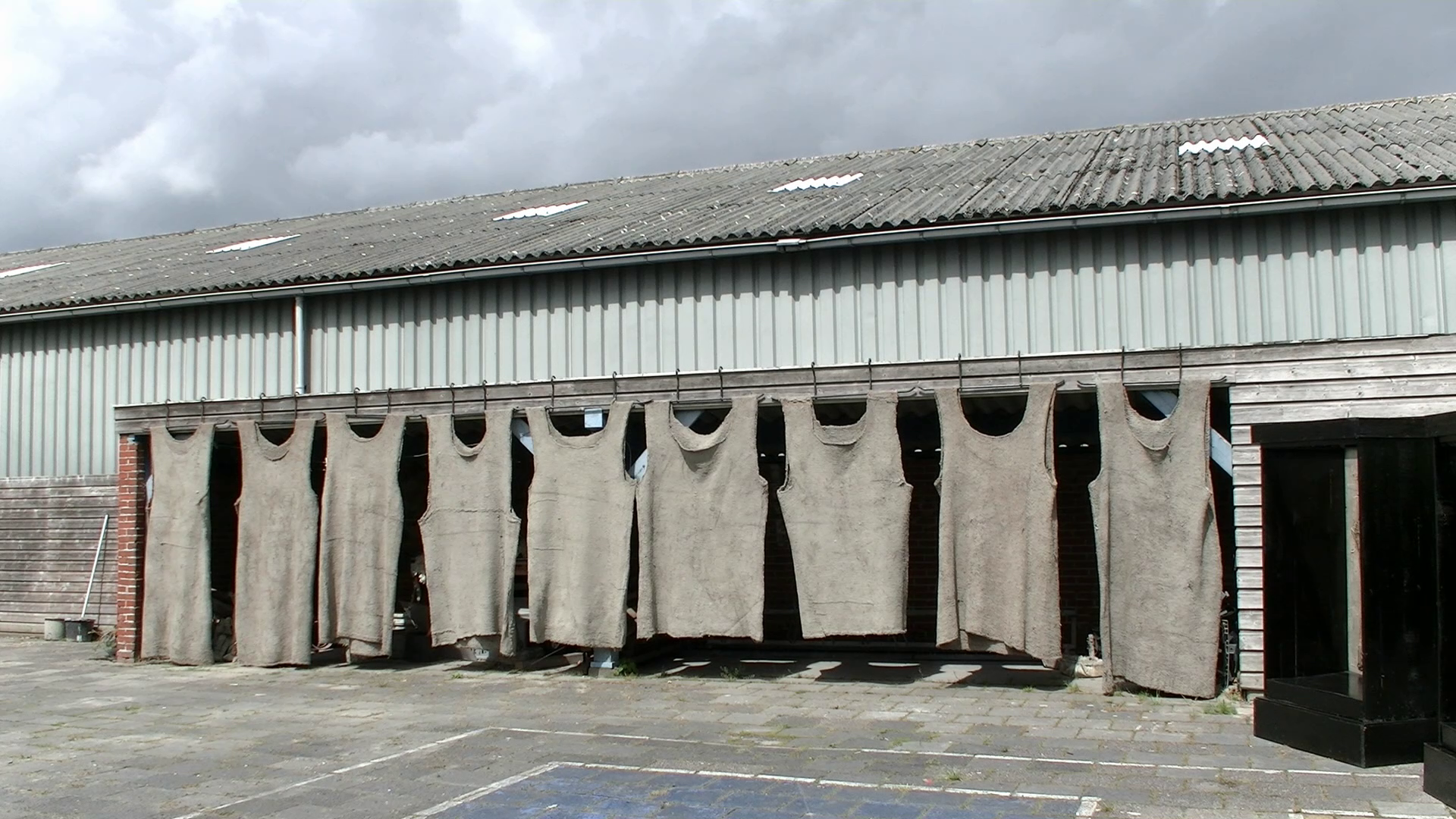
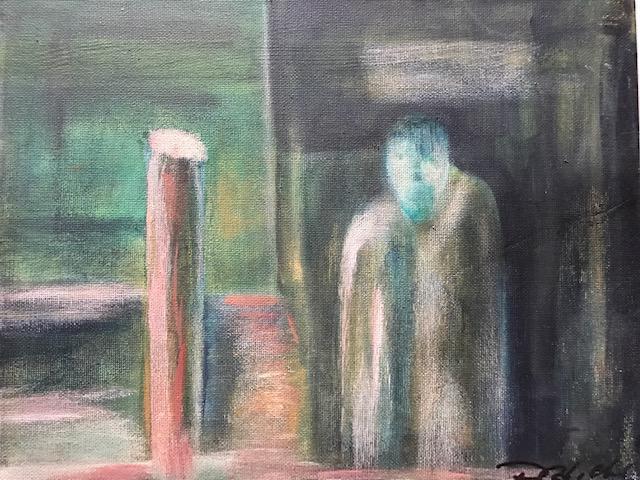
Reinhard Scholber
Der Schlepper – Reinhard Scholber
Acryl auf Leinwand 30 x 20
Statement
In der Malgruppe setzten wir uns mit verschiedenen Themen zum sozialen Frieden auseinander. So entstanden meine Beiträge. Die Not in Krisen- und Kriegsgebieten in der Welt treibt immer mehr Menschen in die Flucht. Leider beuten zwielichtige, skrupellose Schleuser die Notleidenden aus.
Unsicherheit und Angst, die Flüchtlinge aufzunehmen, wird leider von fremdenfeindlichen Gruppen in der Bevölkerung verstärkt.
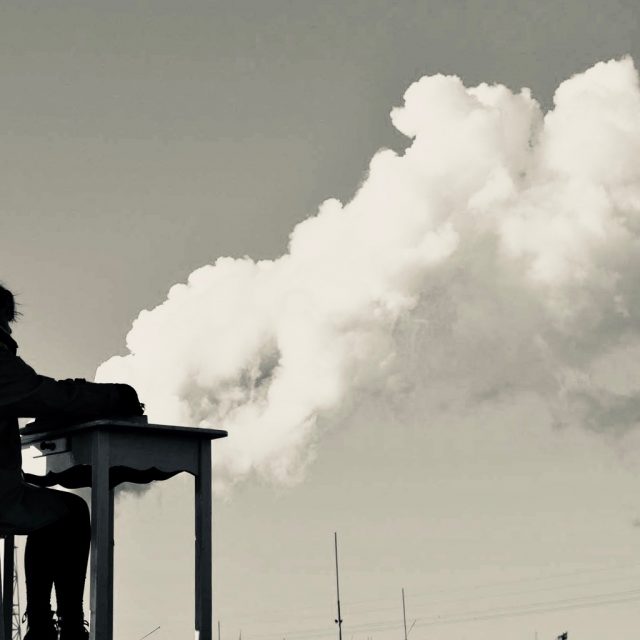
Paula Biemans
Paula Biemans (Zaandam The Netherlands, 1971) graduated in 1996 at the Hogeschool voor de Kunsten Arnhem bachelor fine arts and first degree art education
In mijn werk probeer ik, zonder een documentaire te maken, wat ik om mij heen zie en hoor en de ideeën die ik daarover lees, te verwerken in autonoom werk. Mijn werk kan bestaan uit video’s, installaties, ik werk met allerlei materialen zoals textiel, papier, ijzer en Groninger klei en slib uit de Eems. Ik kies het materiaal in dienste van wat ik wil vertellen/uitdrukken.
Klimaatverandering staat niet op zichzelf. Het is een van de dingen waar ik over na denk. Broodnodig feminsme, tegen seksisme en vormen van discriminatie, de slopende monocultuur in de landbouw en soms zelfs in de tuinen van mijn dorpsgenoten, patriarchaat, allemaal onderwerpen die mij bezighouden en op eneigerlei manier in mijn werk zitten. Alles heeft verband met elkaar, Alles stroomt, aan de Eems.
One of the projects I did on climate change (and related subjects)
In Transit
Since 20 years I live in Bierum near the river Eems. During this time I saw big industries rising, farms growing and monocultures occupying the old landscape. I decided to react two years ago with a serie of performances: In Transit. Placing a table and a chair on the dike at the river Eems I wrote several letters on a type writer. The letters to the Eems are assuming the river to be a woman who is misused by patriarchy. A part of the letters I left to the water by letting them go in the wind. Another part I assimilate in the installation Camera Incantatus. I started to study on old folk story’s of times when the landscape of noord Groningen and Ost Friesland were more influenced by enchantment. I wrote these stories to the Eems to remind her of the time she was a naturel and more alive stream.
Camera Incantatus
Camera Incantatus is an installation consisting more then 35 paper objects. Camera Incantatus means enchanted room (de betoverde kamer, der erzauberte Raum). Single table legs carry a plate and a spoon. They are balancing in the room all apart from each other. All separated from their connection: the rest of the table. The plate seem to be empty, but who looks closer sees that they all contain text fragments. The public is hand out torches to walk through the installation and read the fragments. The paper object are made with silt from the Eems. The room is filled with the smell of the silty river. The sound of her is hidden in several places in the installation and can unexpectedly be heard locally.
I work with a variety of materials: paper, textile, iron etc. My work consists installation, video, performance.
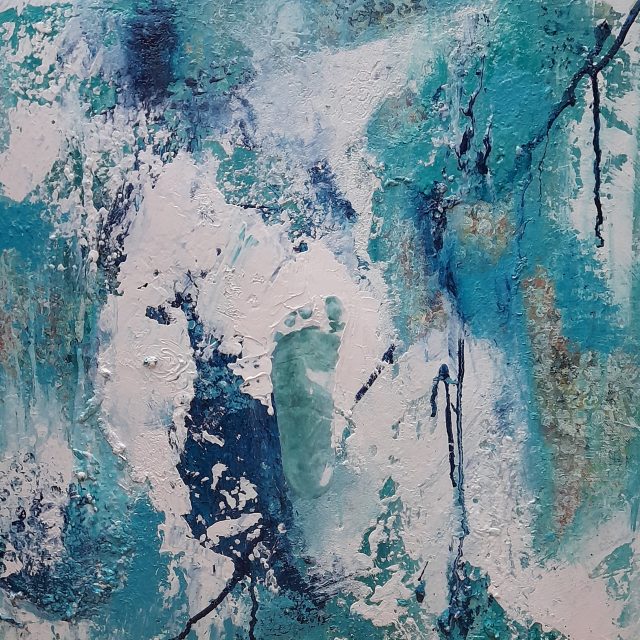
Doris Reinke
Doris Reinke
Klimaschutz sollte ein Kinderrecht sein.
Klimaschutz sollte ein Kinderrecht sein,
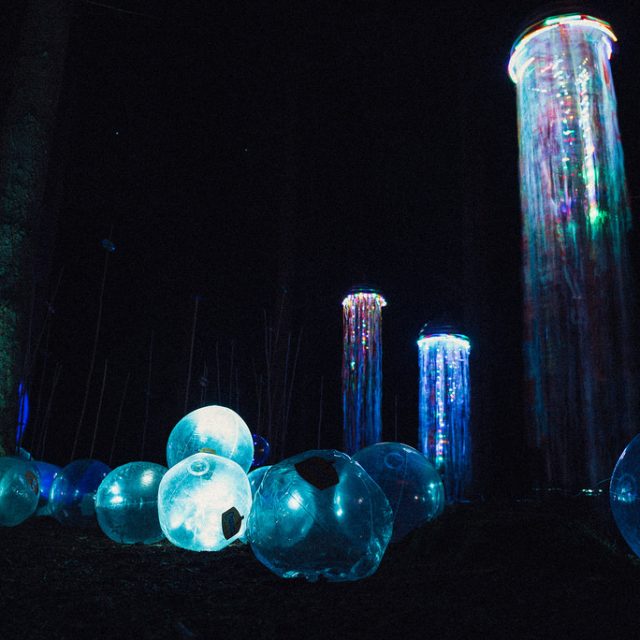
Marian Tappel
Marian Tappel
Ik werk graag in serie en kies daarvoor een passend medium, hierdoor verschilt mijn werk sterk van elkaar, echter de intensie is altijd hetzelfde, een andere wereld openen ….
Website: www.marquante.nl
Kunstwerk: In mijn werk vraag ik met humor aandacht voor het “achteloos wegwerpen” van “afval”. Een andere mindset te activeren, door het transformeren van “afval” naar objekt, een andere wereld te openen…….. Met bijv; “PLastic Soup”, “Trash Flowers” en “Trash Fairies”
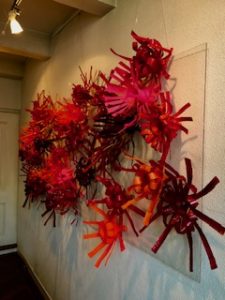
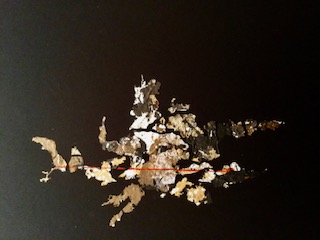
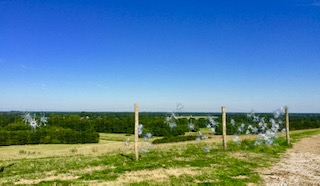
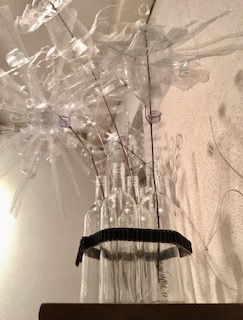
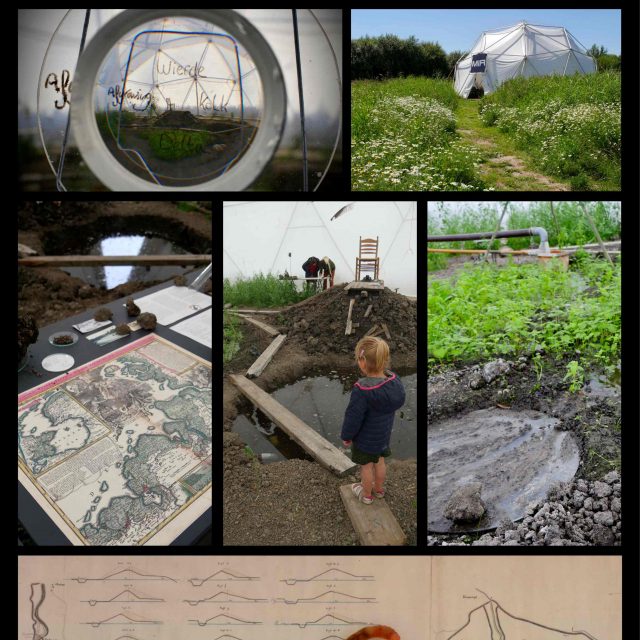
Koos Buist
Koos Buist
Koos Buist (born 1984, Groningen, Netherlands) grew up on the countryside around Ezinge. Here is where the foundations were laid for his love to work with, work in and work for nature. Moving to the city of Groningen to study at the Art Academy Minerva, his work started to focus on the micro nature outdoors and indoors. He graduated in 2010.
Koos now works as an interdisciplinary artist with his studio based in the Biotoop at Haren, Netherlands. His work consists of installations, films, and collaborative projects with other artists and biologists.
Project SLOOT: A film and sculptures that make a theological and philosophical connection between an ancient cultural landscape and primal nature in the ditch of Groningen.
Project of the Wadden Sea People: Search for a natives sea people living behind the sea dike.
Insect temples: Meeting place for humans and insects, also a place for wild flowers and biodiversity.
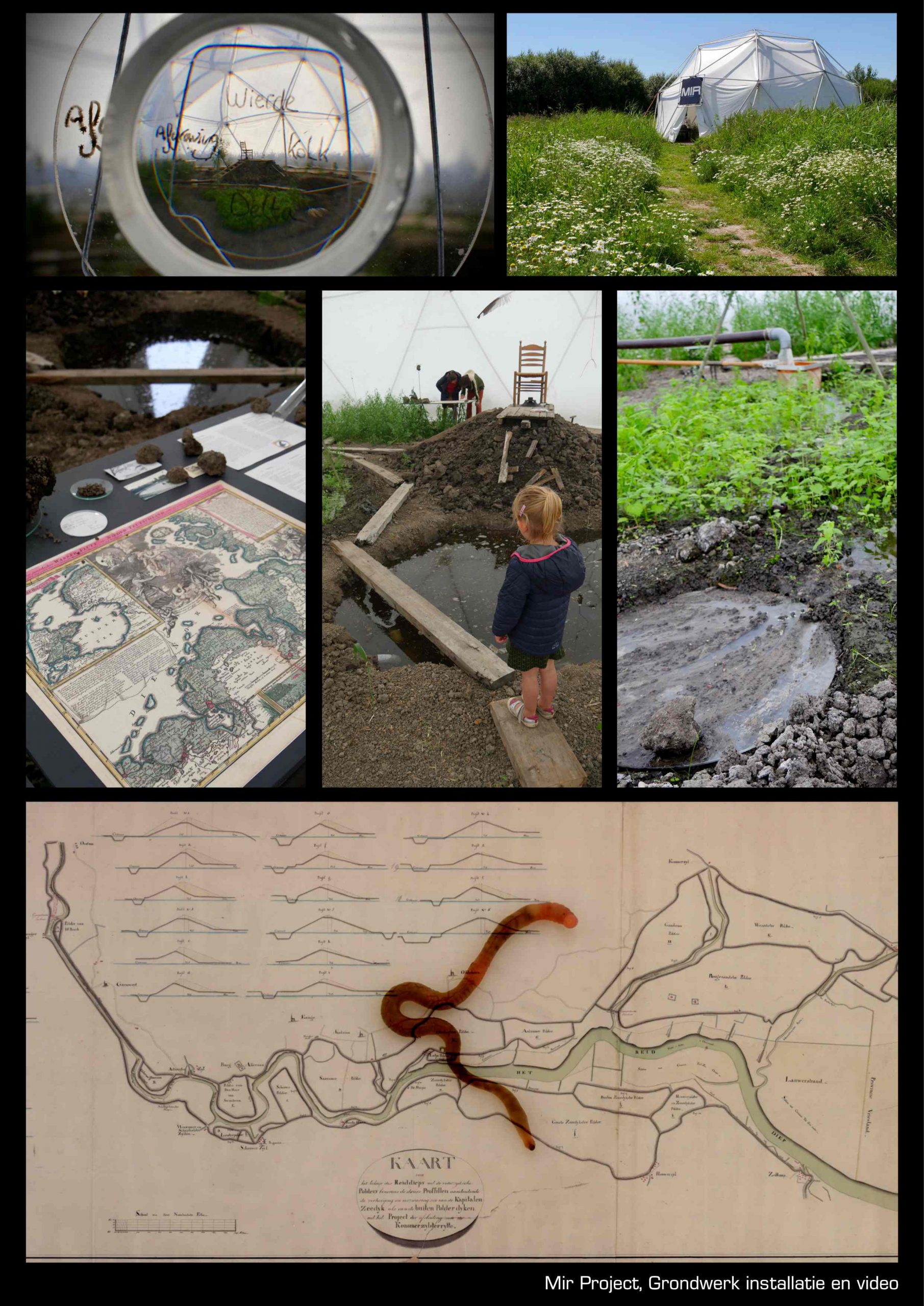
Micro video still, SLOOT
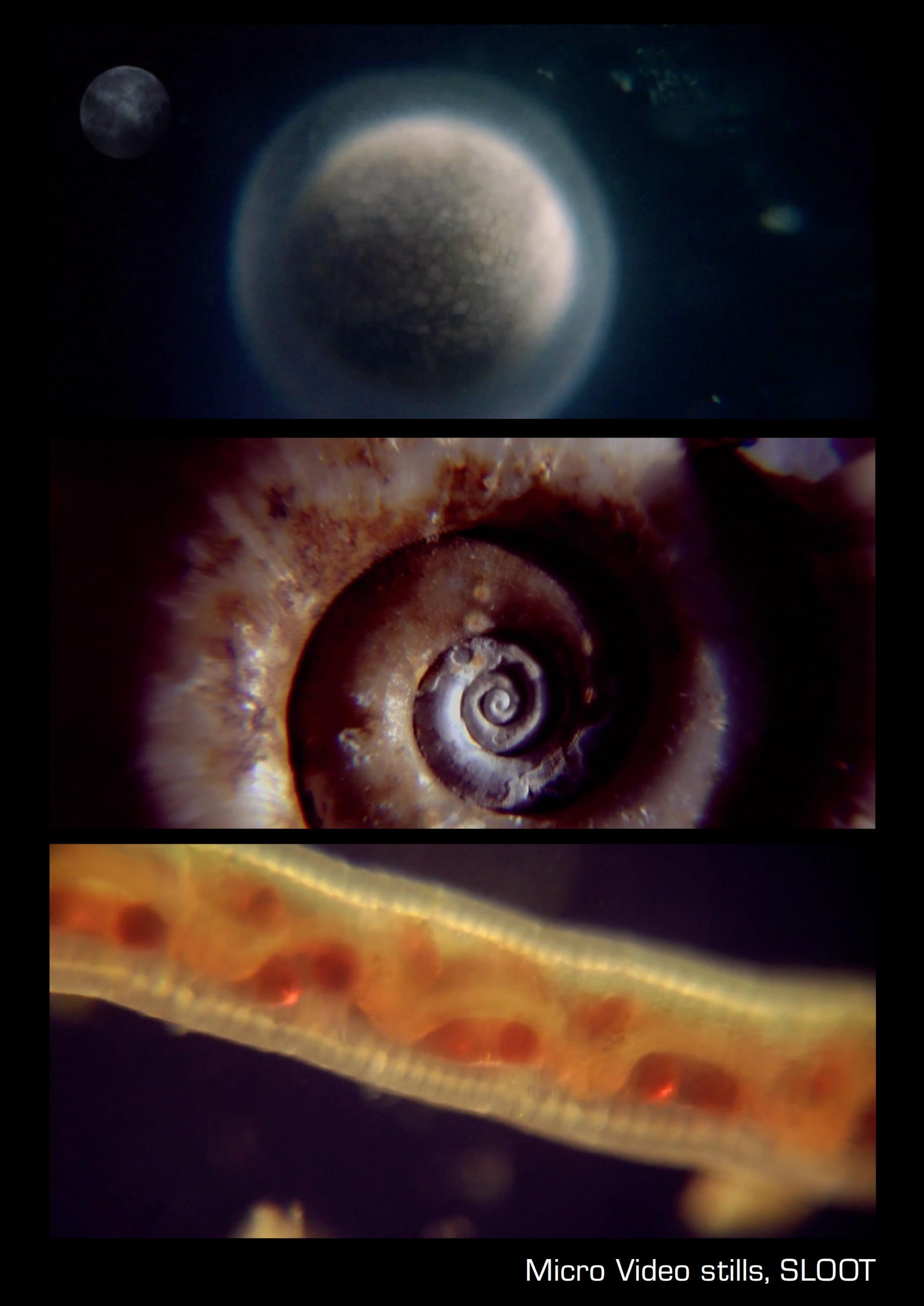

micro safari der Aa
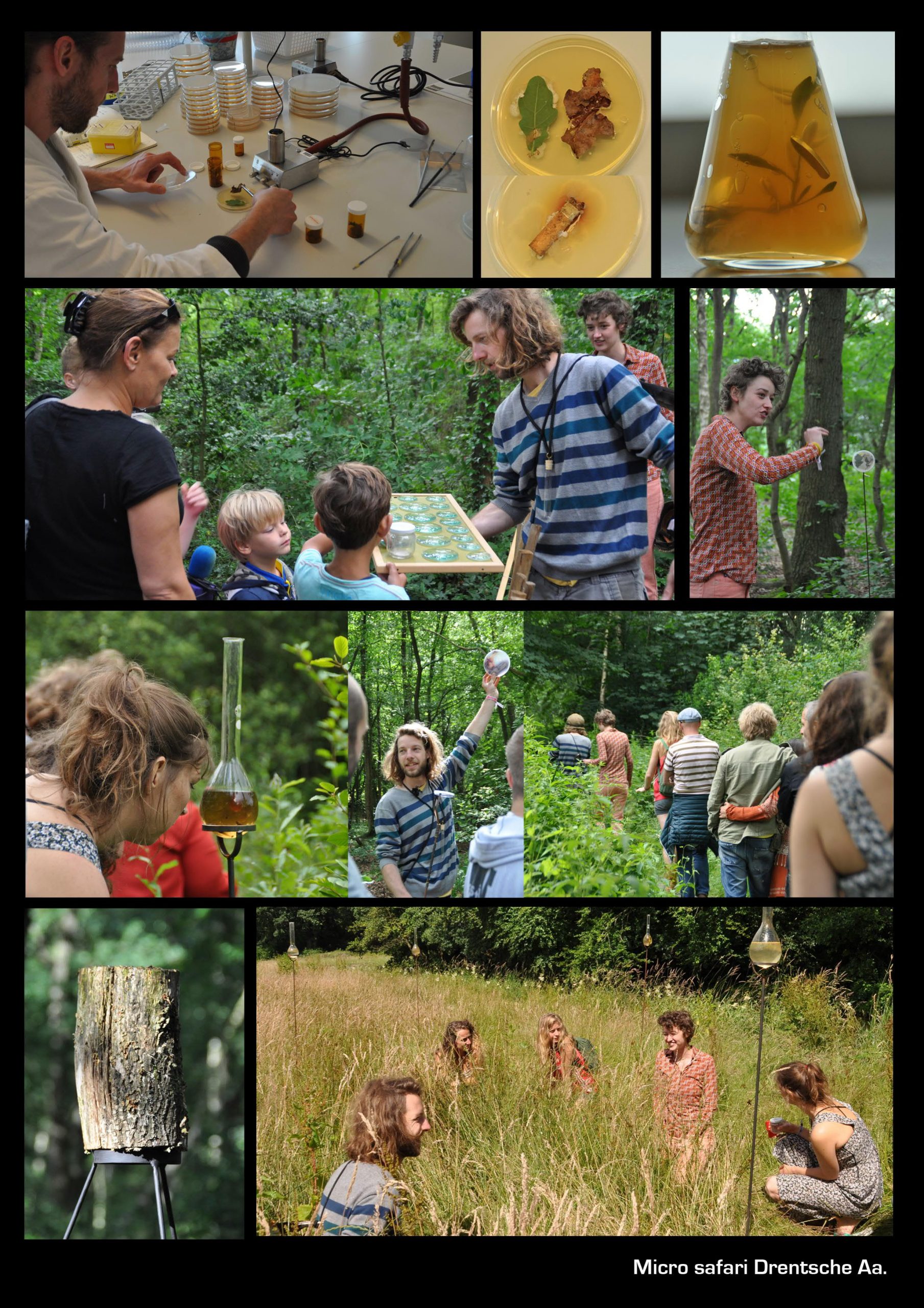
ogahoh, Utica
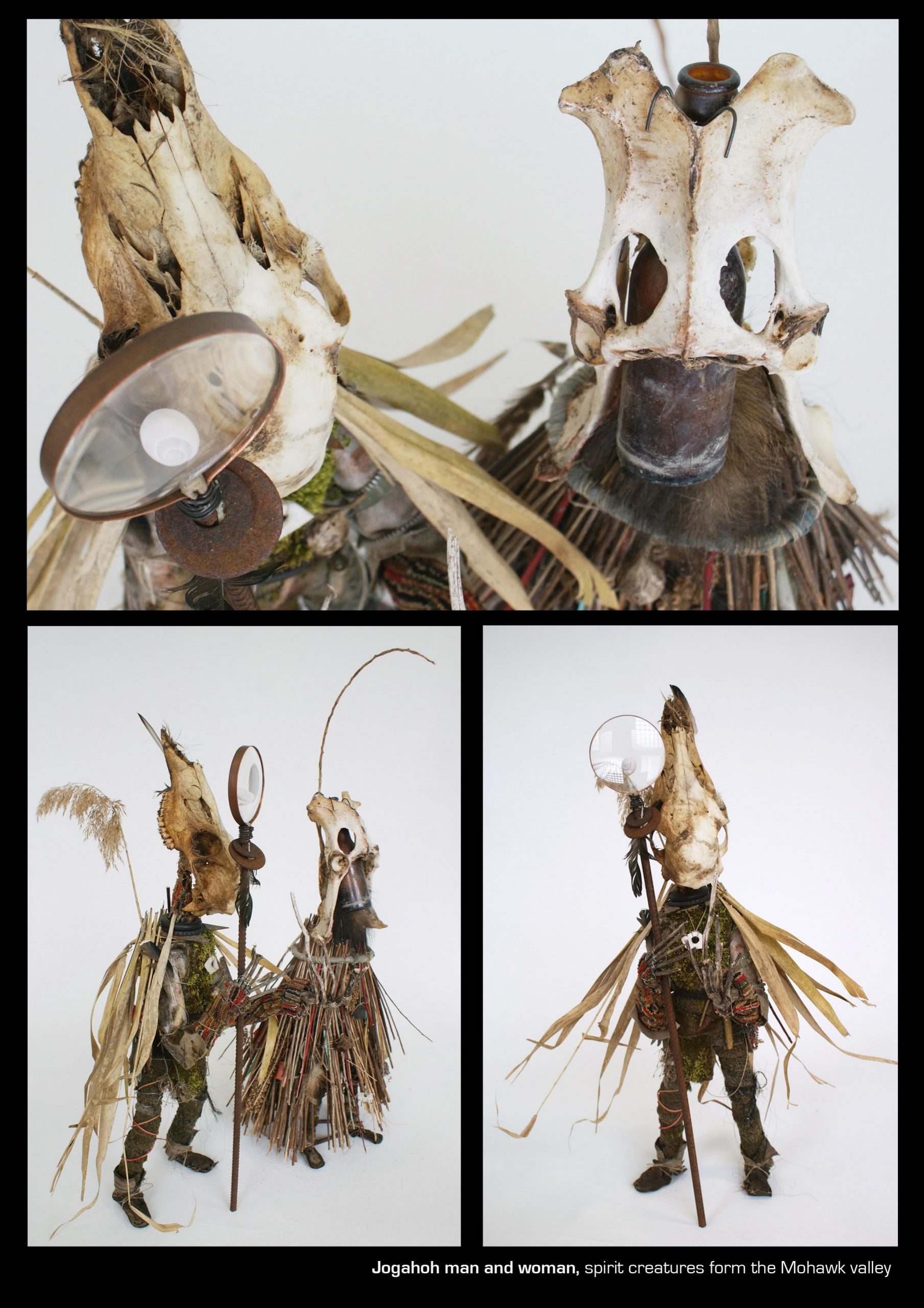
Woodhengs
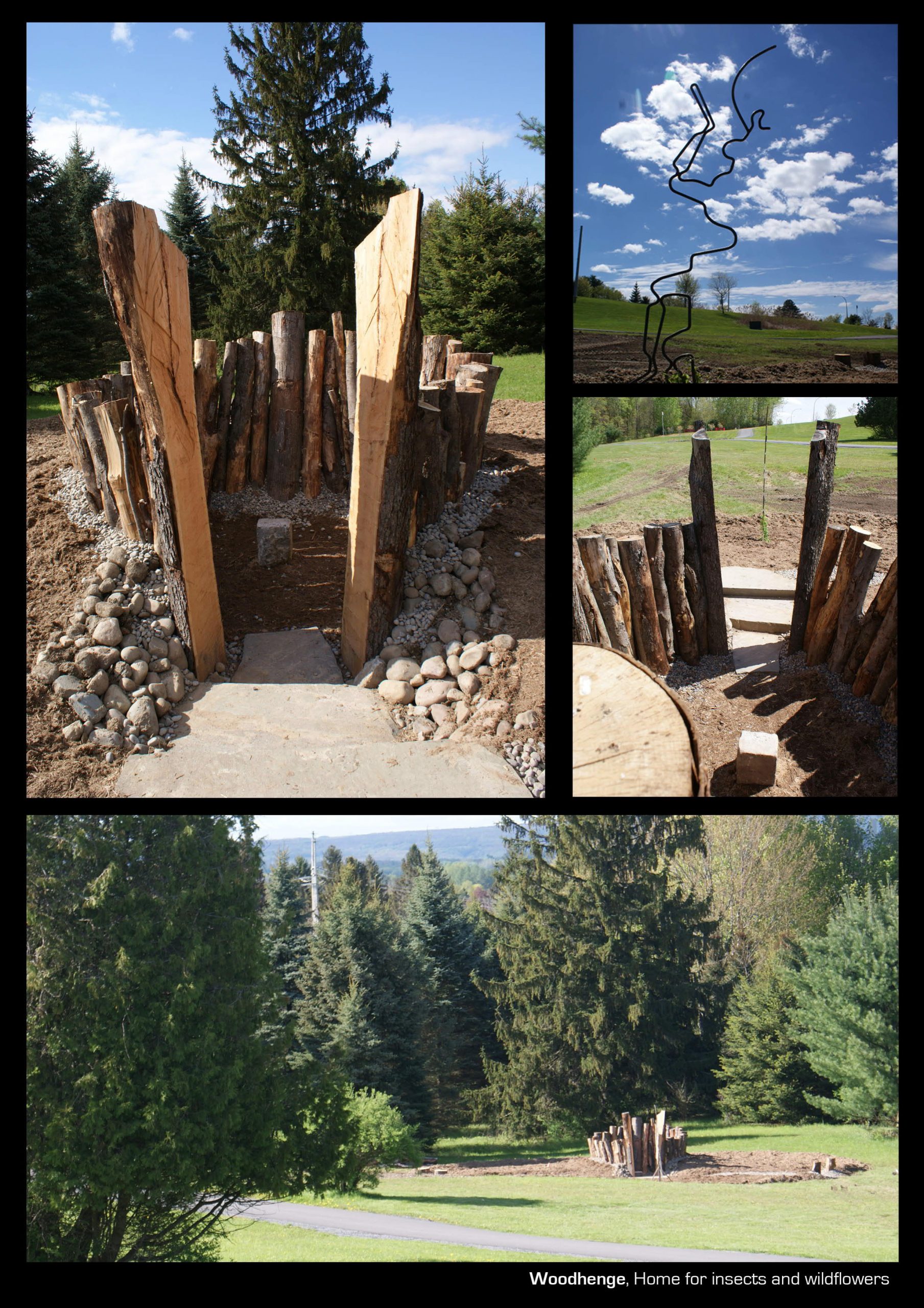
Compulatie wadwakers
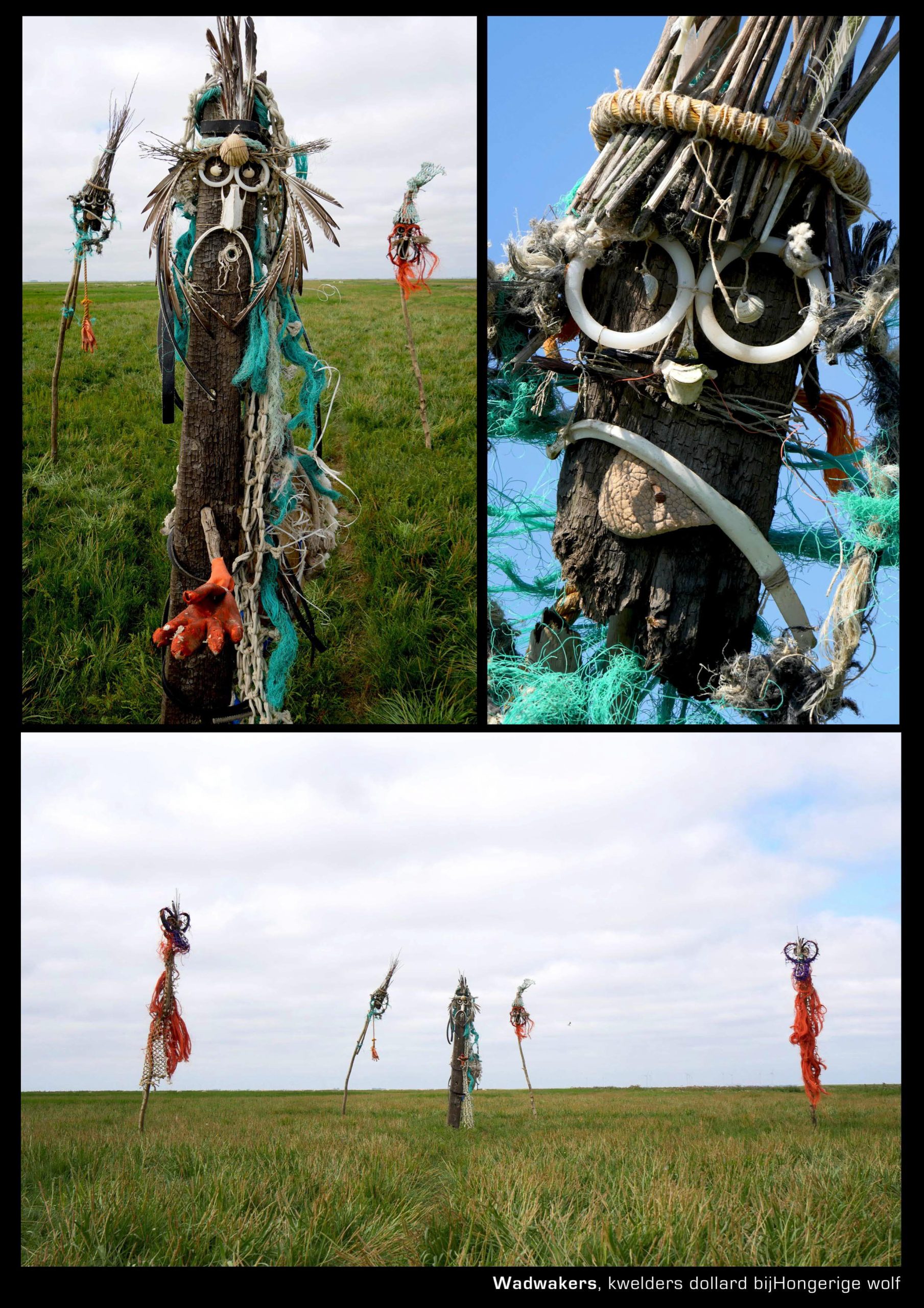
Waddenzeevolk Boek compulatie

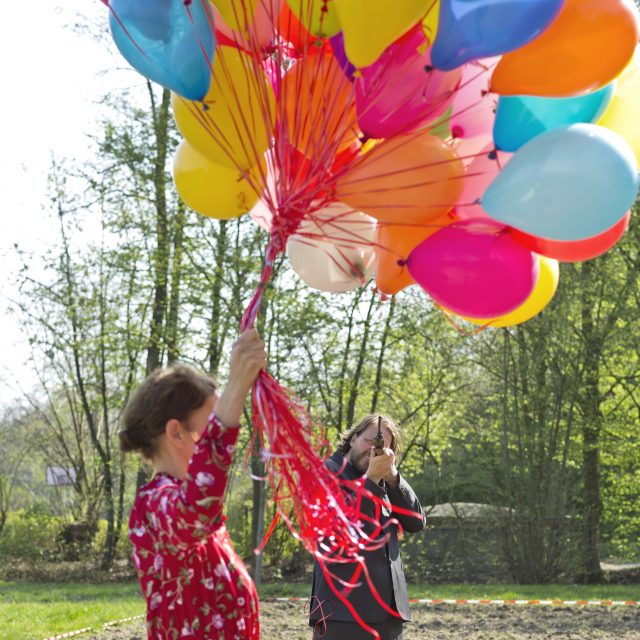
Scheibe & Güntzel
“Scheibe & Güntzel”
comprise the Hamburg-based artists, Jan Philip Scheibe and Swaantje Güntzel (both b. 1972), who regularly collaborate on joint projects as an artist-duo alongside their individual practices. Both artists engage deeply with the reception of nature and the role played by humans in shaping landscapes: Jan Philip Scheibe analyses the various facets underpinning romanticised idealisations of nature, whereas Swaantje Güntzel has engaged for over 15 years with the radical changes wrought upon nature by human interventions. Her work examines the global challenges induced by anthropogenic climate change, plastic pollution in oceans, the extinction of species, and the ensuing psychological consequences which these have upon mankind. Initiated in 2009, Scheibe & Güntzel’s participatory series, PRESERVED, reflects the relationships of dependency which mankind has developed to nature. The project offers an importantcontribution to political discourse in the wake of increasing sensitivity towards ecological themes in the present.
In their project, PRESERVED // Altland – Neuland [Gemüseschießen] (PRESERVED // Old Land – New Land [Vegetable Shooting]), the artist-duo, Scheibe & Güntzel, explored the ways in which the landscape of Westphalia will be transformed through the effects of climate change. For this work, the artists reactivated two plots of the Baroque vegetable garden of Senden Castle in the spring of 2020, laying down a newly ‘disordered’ garden through a specially-conceived performance (‘Vegetable Shooting’). The seeds deployed for this performance reflect the development of vegetable cultivation in the region, both past and present, and in the future. Over the course of the year of the realizatiion of the project in 2020, the artists implemented an accompanying programme comprising performances, interventions, cooking events and tours for the host institution, Senden Castle, as well as at partnering locations, the Kreislehrgarten Steinfurt and the Biologisches Zentrum Kreis Coesfeld. In the process, the work not only made visible the effects of climate change on Westphalia’s countryside, but also mirrored the emotional significance of the anthropogenic changes incurred upon the landscape for the people.
https://vimeo.com/420722639 (in German)
Beschatten

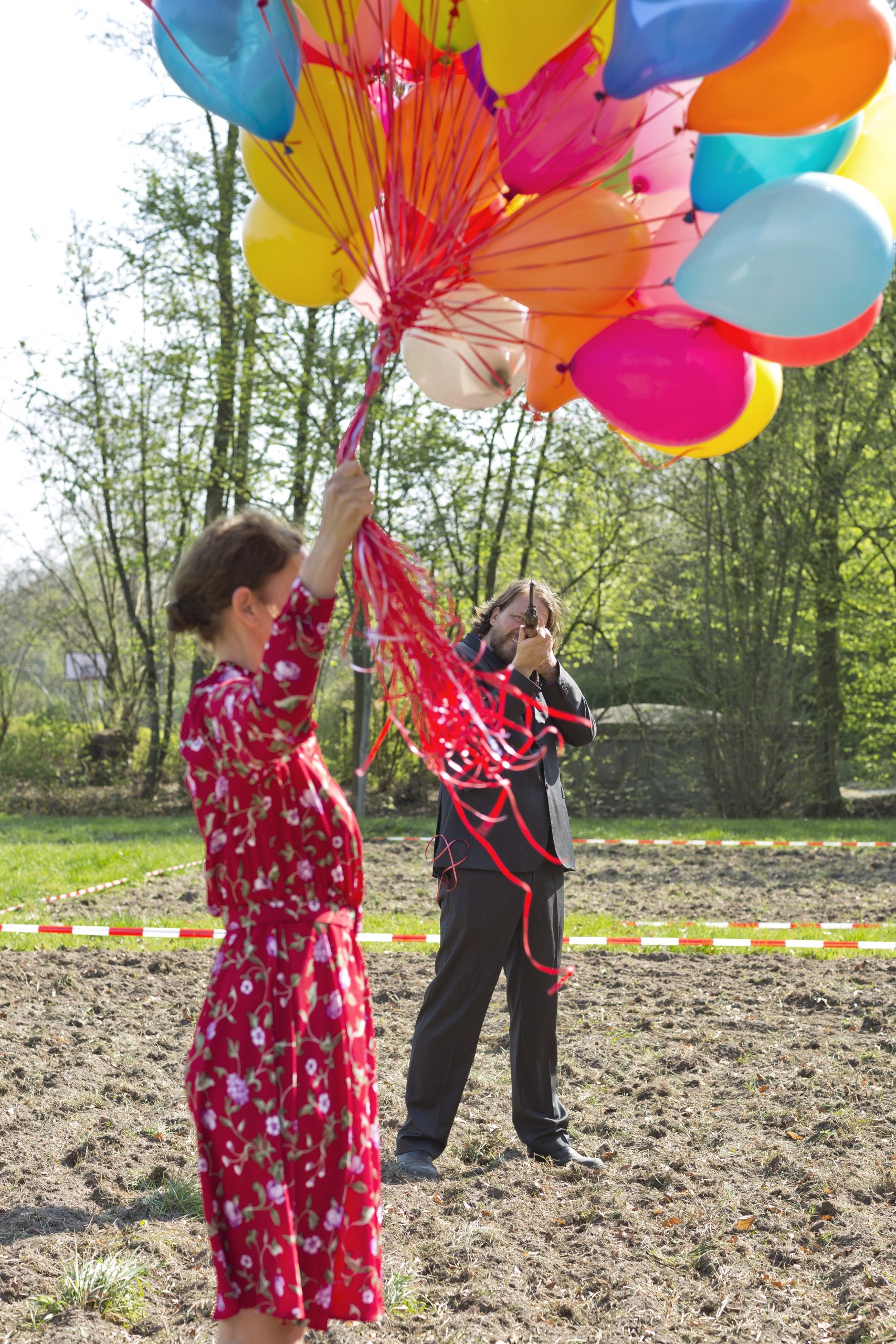
Bewässern
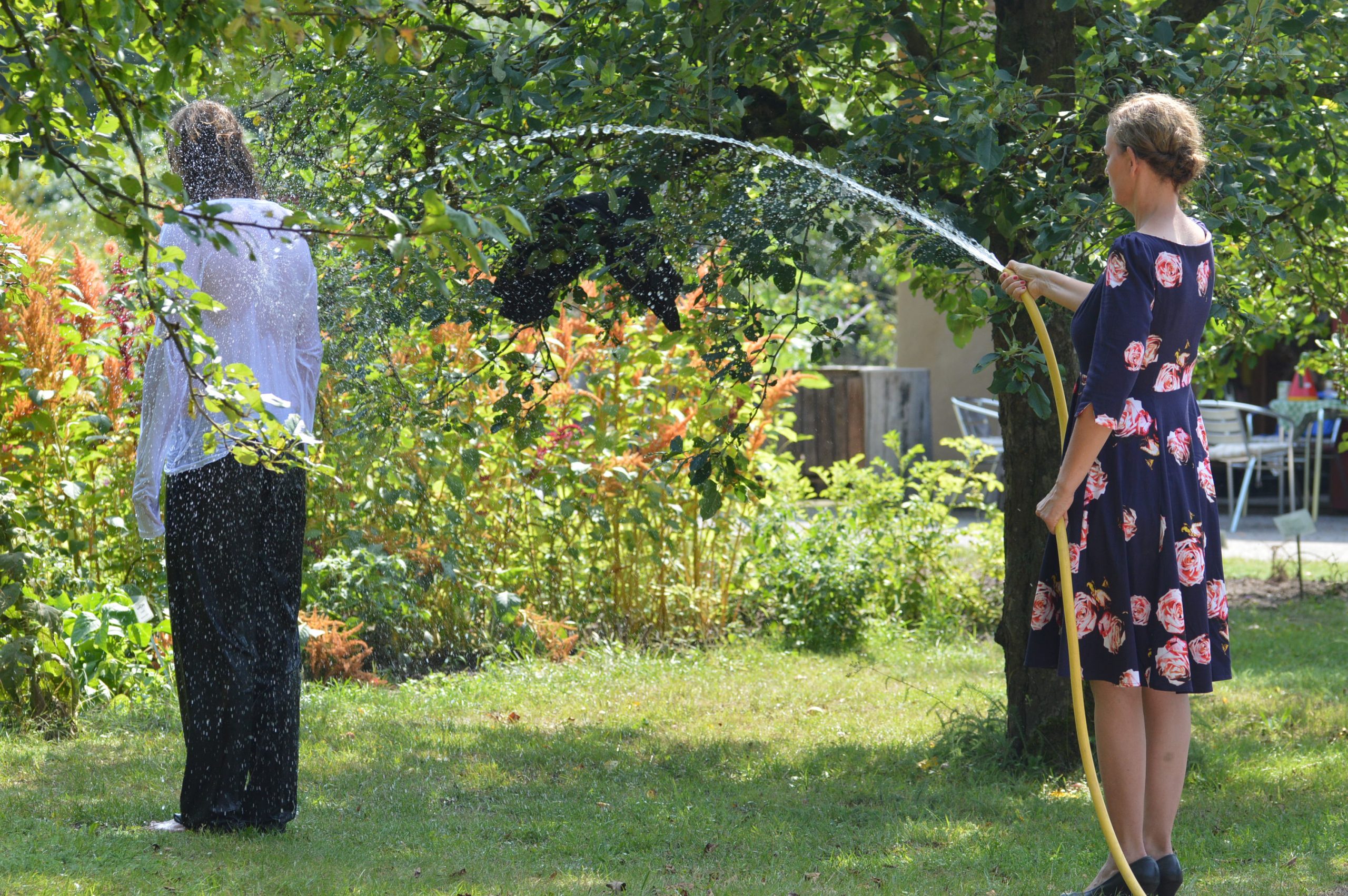
Drohnenaufnahme
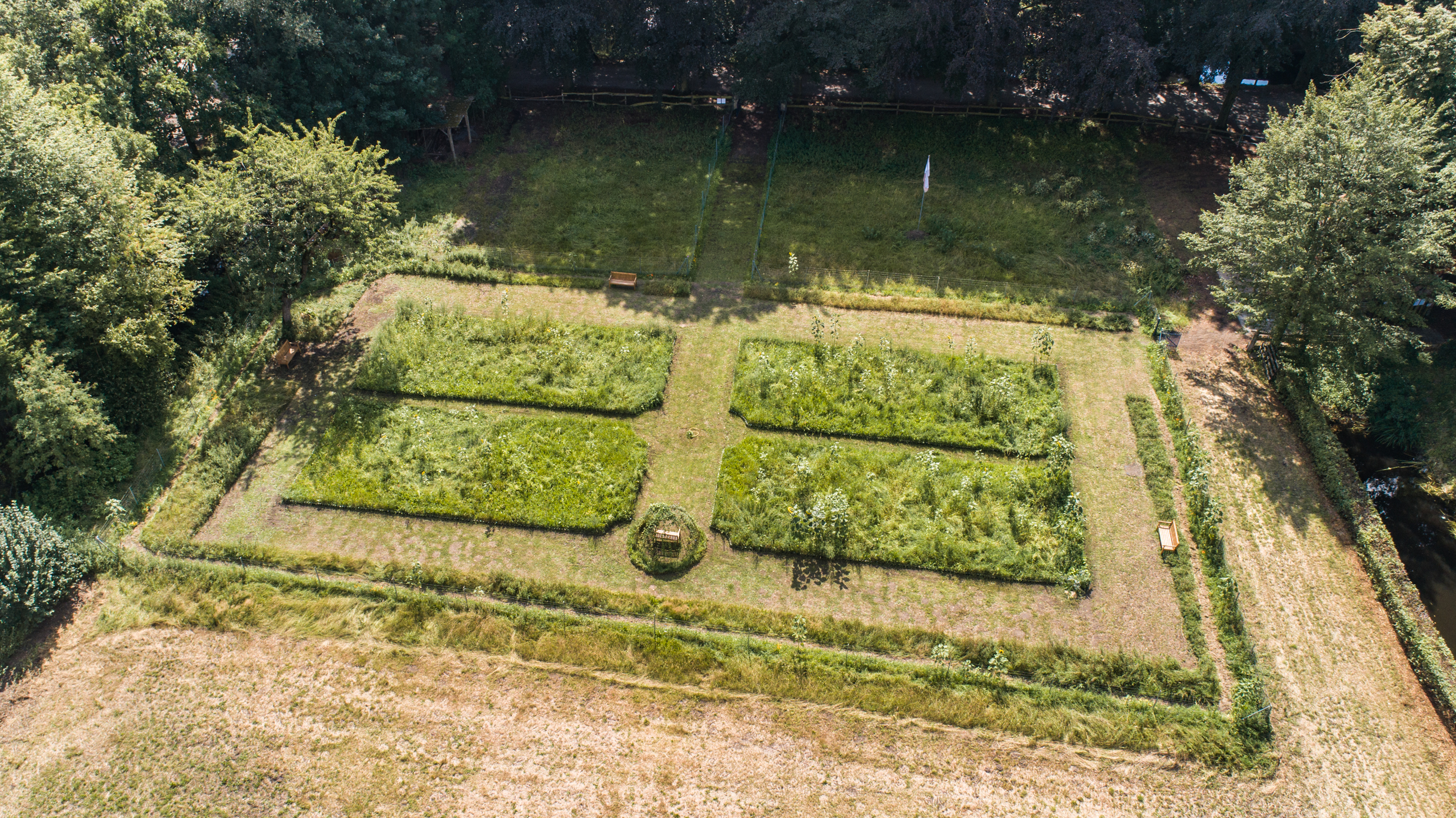

Kirsten Stapel
Anna-Kirsten Stapel
My fascination and affinity goes out to the natural world. I marvel about existence and the mysterious role that every living and non-living thing plays in our universe.
Experiencing the delicate interconnectedness of existence and its biodiversity on earth has led me to wander more into the metaphysical realms.
Exploring the transient nature of being and the nature of ‘nature’: considering life and death as part of a cycle as well as an eternal coming and going.
I am a multi-disciplinary artist; trying to capture the essence of a place, creature or the forever-changing landscape.
I use different mediums to create my artworks like painting, drawing, film, photography, sculpture and installation.
I mostly focus on painting but I will not exclude any form of expression.
With my art I hope to ripple a positive impulse and awaken a compassionate attitude in people towards the natural world. I hope people see the emotional connection one experiences of the outside world as an inner-landscape.
I was born in Holland 1989. I moved to Nelspruit in South Africa as a young child. I am now living in Bedfordale in Western Australia.
I have worked as a field-guide in the South African bush and gained a lot of understanding of depth and meaning found in the wilderness. When I returned to practicing art full-time I took this knowledge and combined it with teaching intimate art-workshops.
I have attended Masterclass workshops with renowned South African artists; a one week masterclass printmaking with the legendary and beloved Mimi van der Merwe. I have done oil-painting with Walter Voight as well as Ceramic Works with the celebrated Antjie Newton.
I have sold my art all around the world in private and public collections.
Studies Tertiary: Bachelor of Fine Arts (BA) – Hanze University: Academie Minerva
Groningen, Netherlands 2008-2012
Diploma: Eco-Training, SA (Field Guide Association of Southern Africa) 2014-2015
Secondary: Penryn College, SA (Matriculated) 2007
Kirsten Stapel - By the river - Oil paint on panel
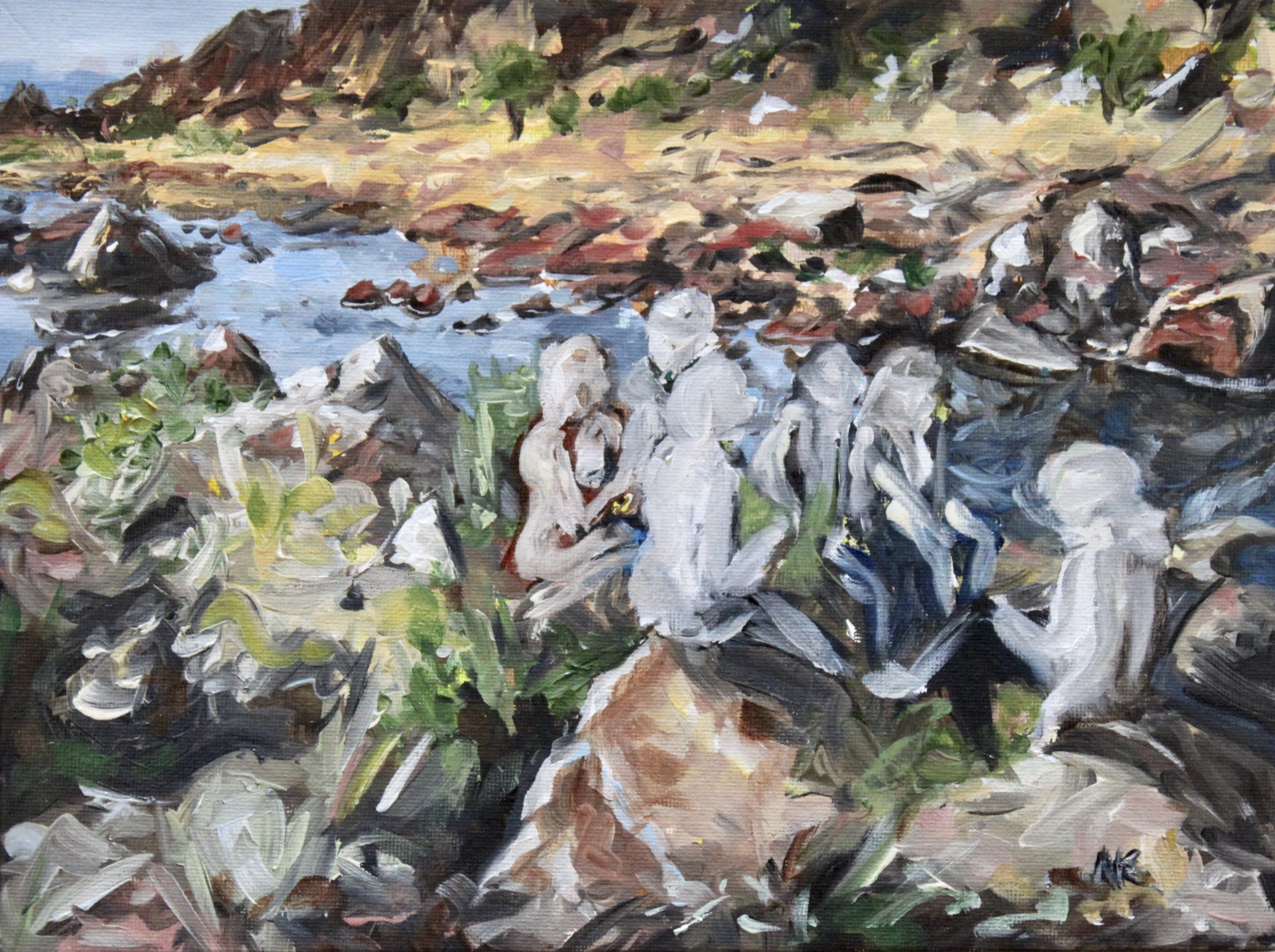
Kirsten Stapel - hidden place - oil paint on canvas
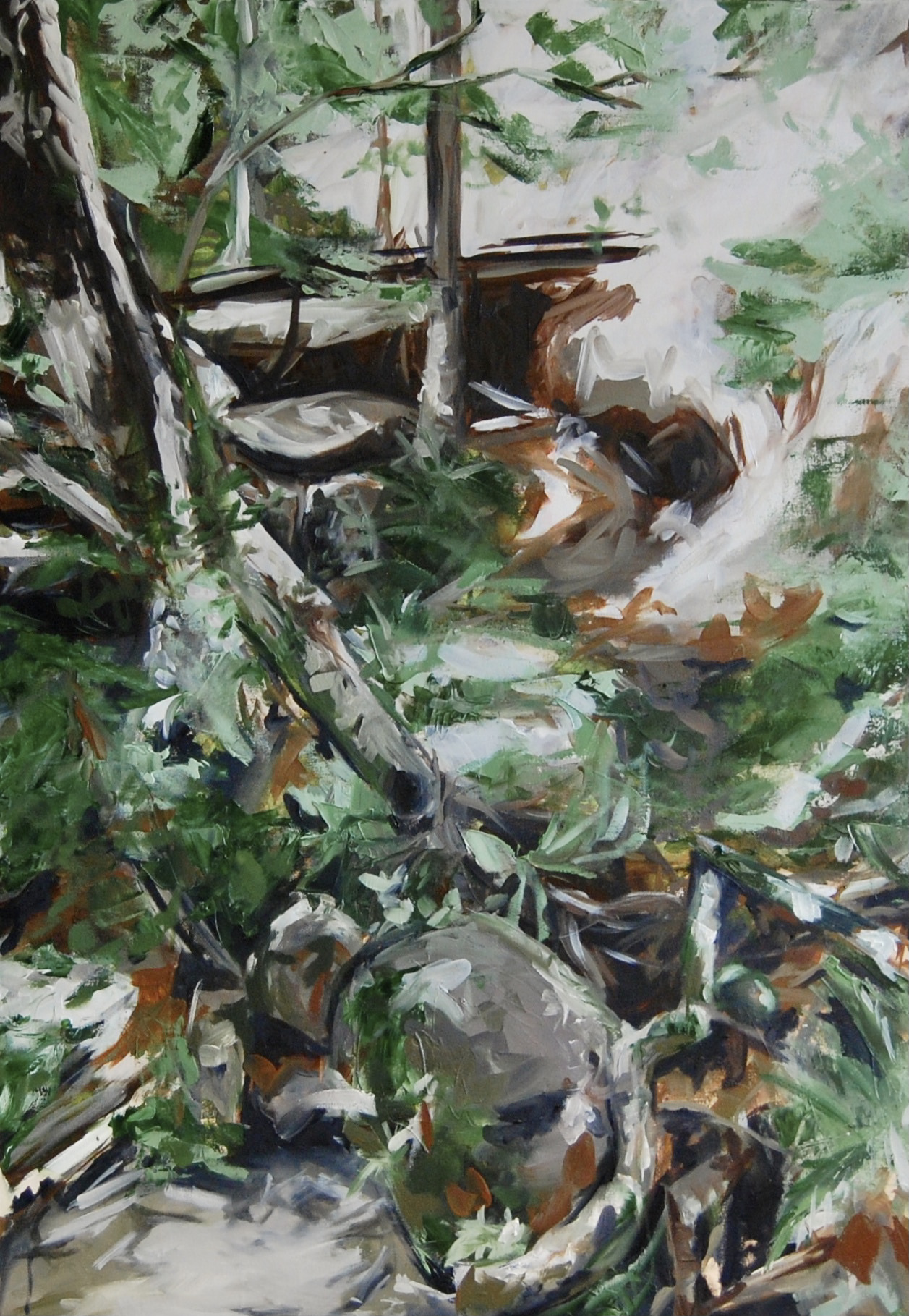
Kirsten Stapel - Liana - oil paint on canvas
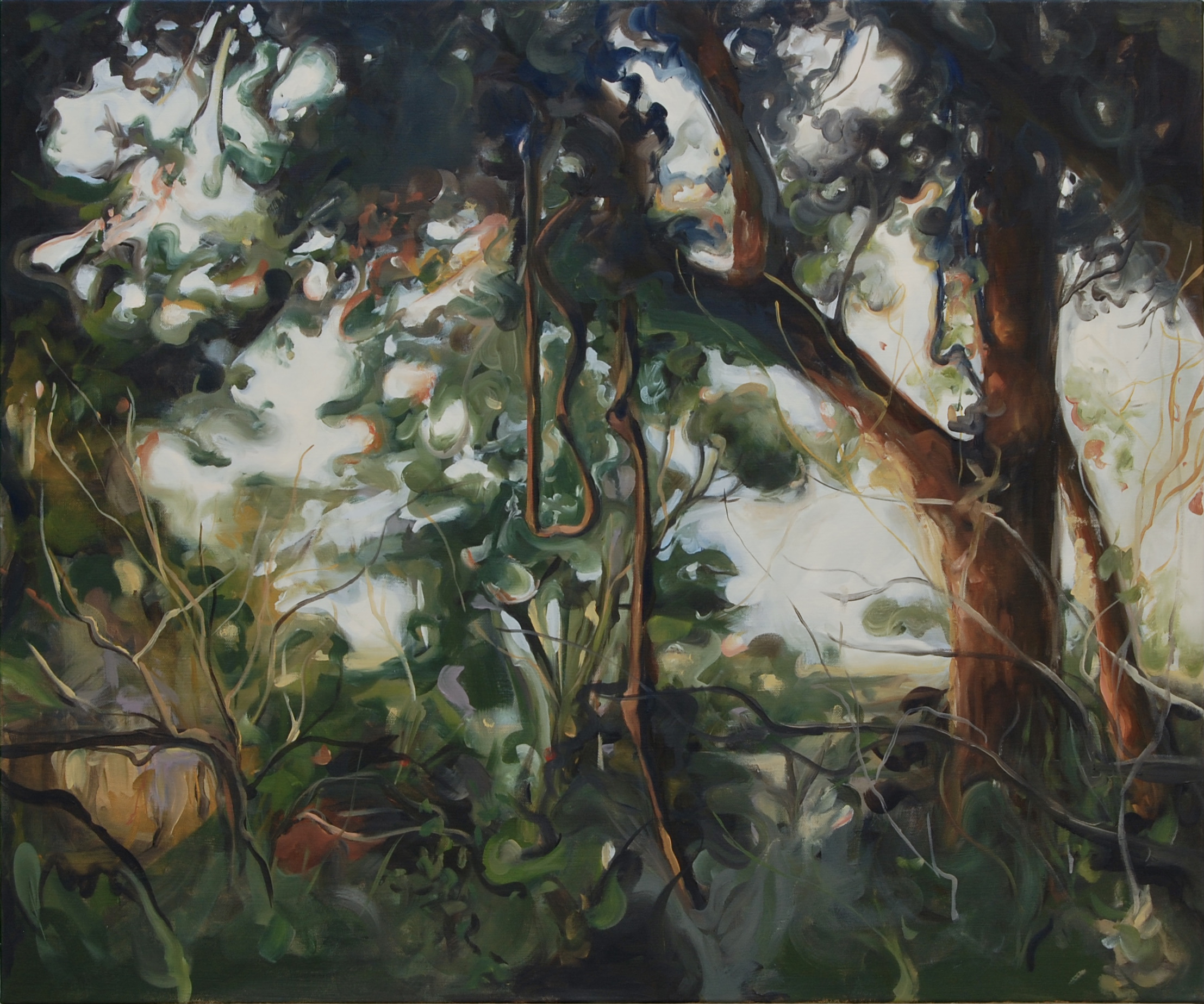
Kirsten Stapel - Dealing with negative feelings - oil paint on wood panel
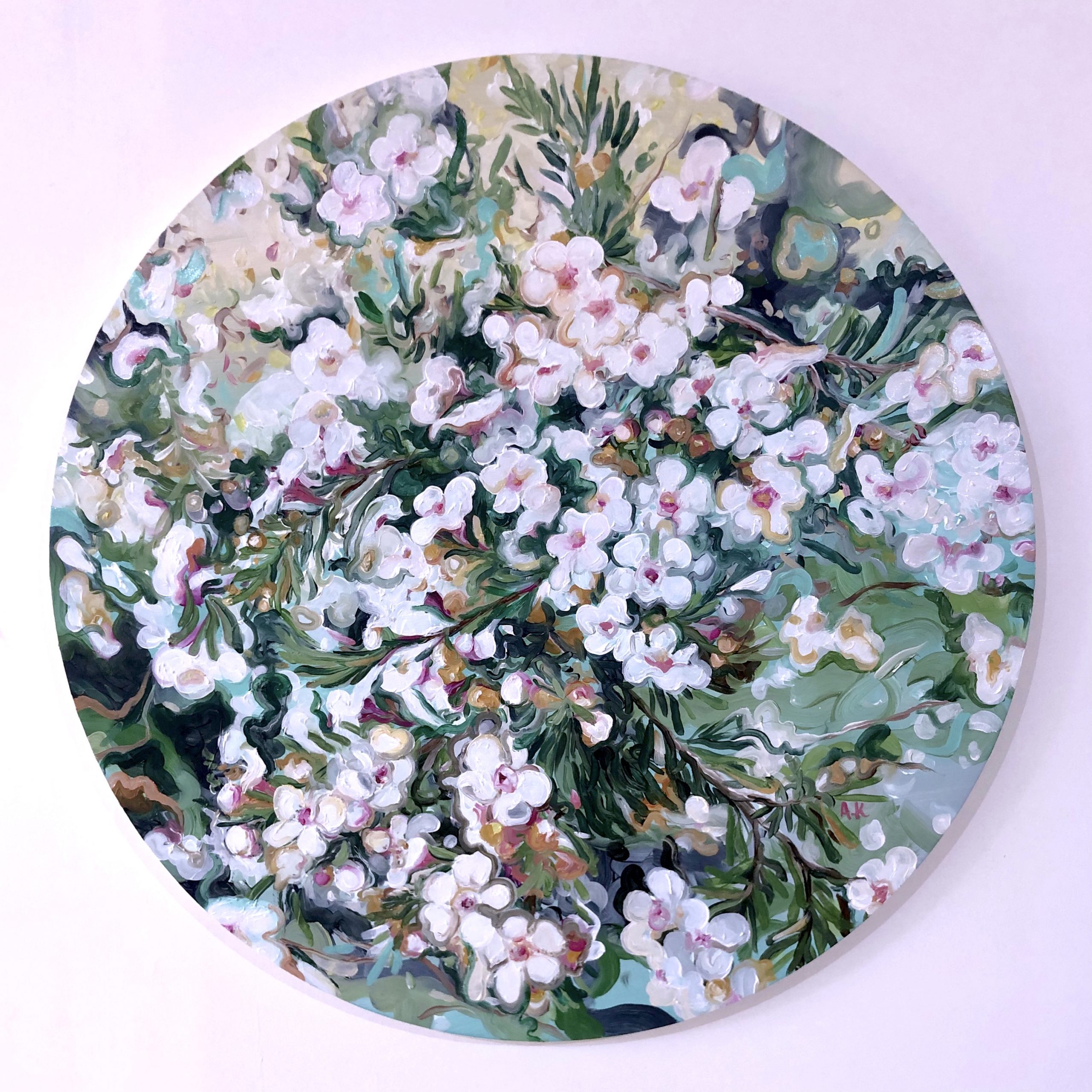
Kirsten Stapel - Lake panic - Oil paint on canvas - 150cm x 120cm
